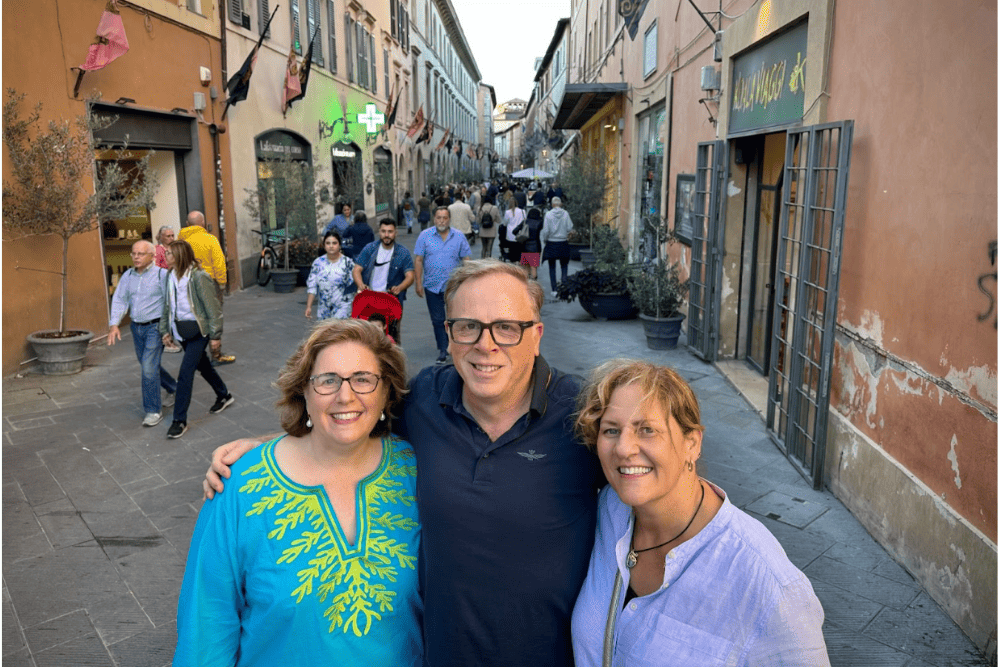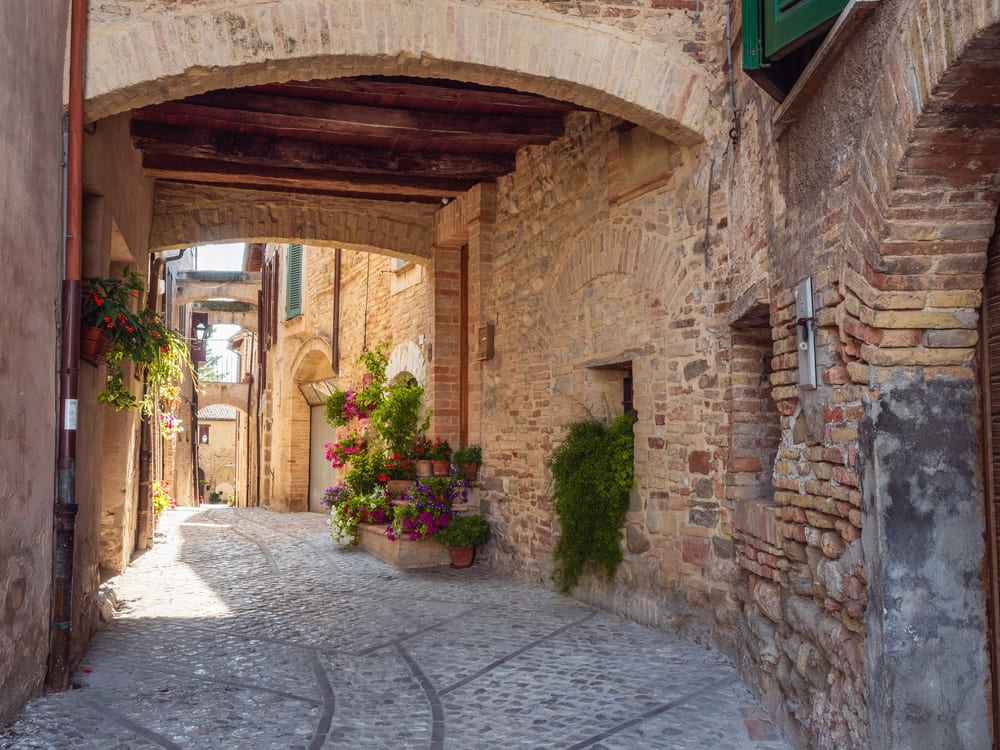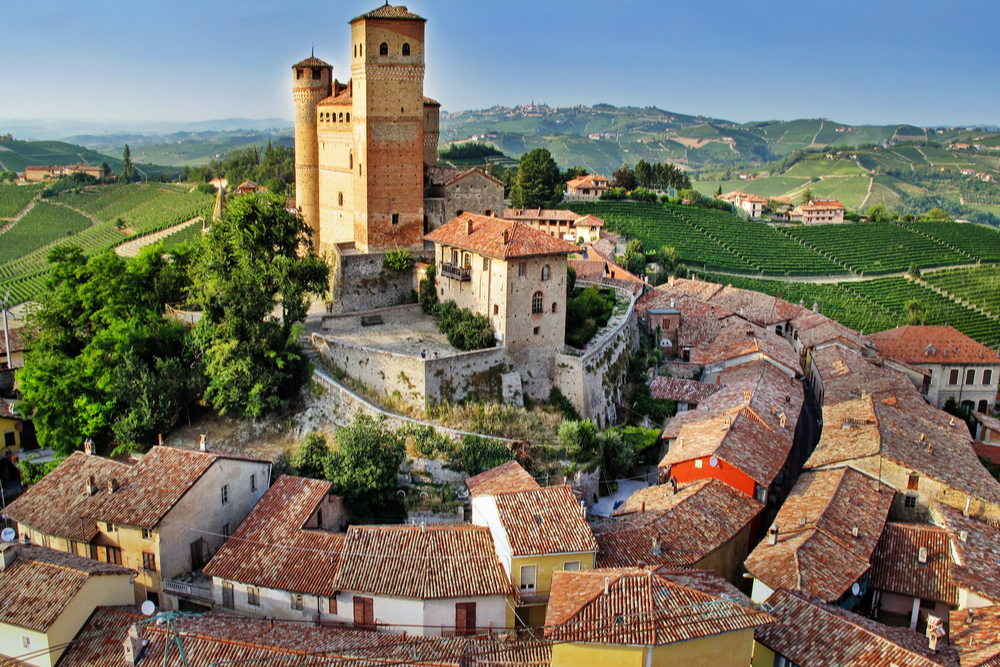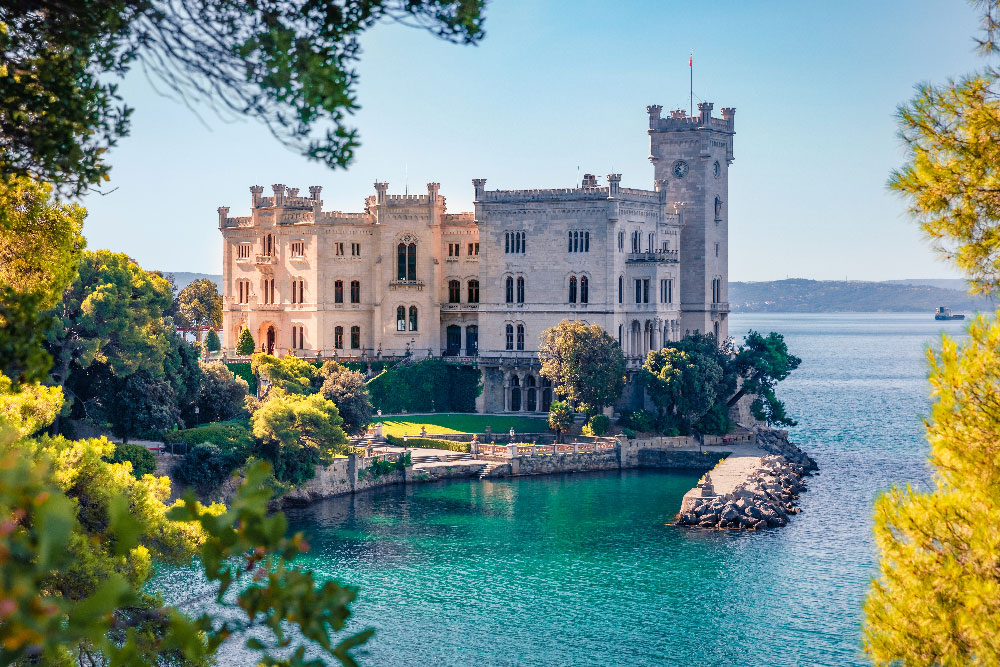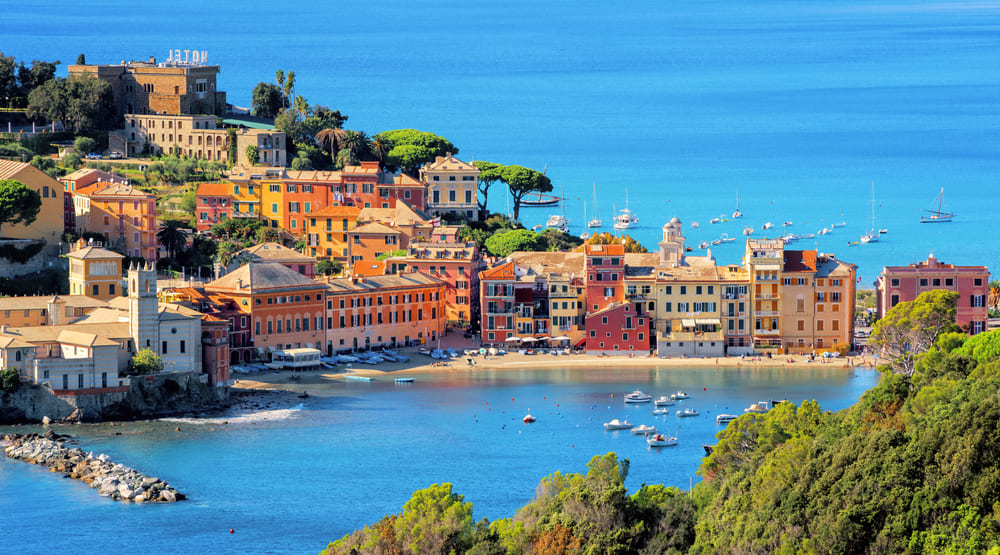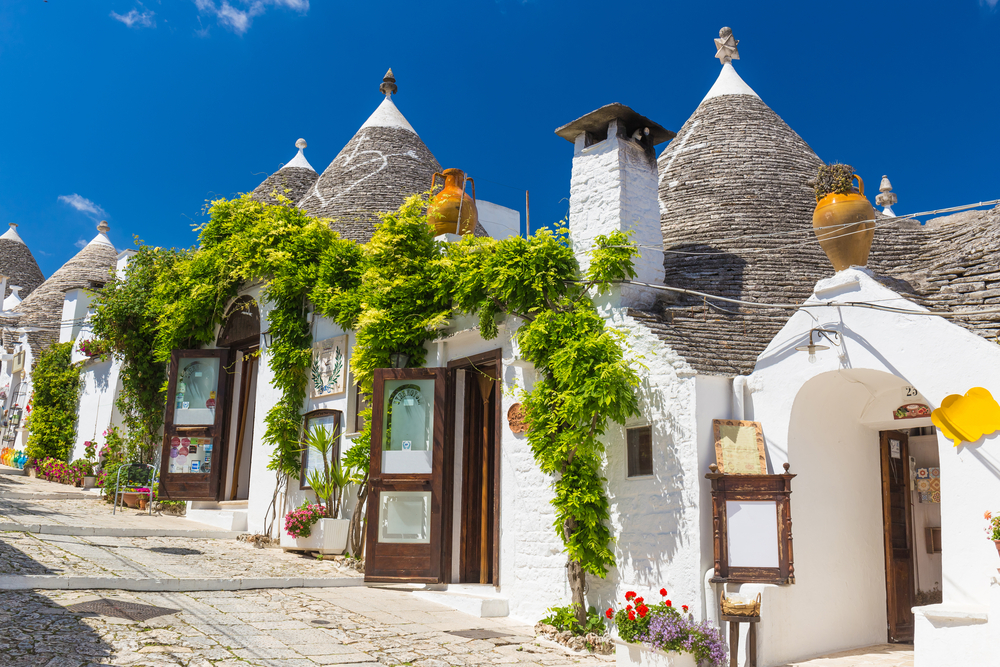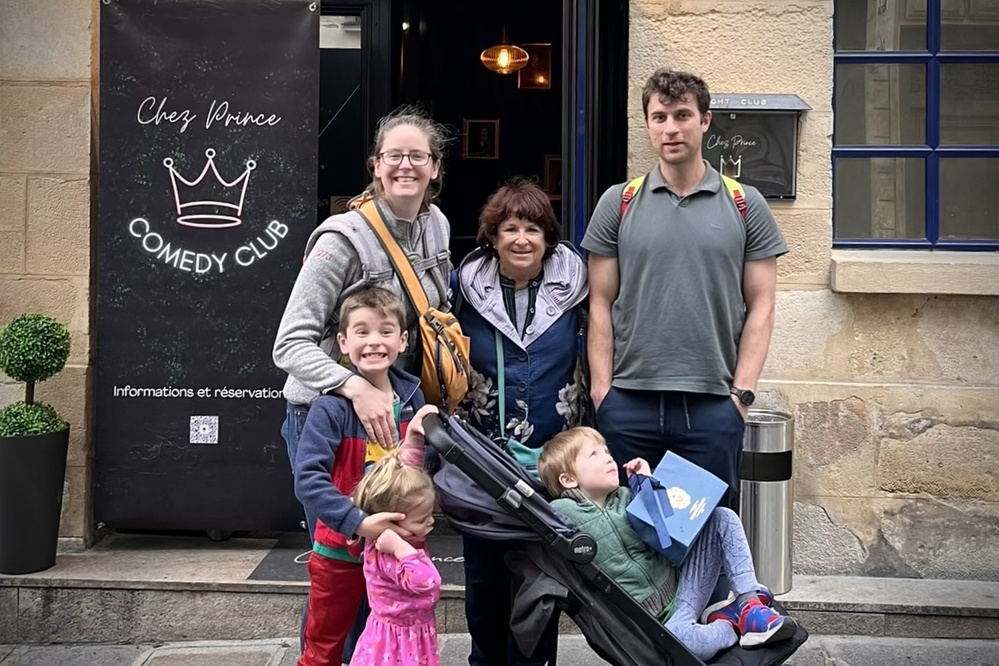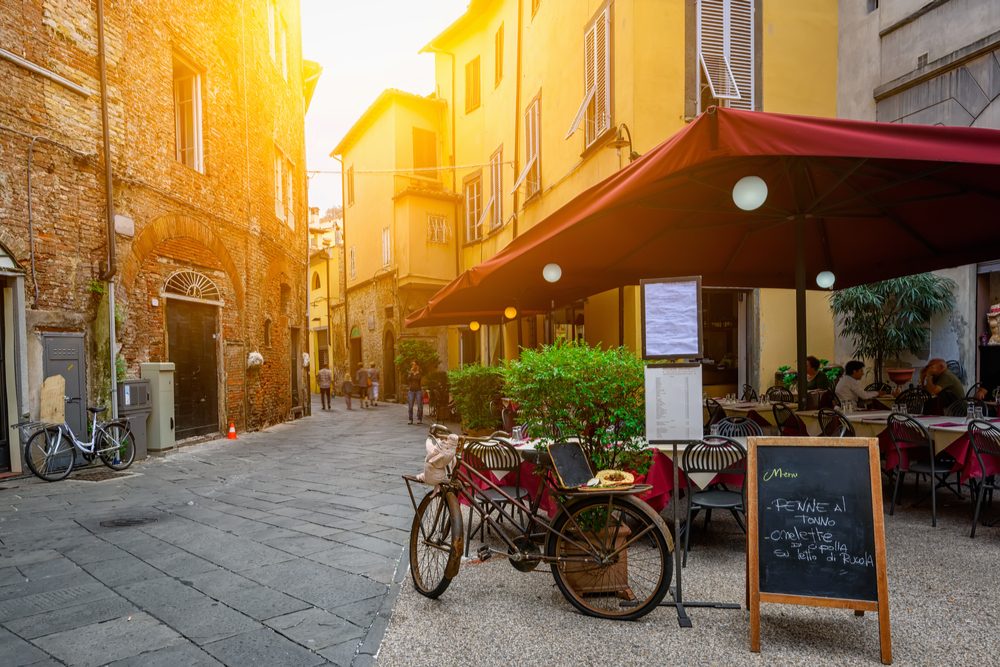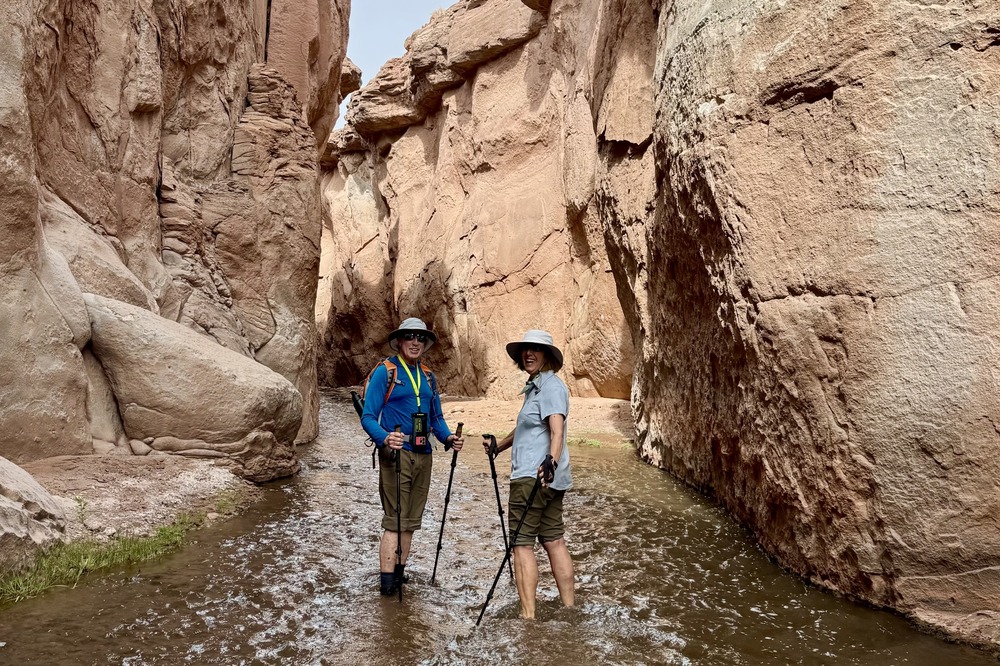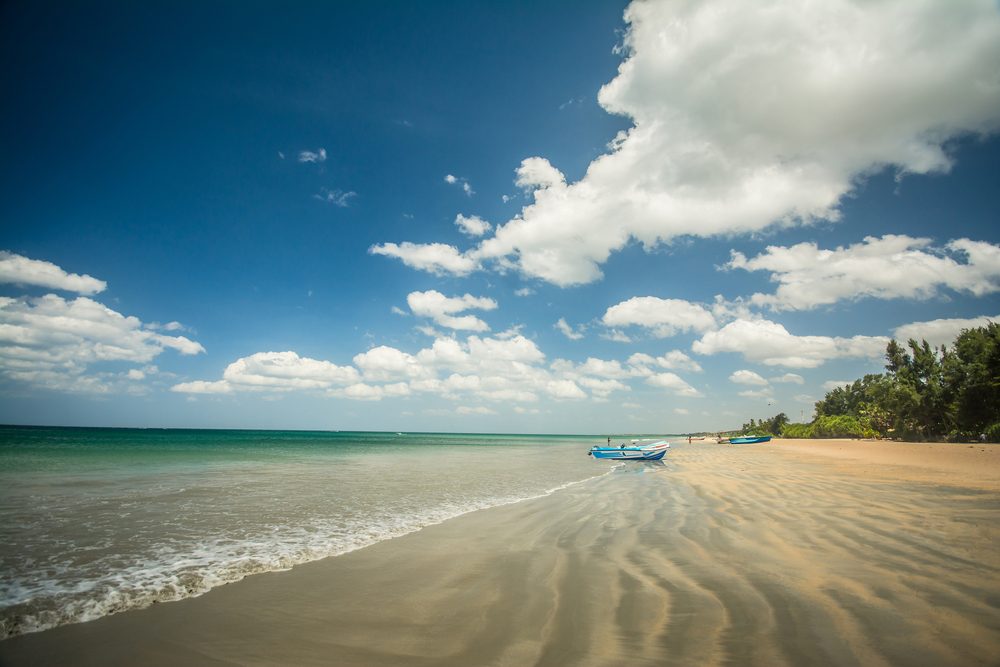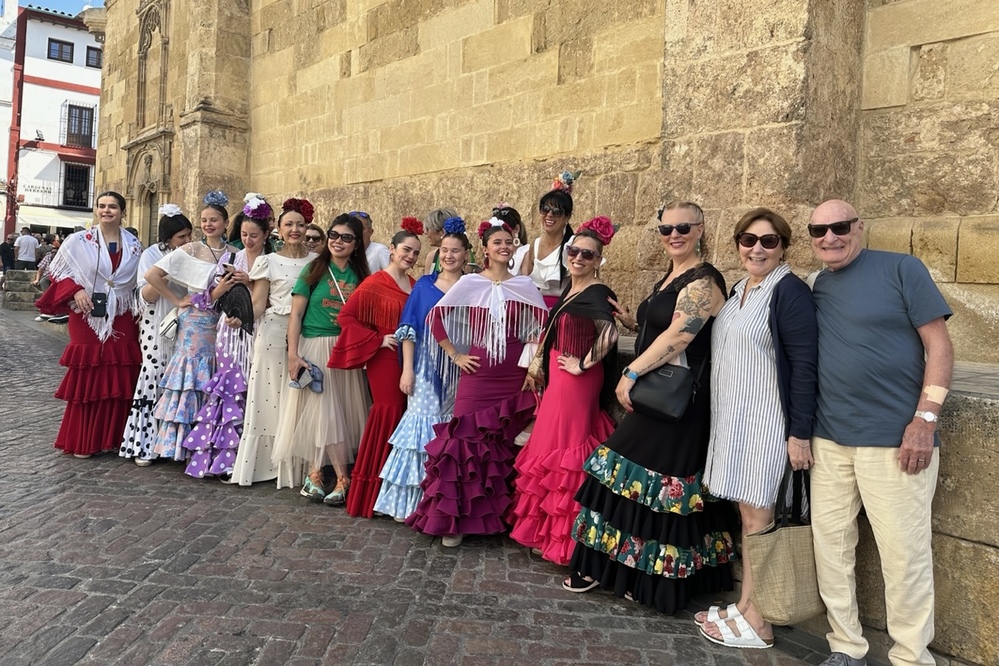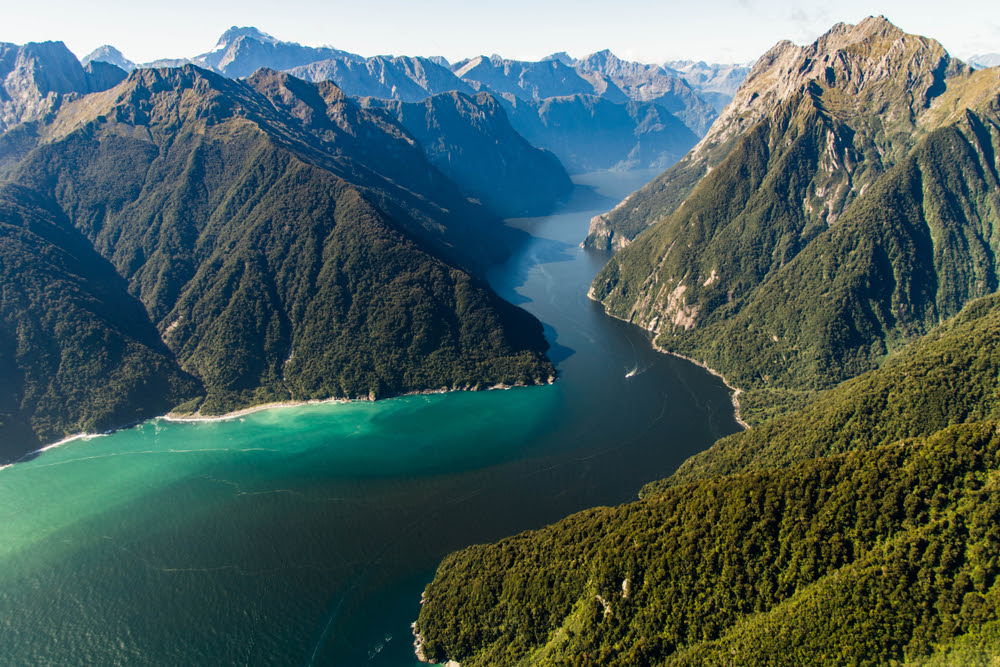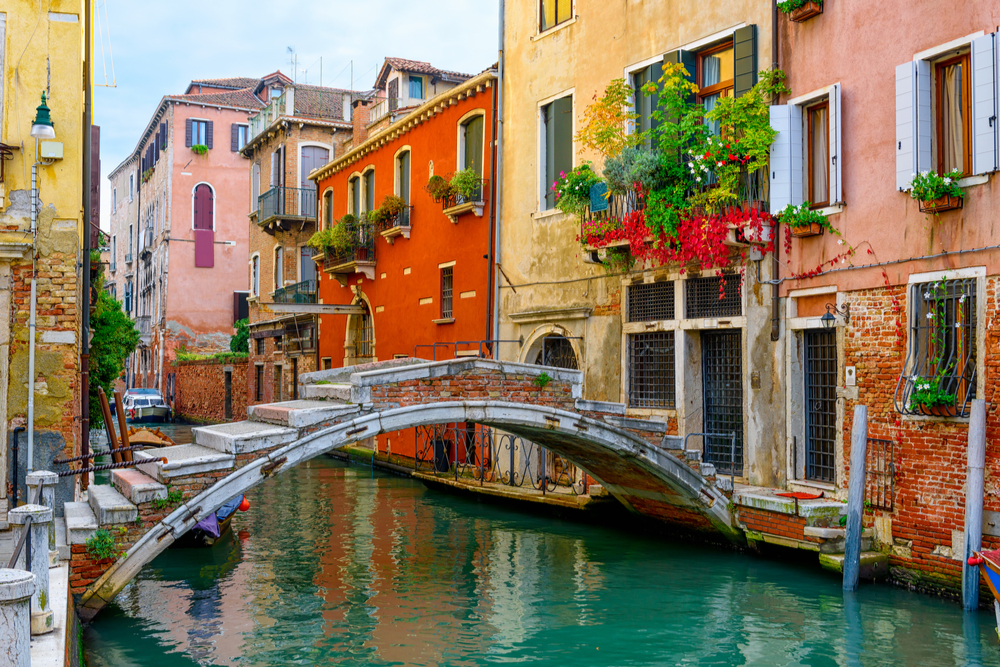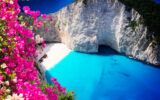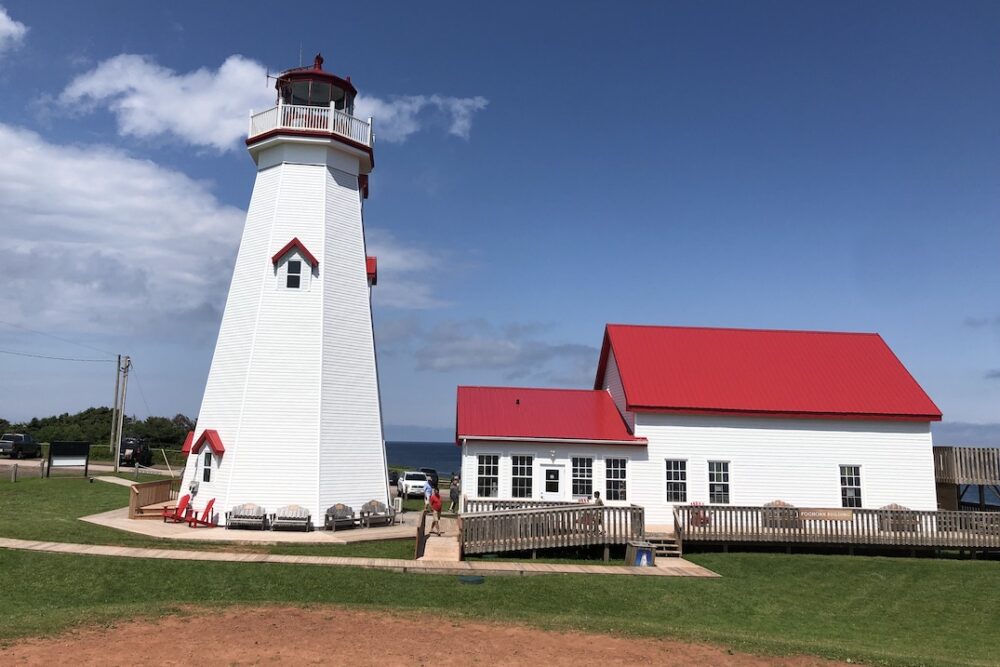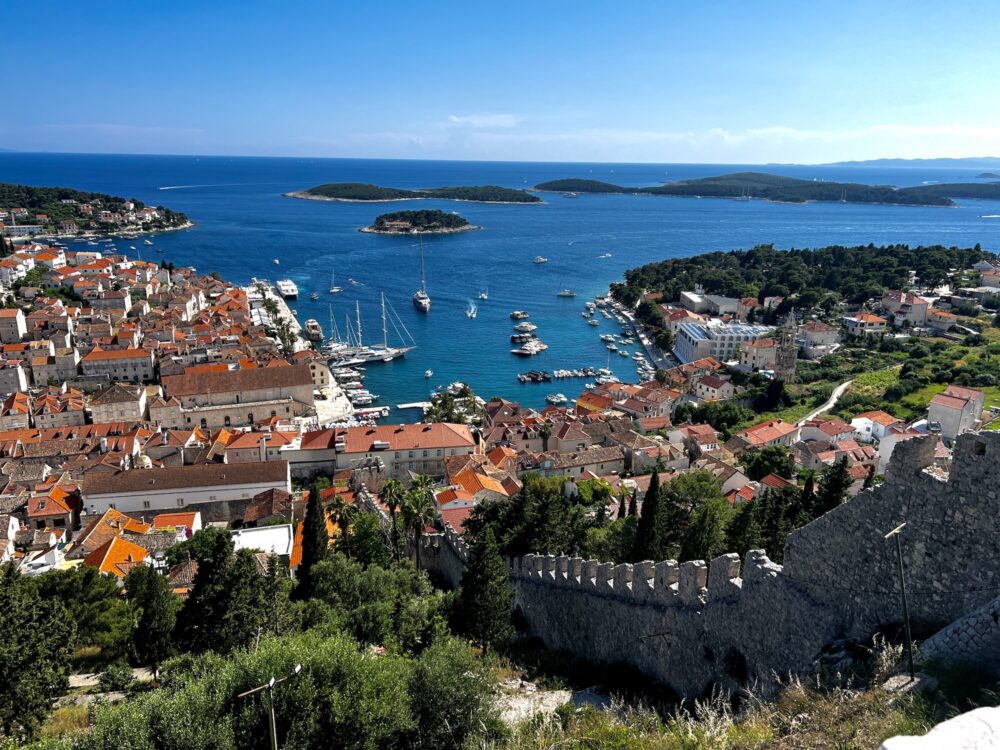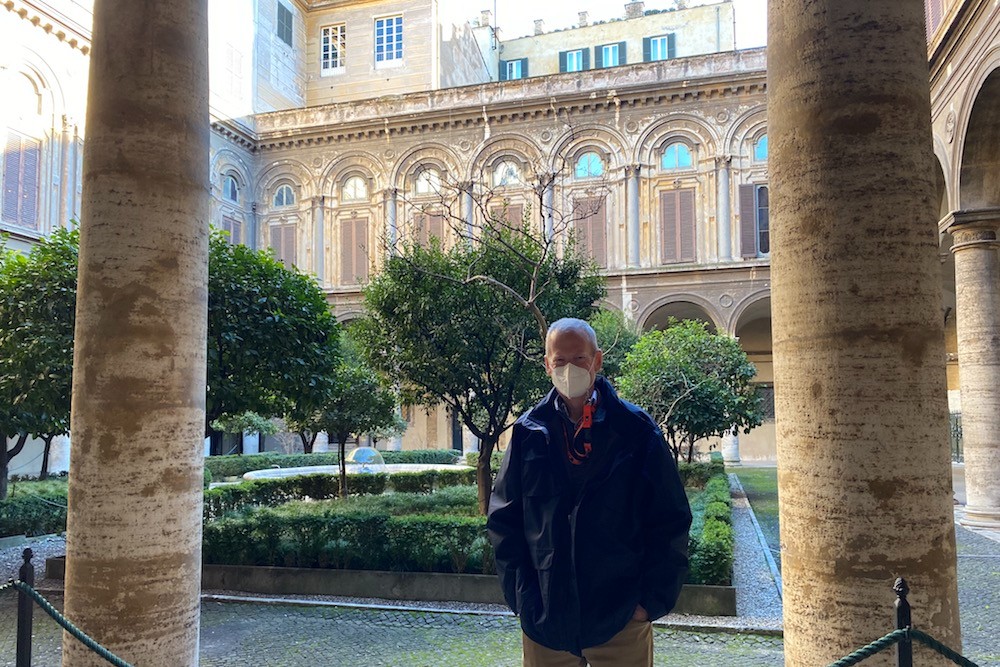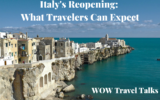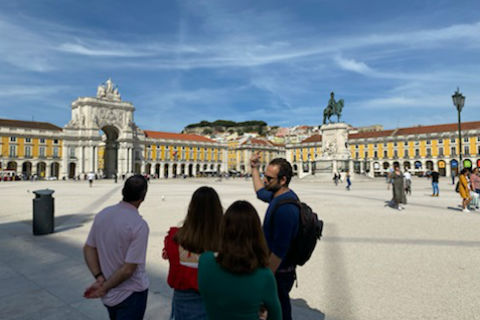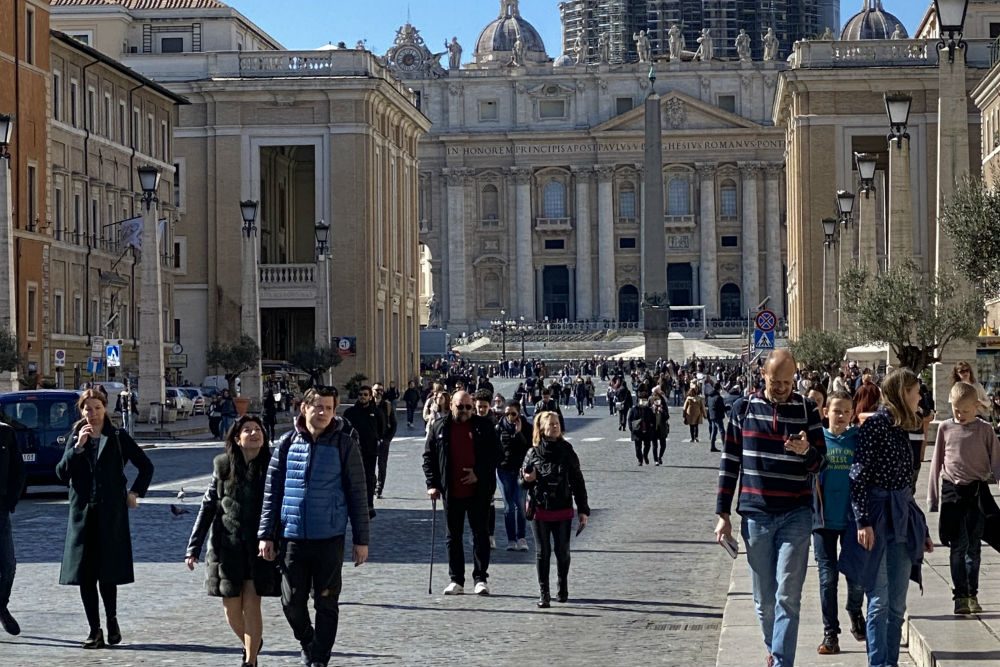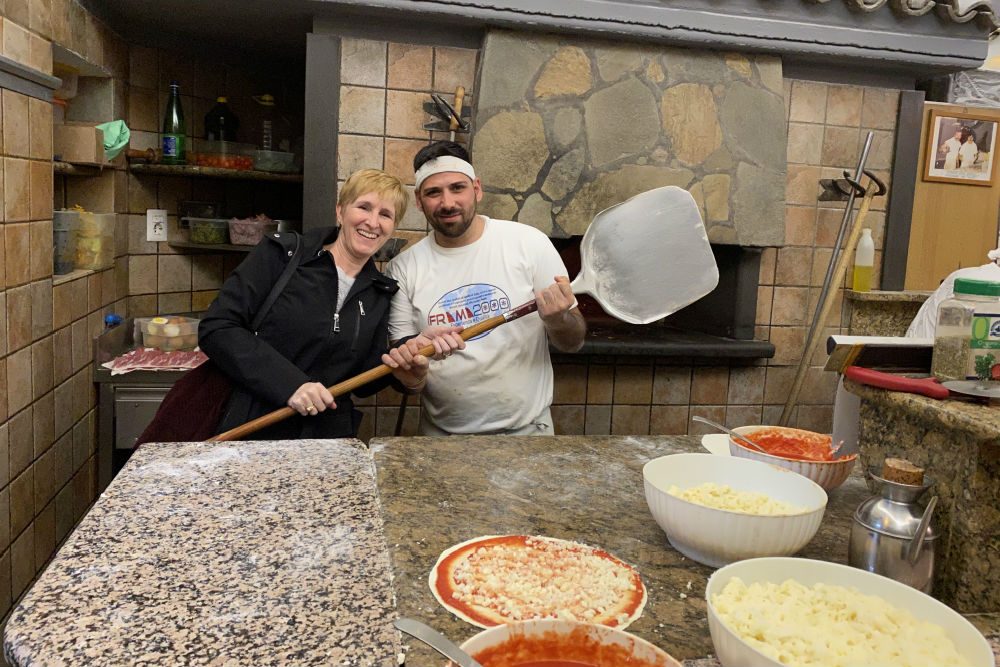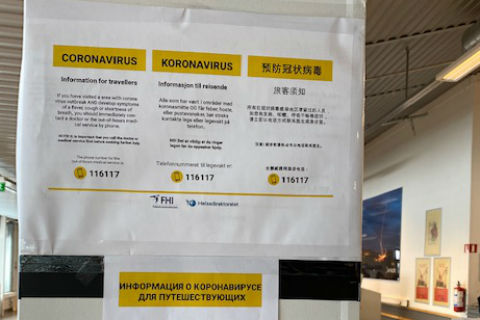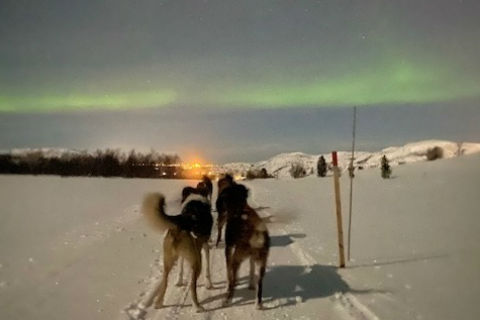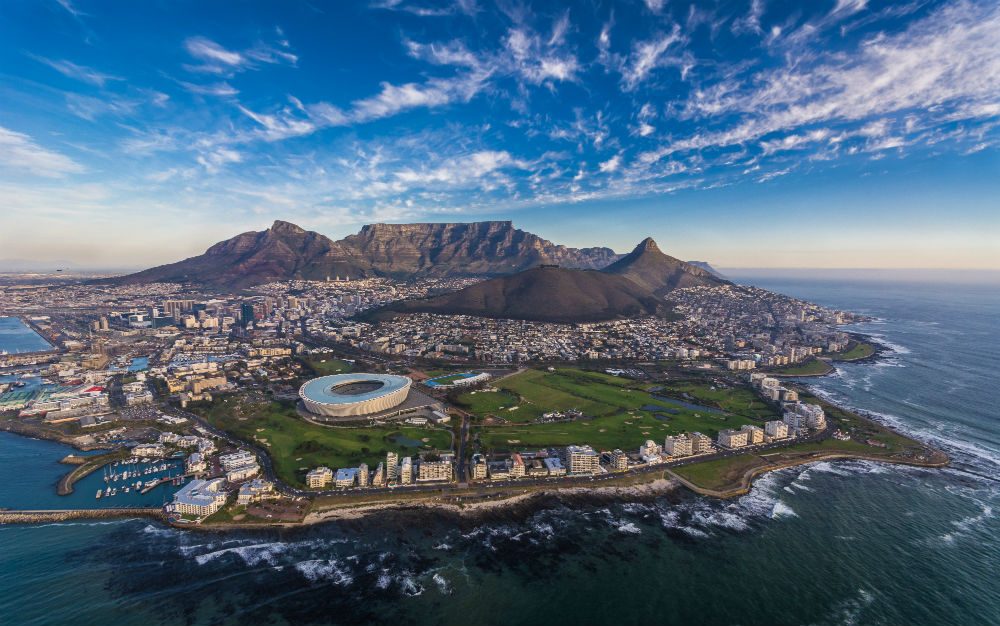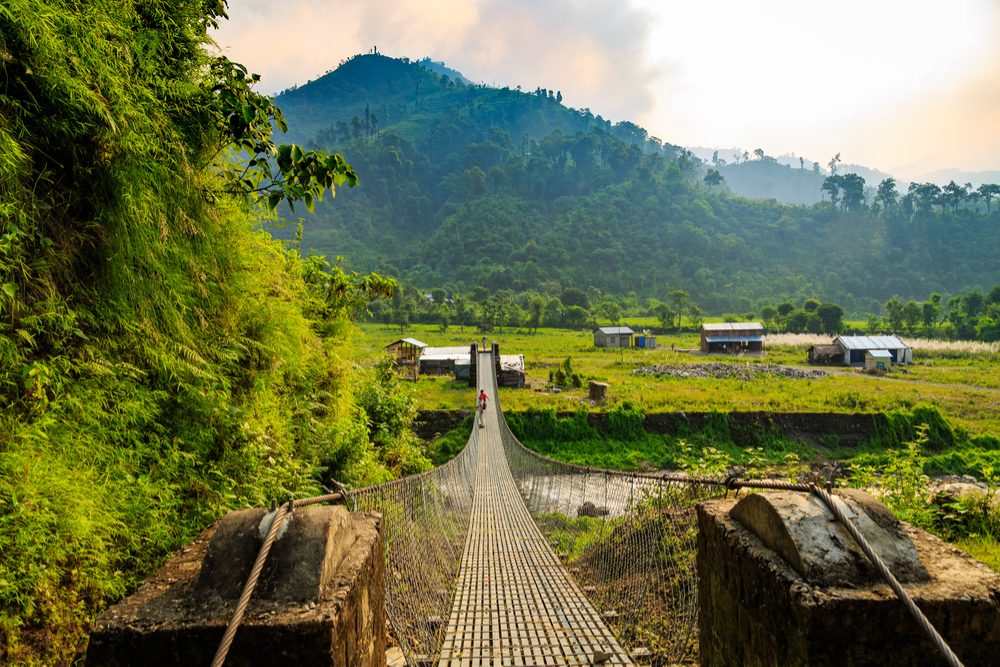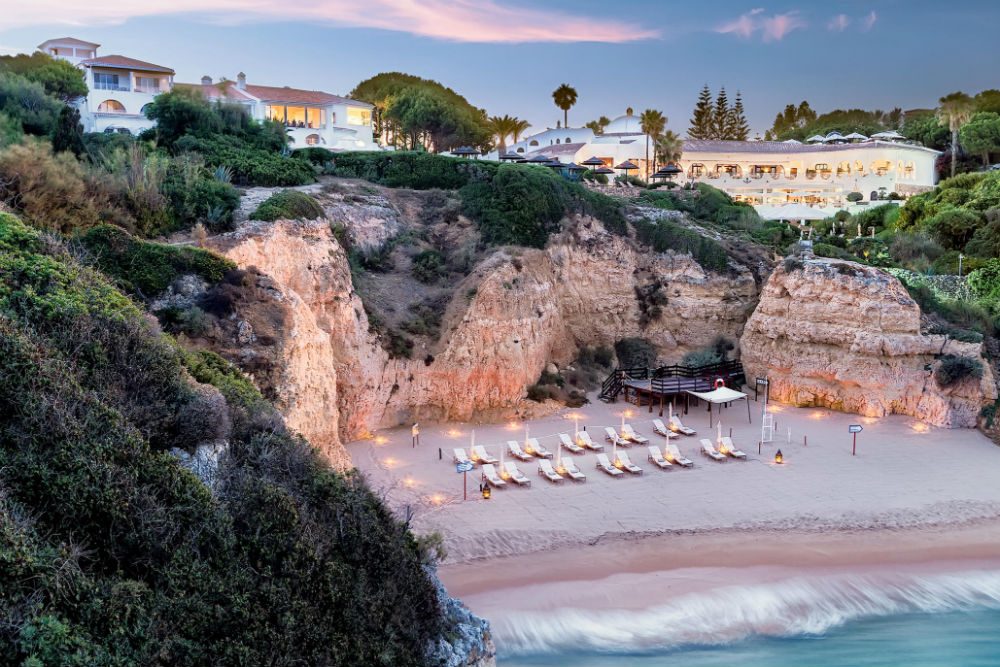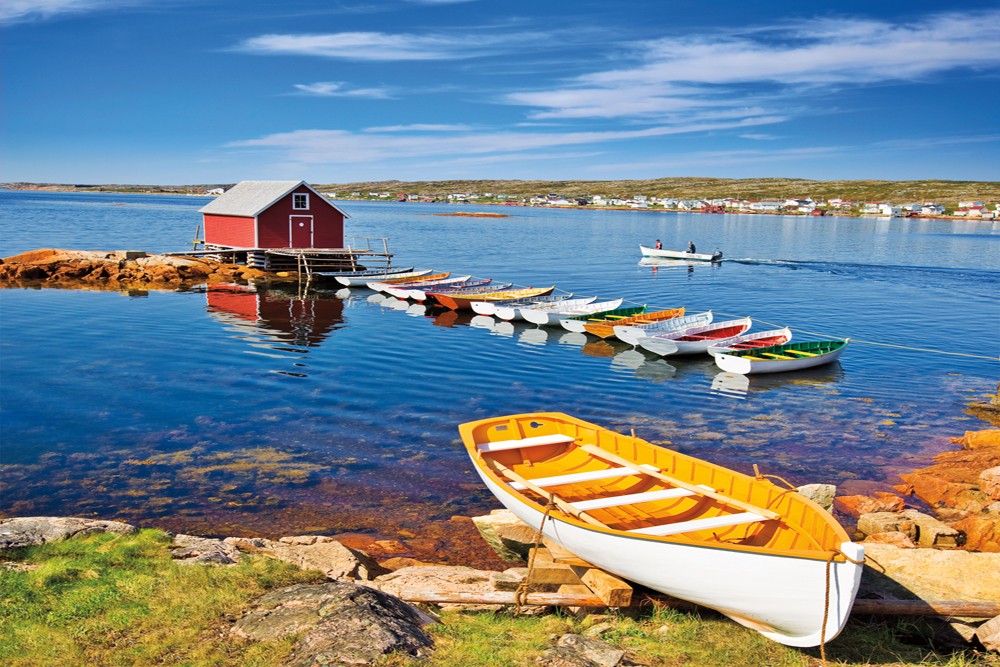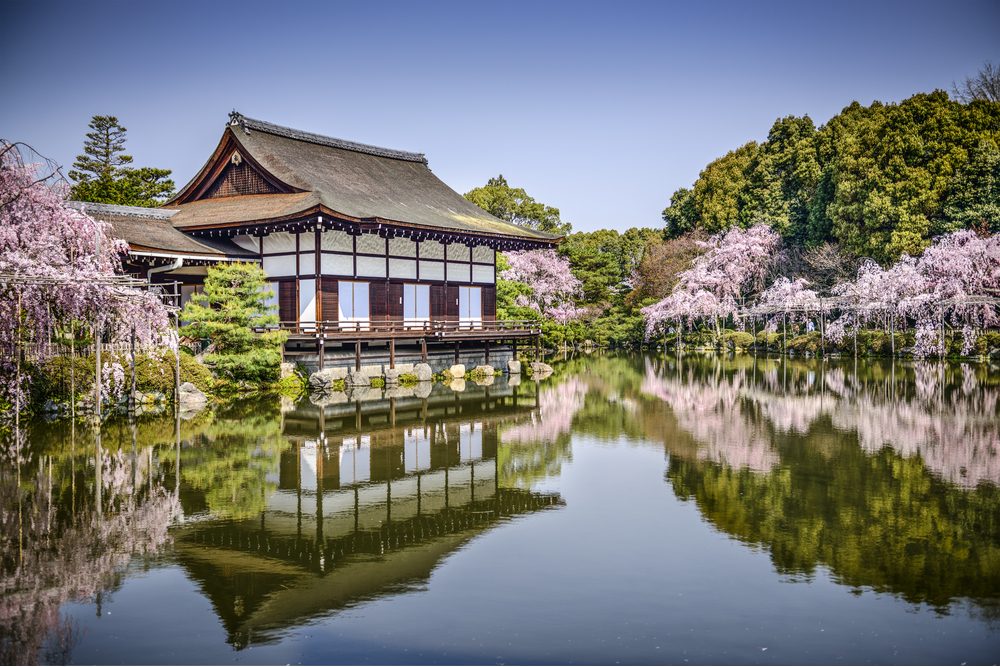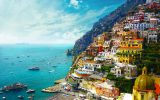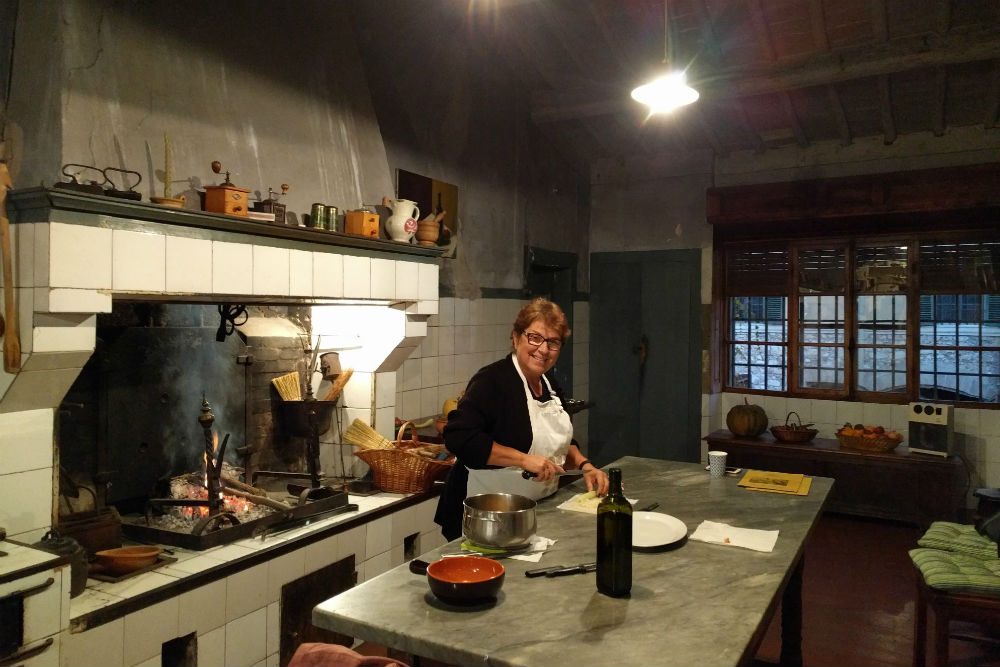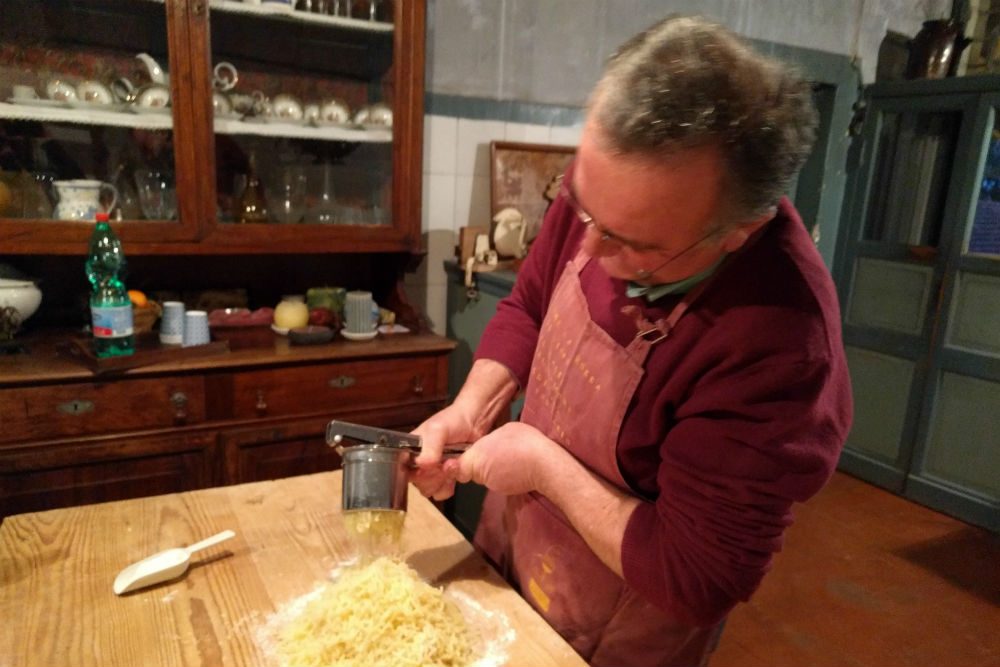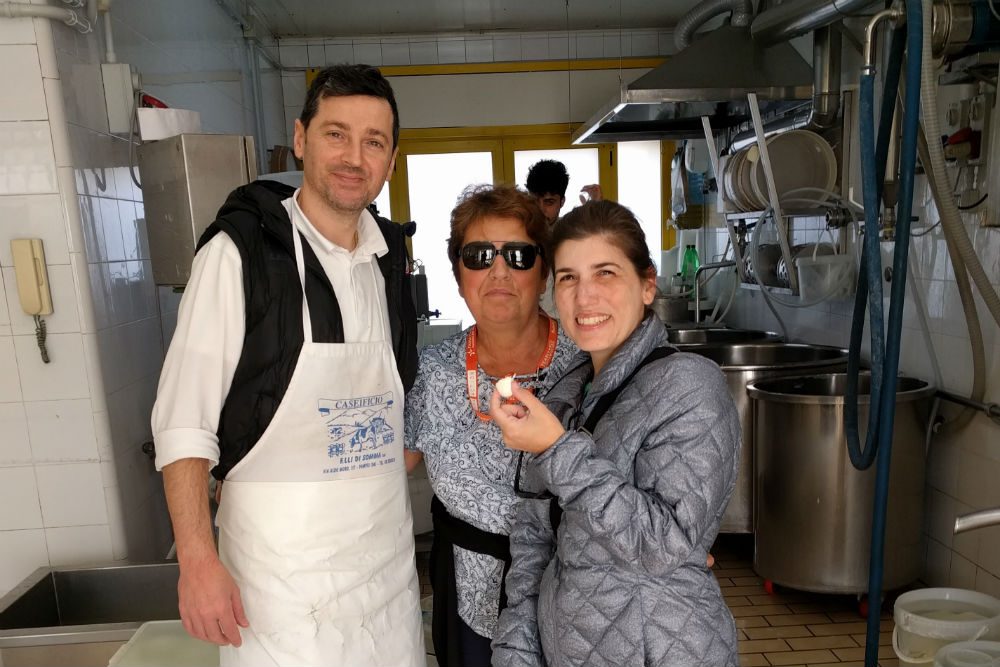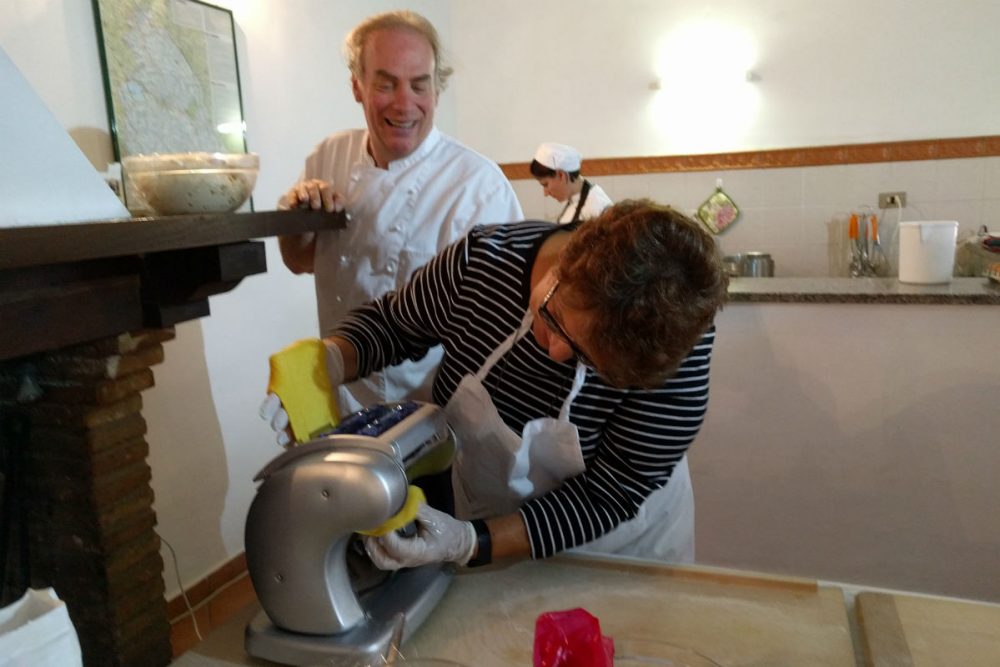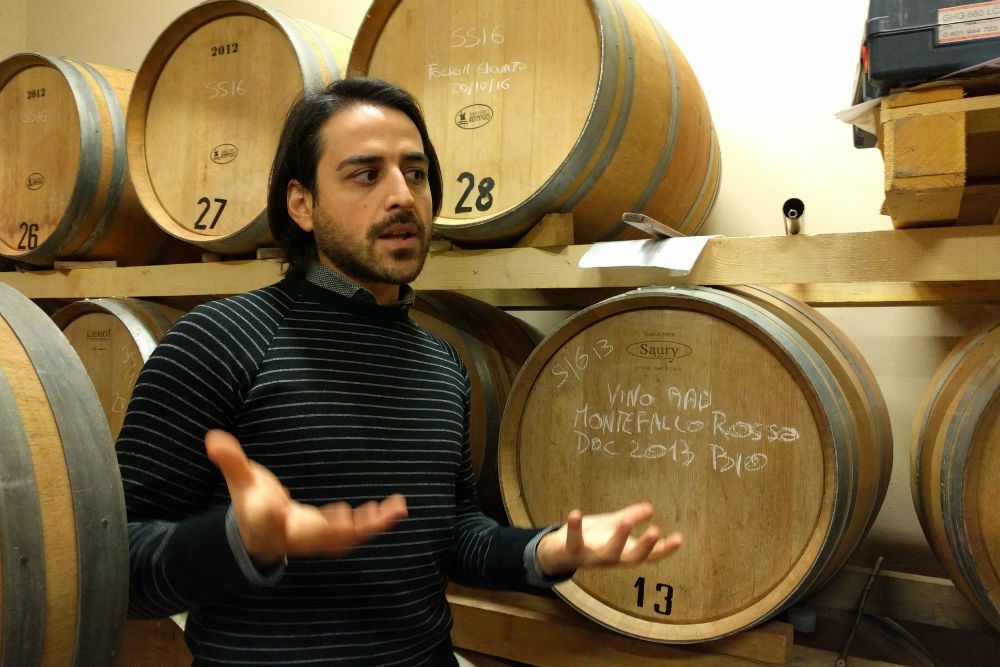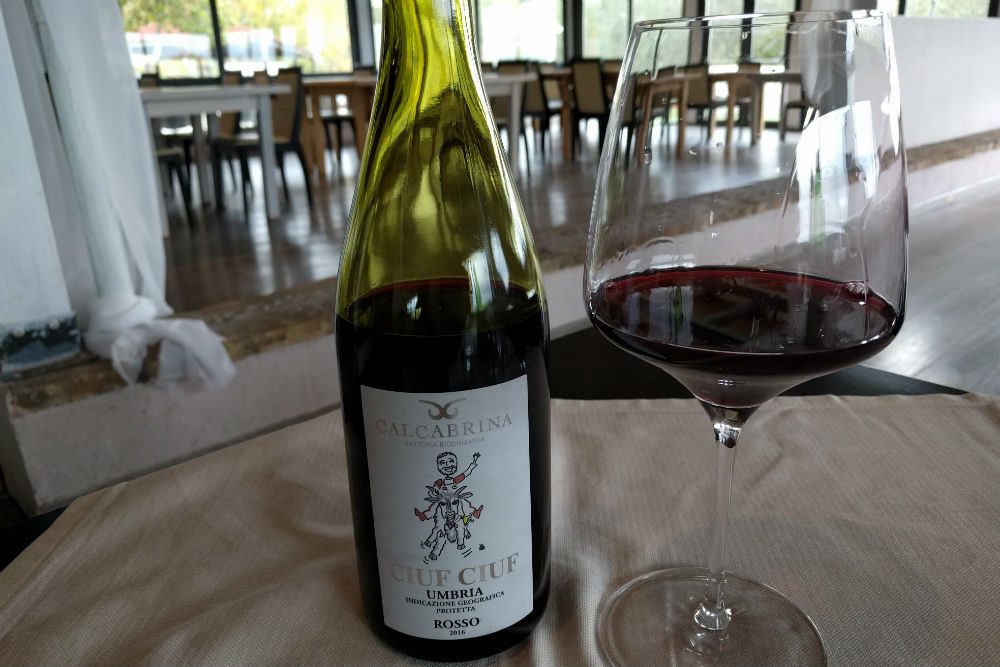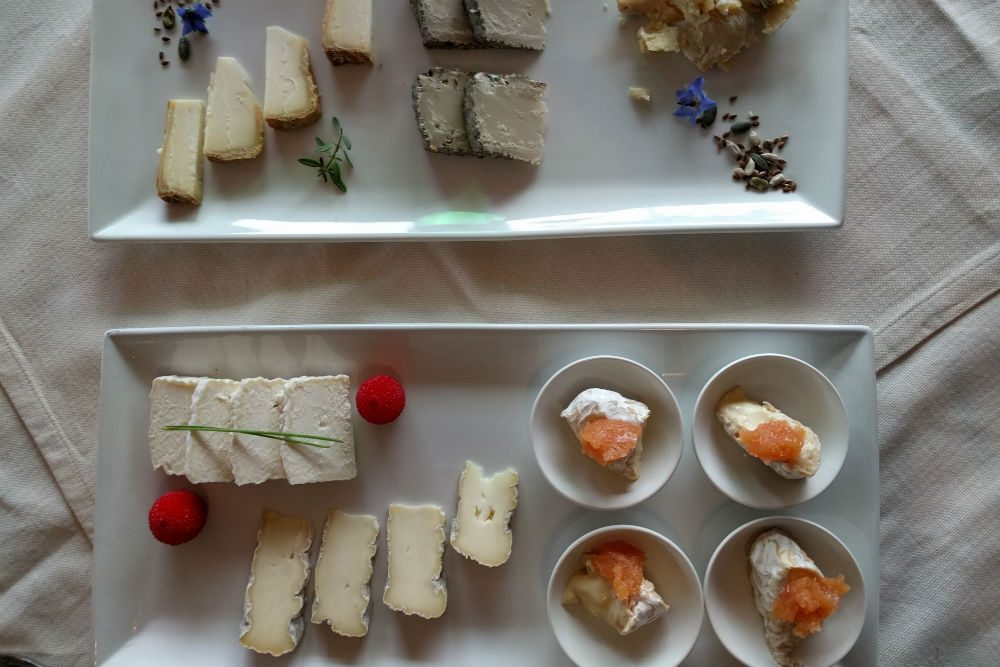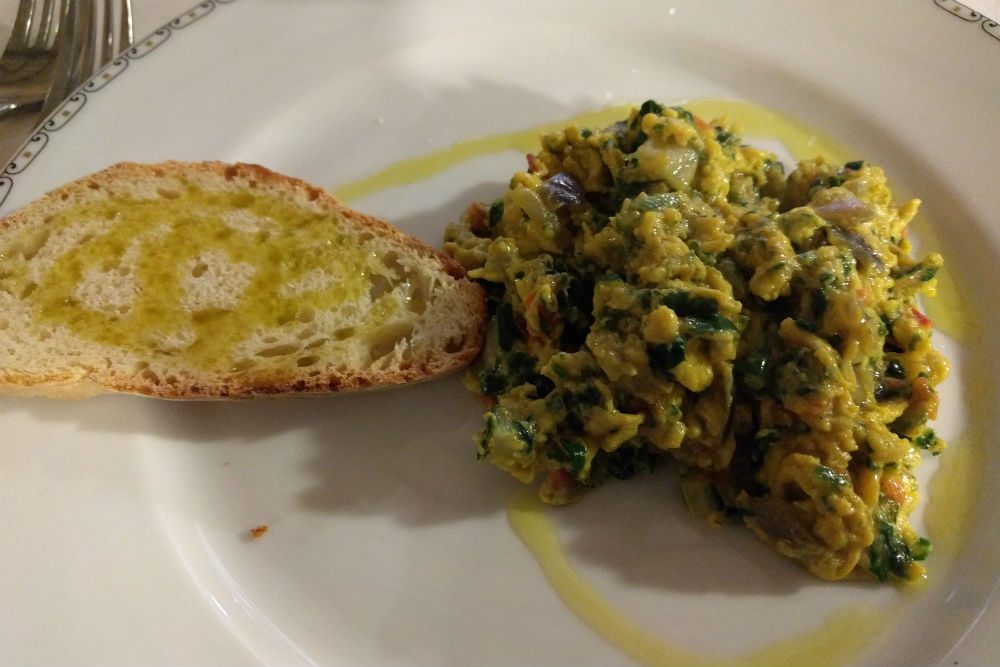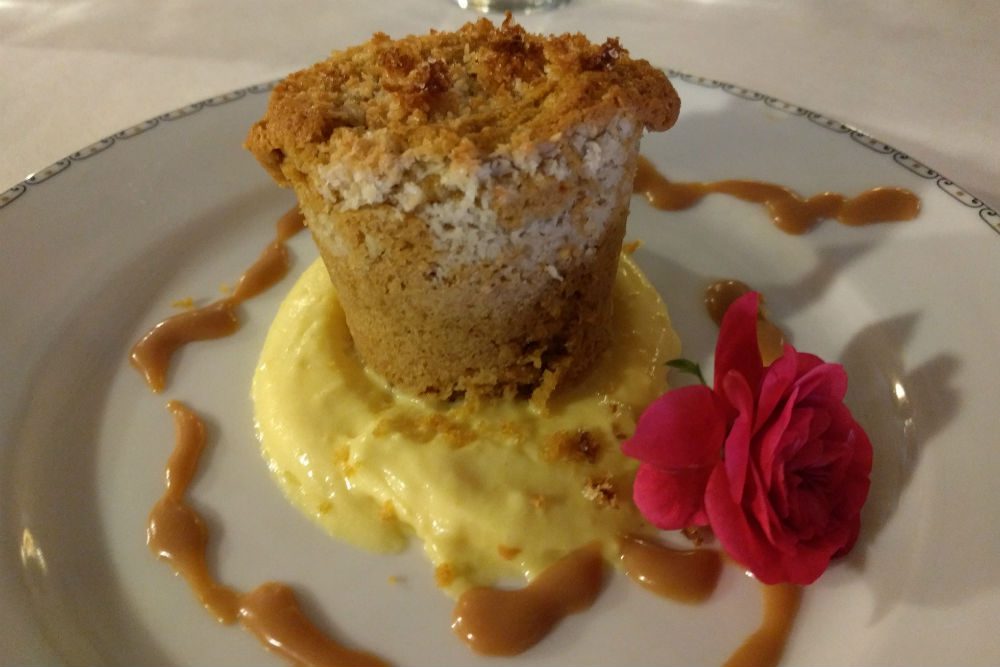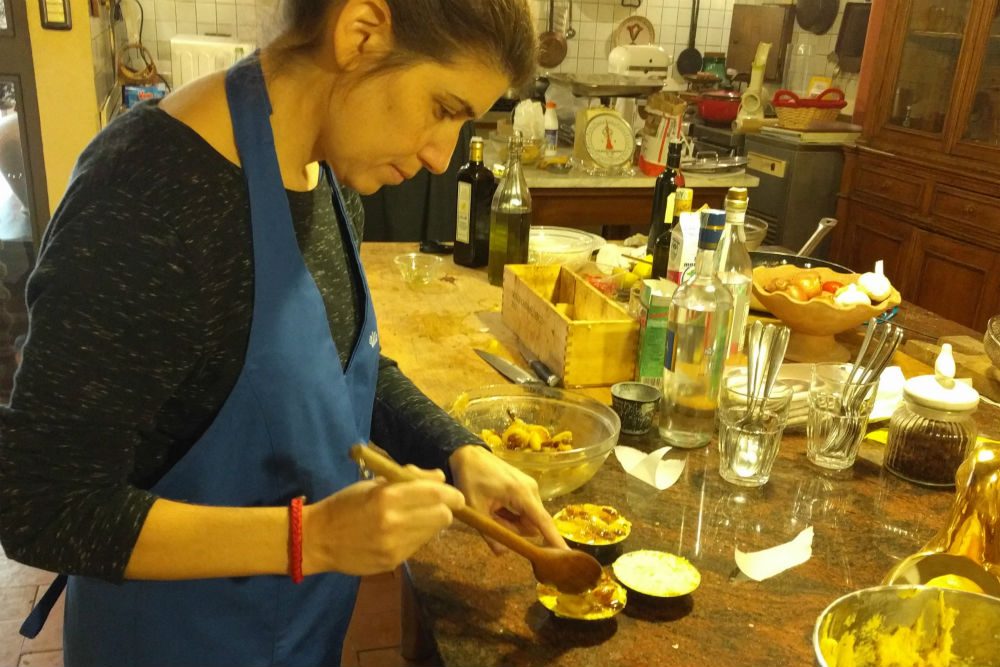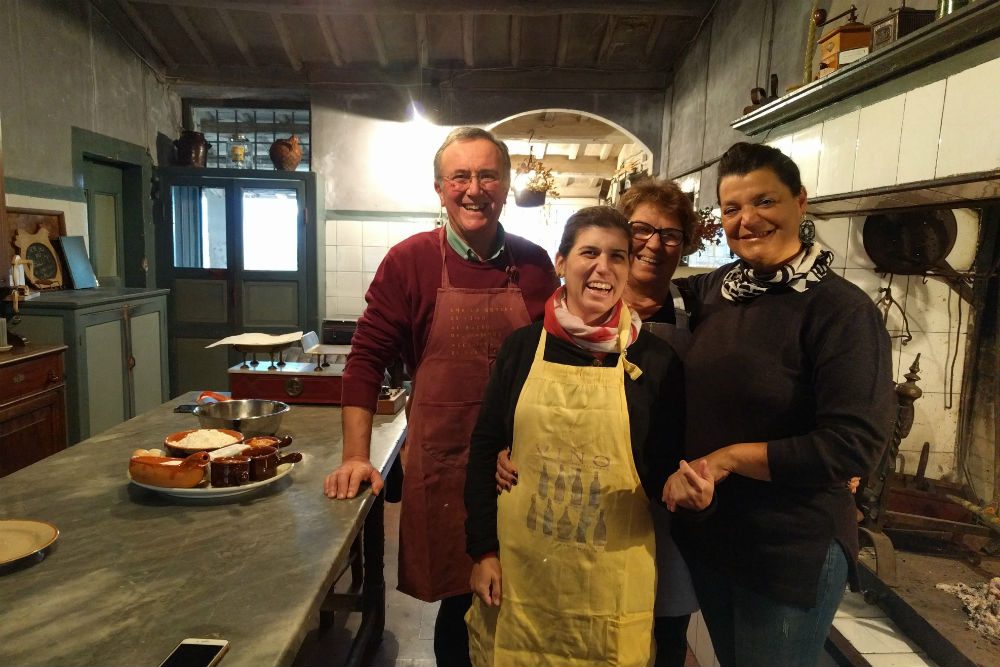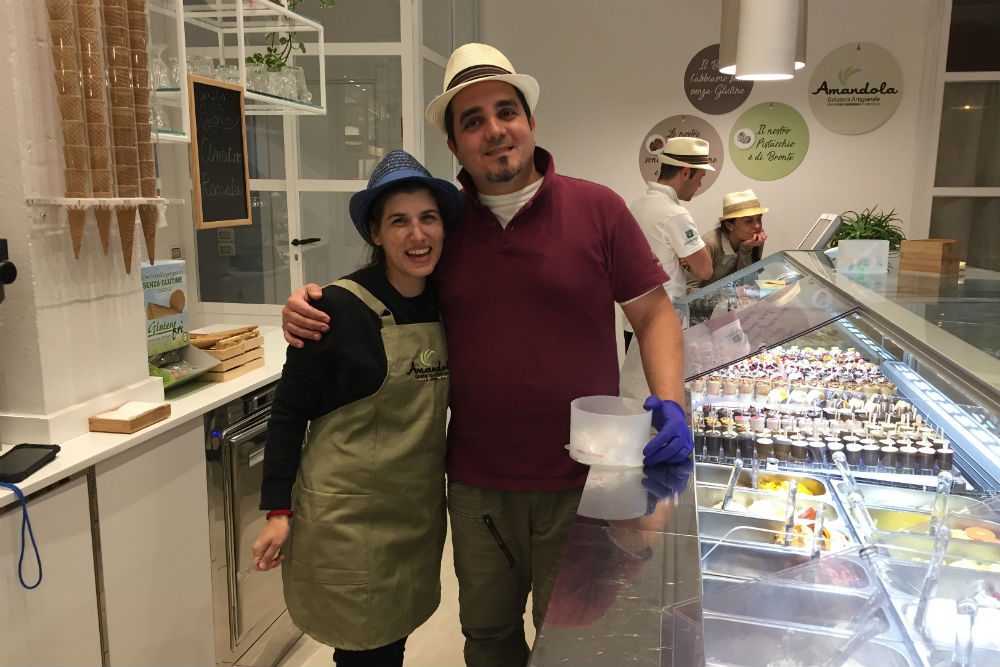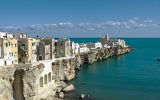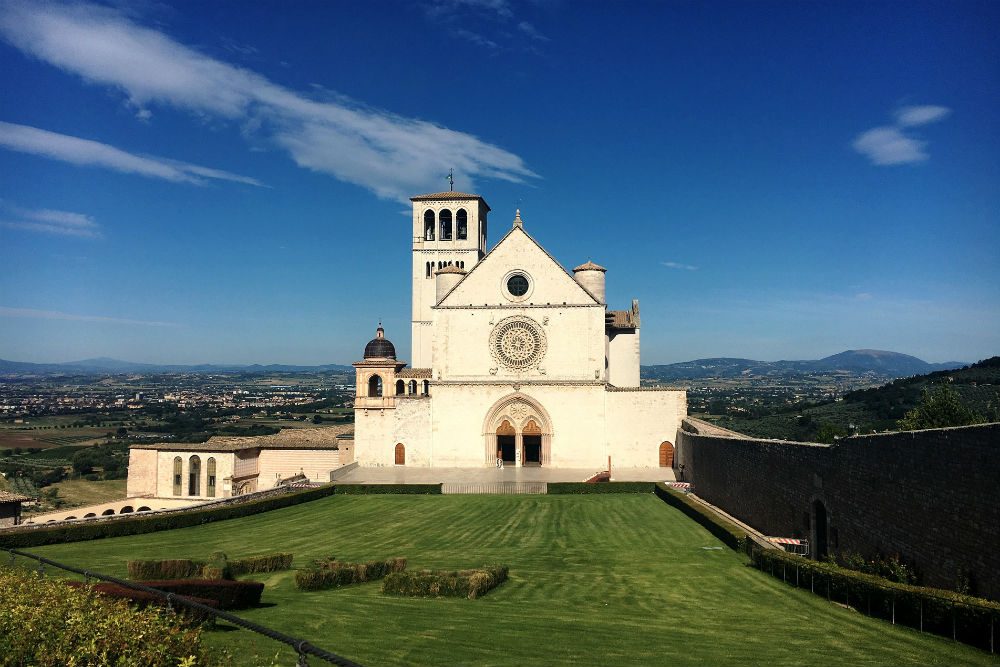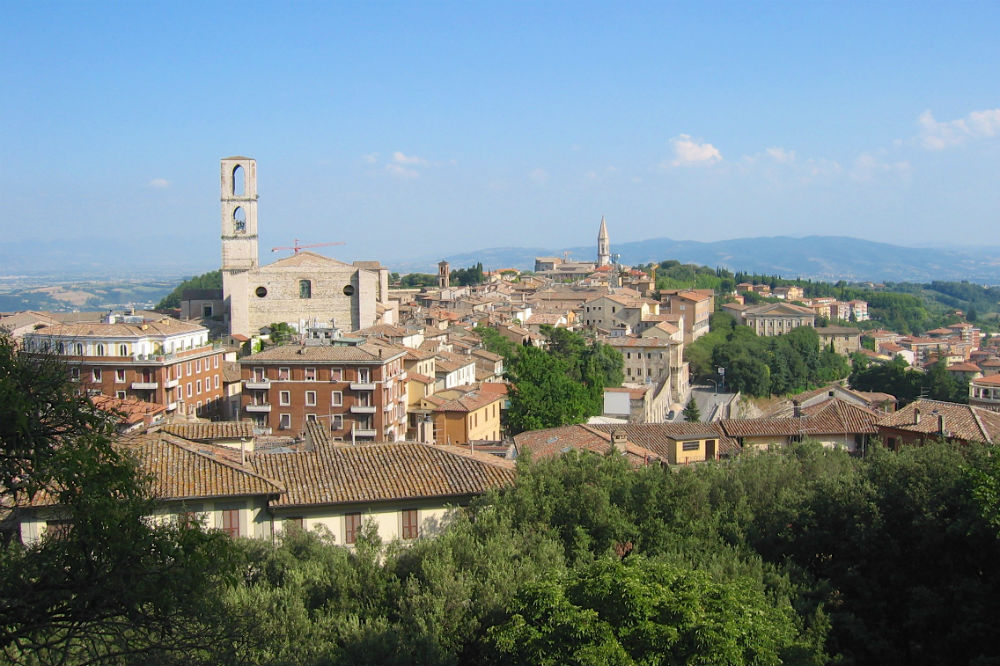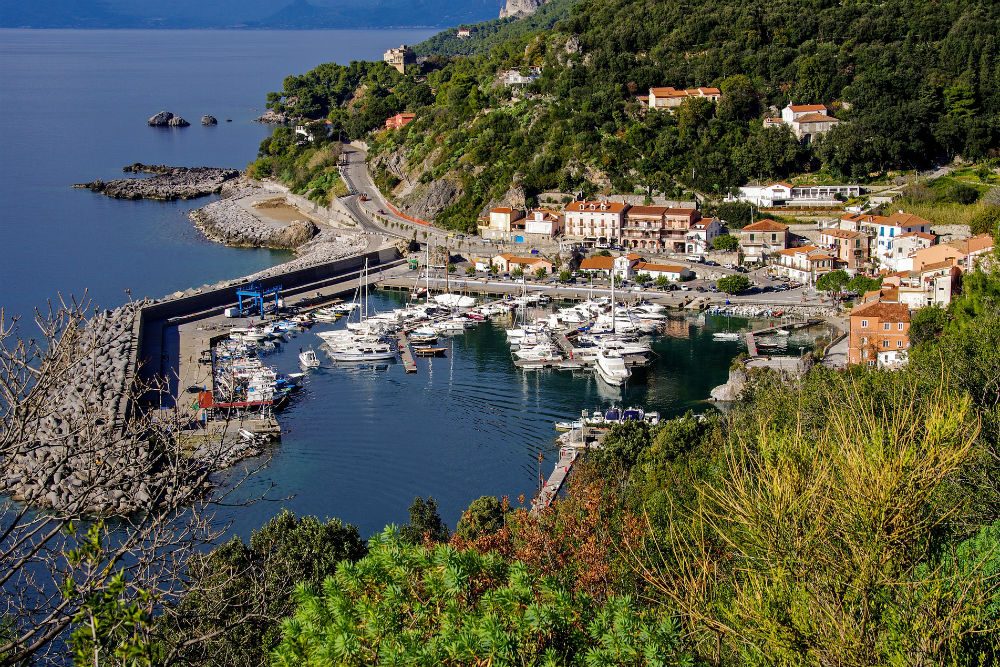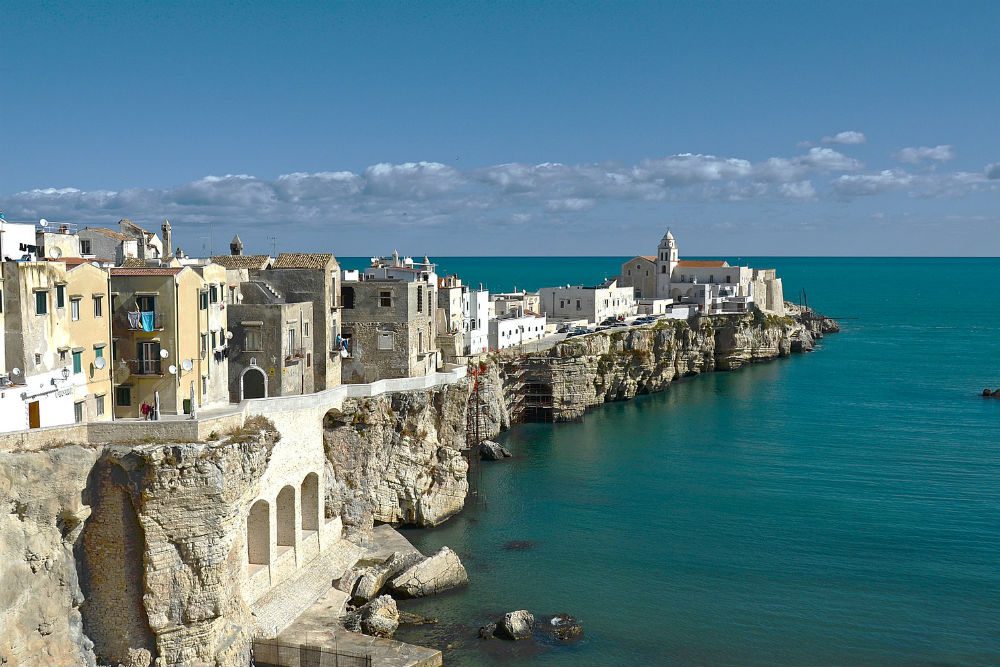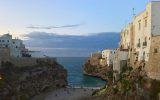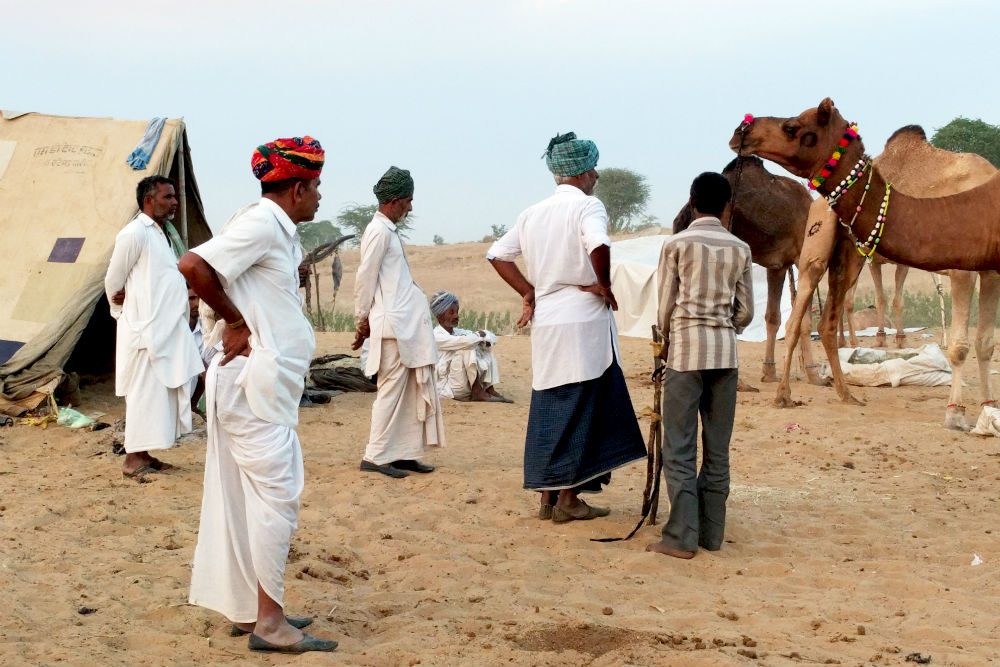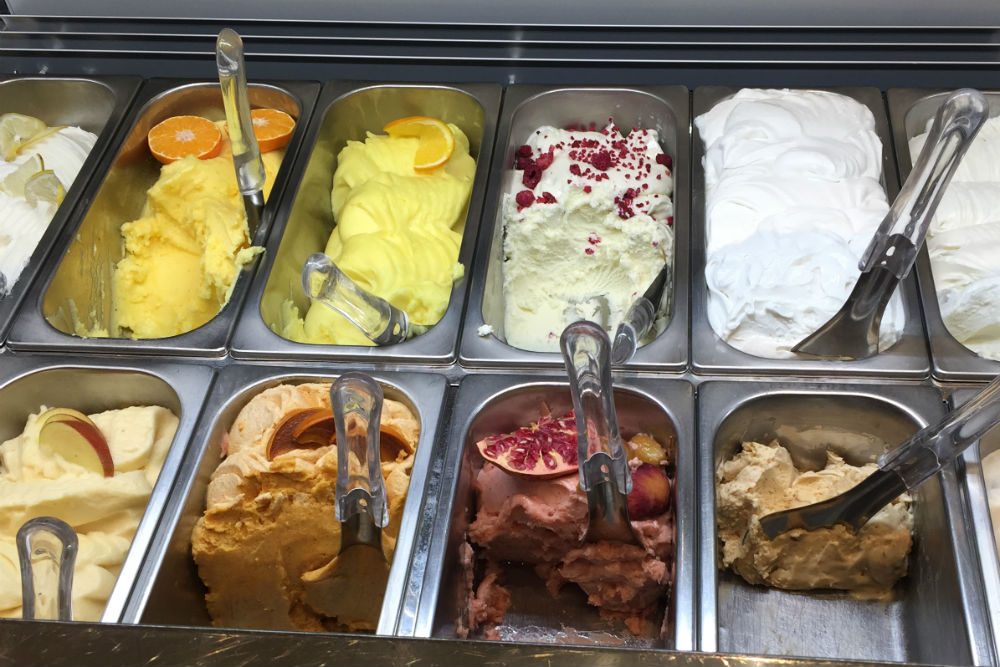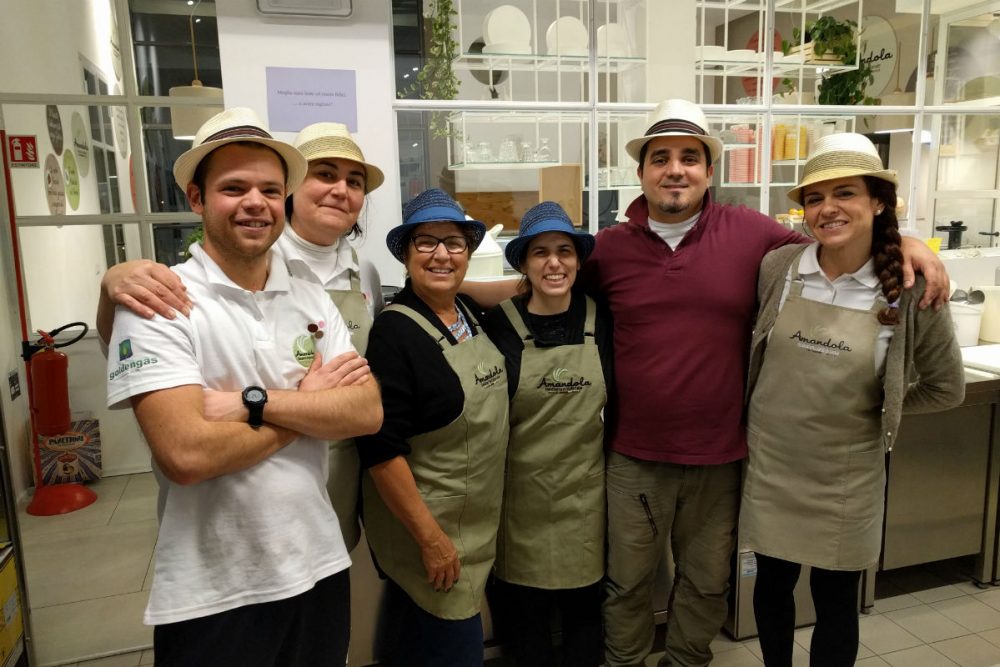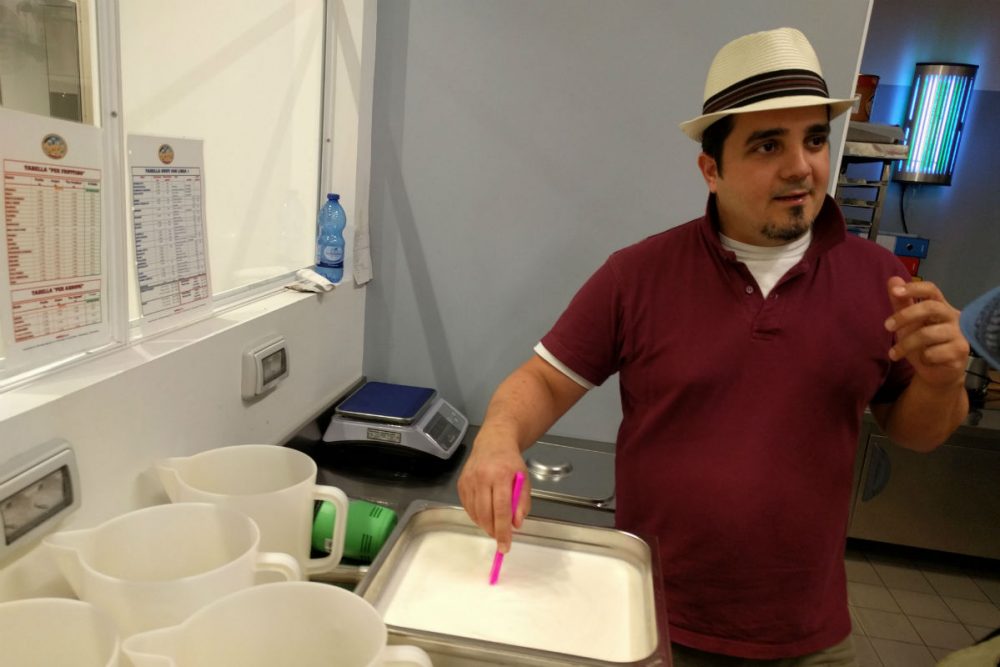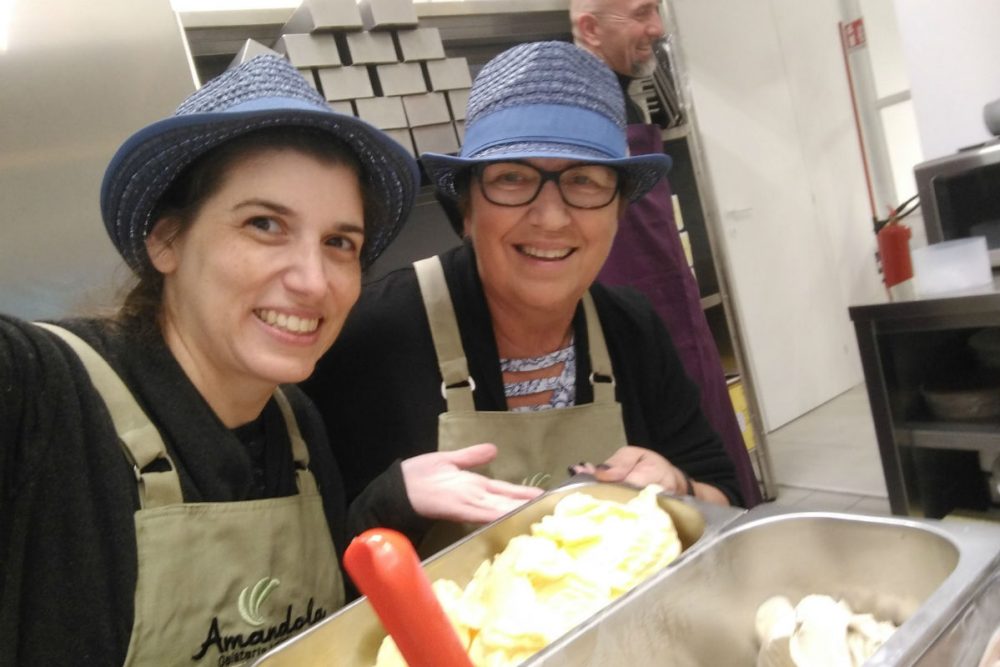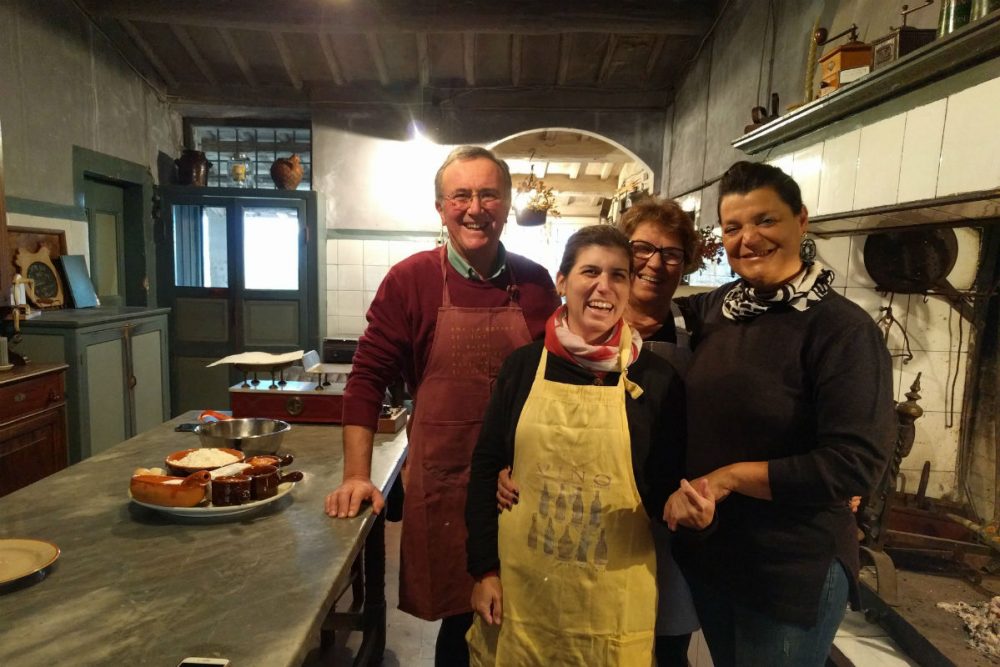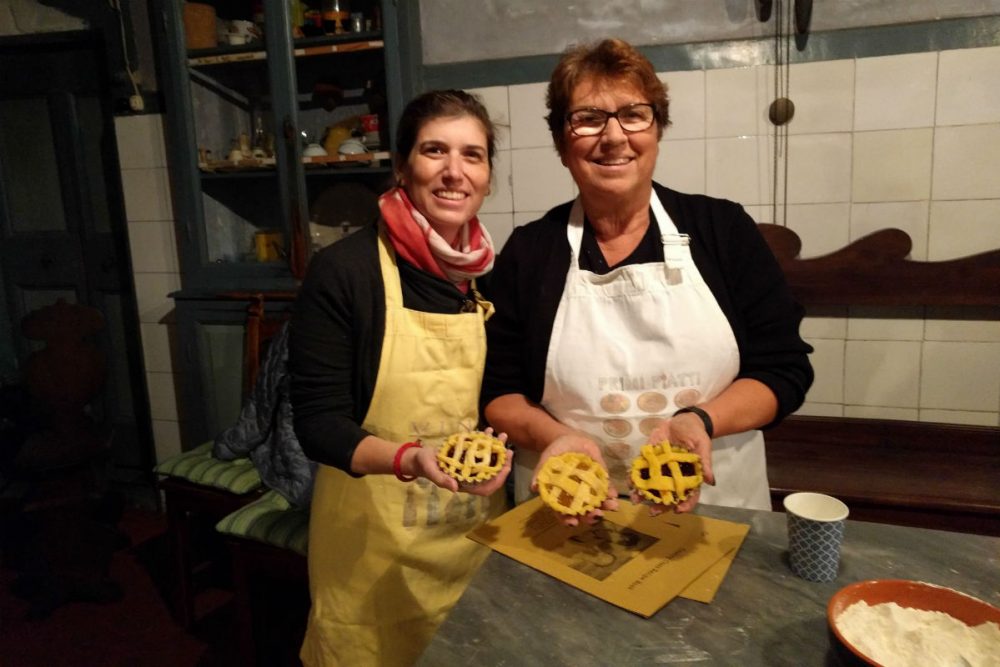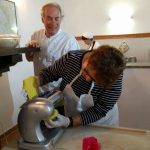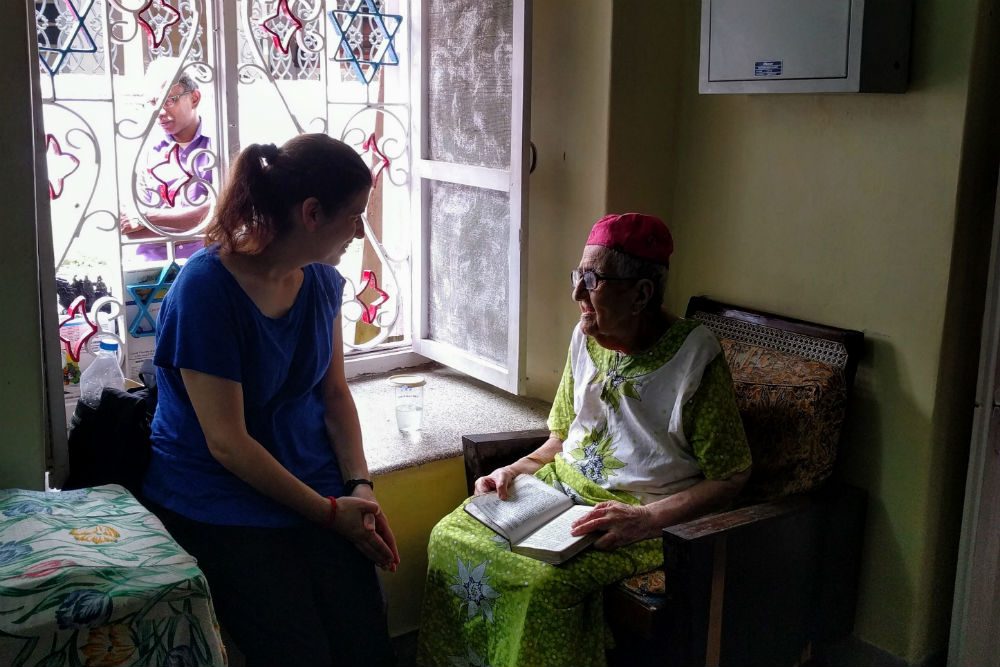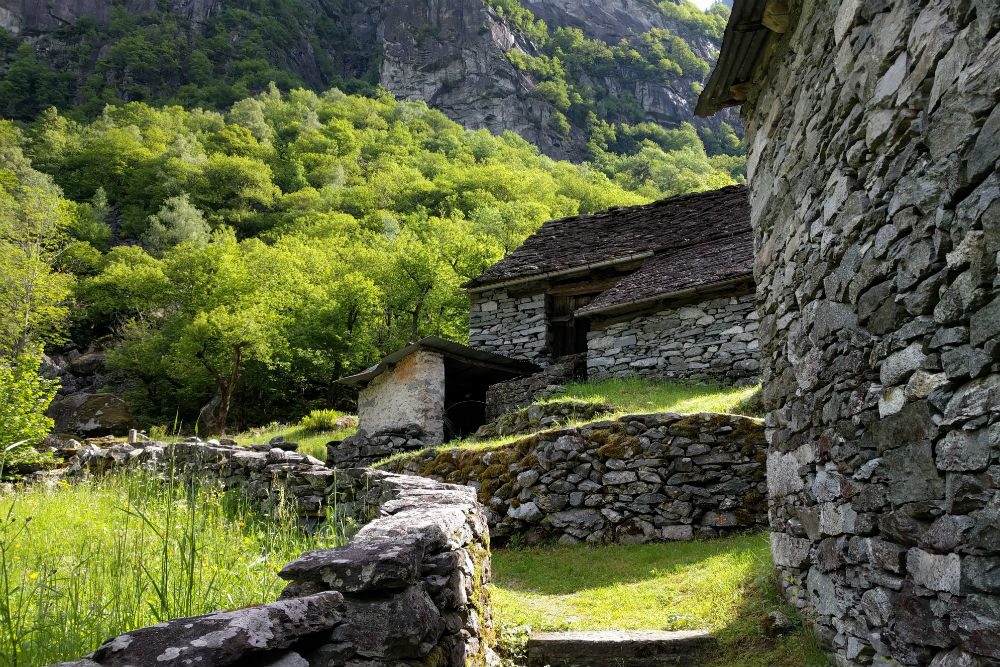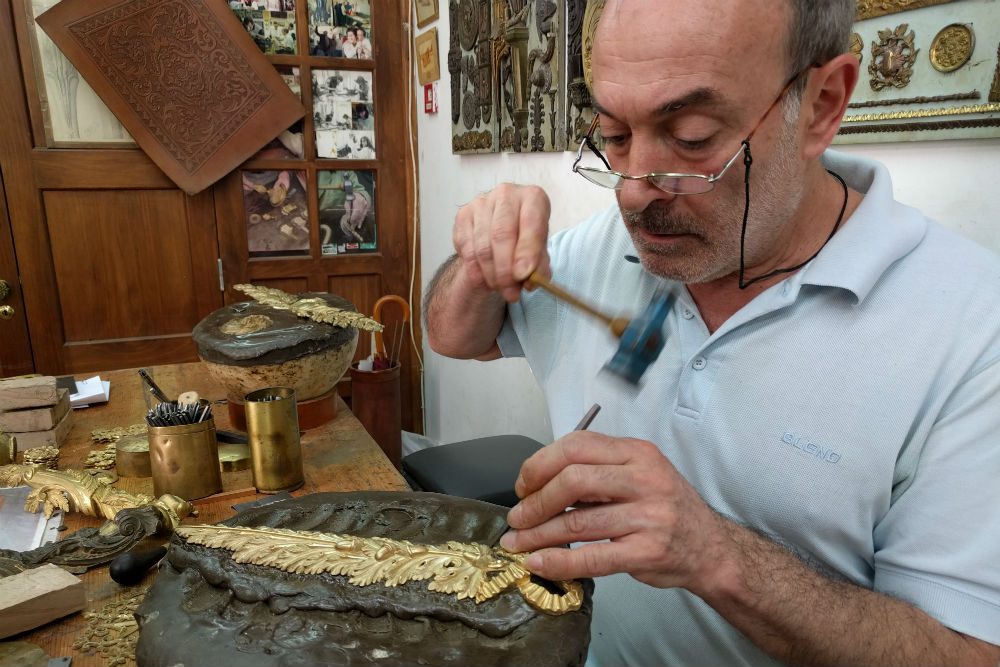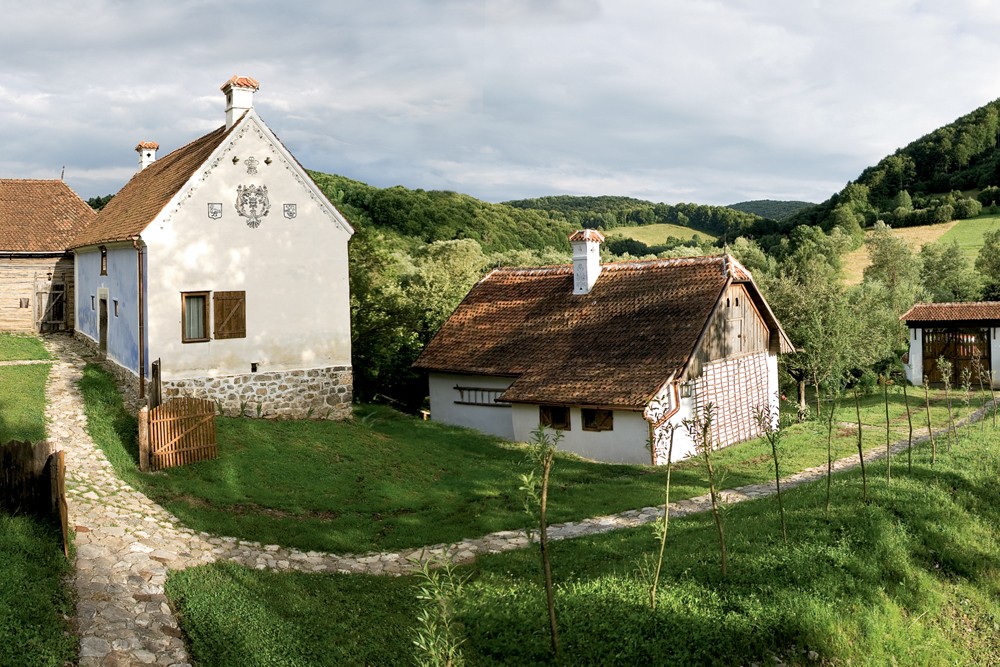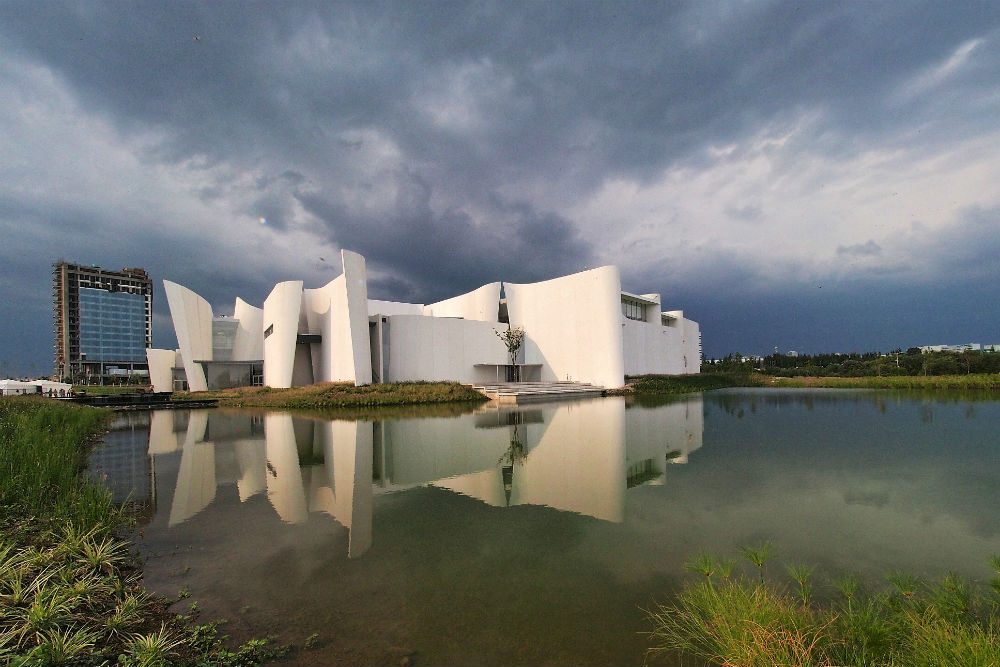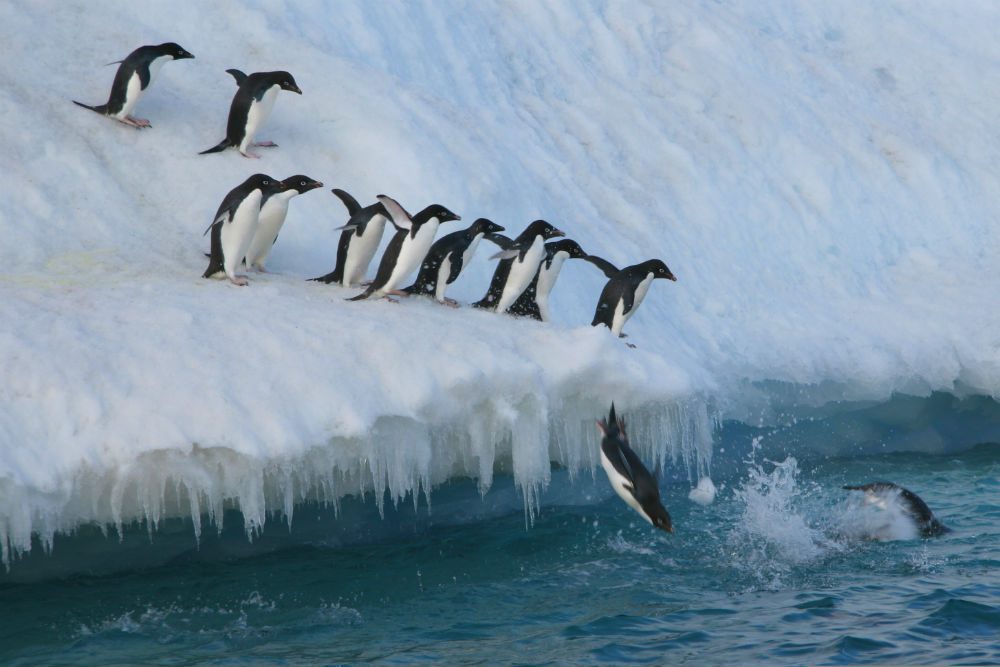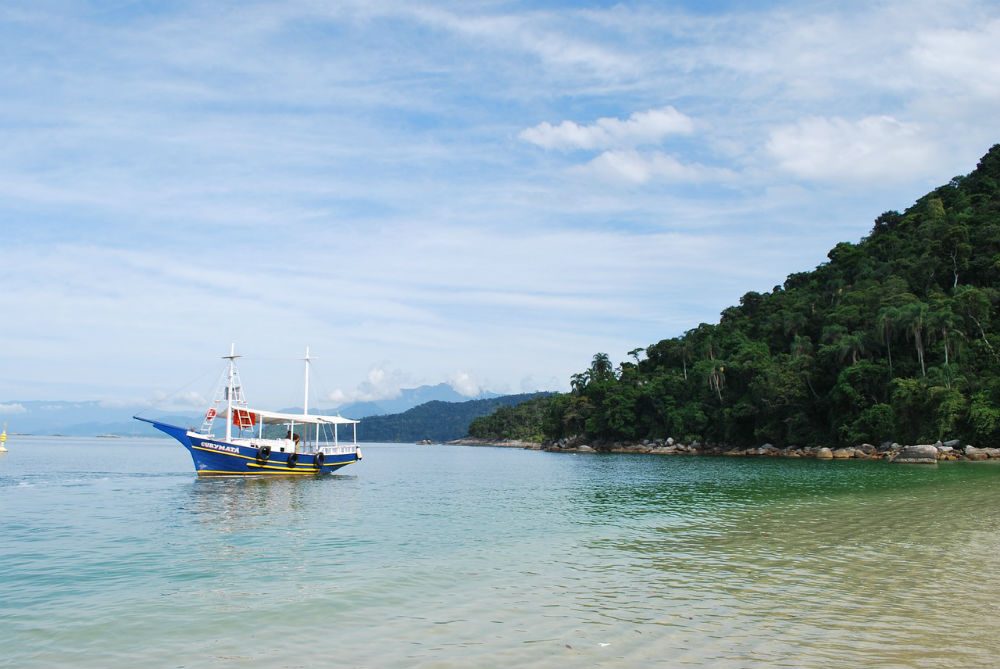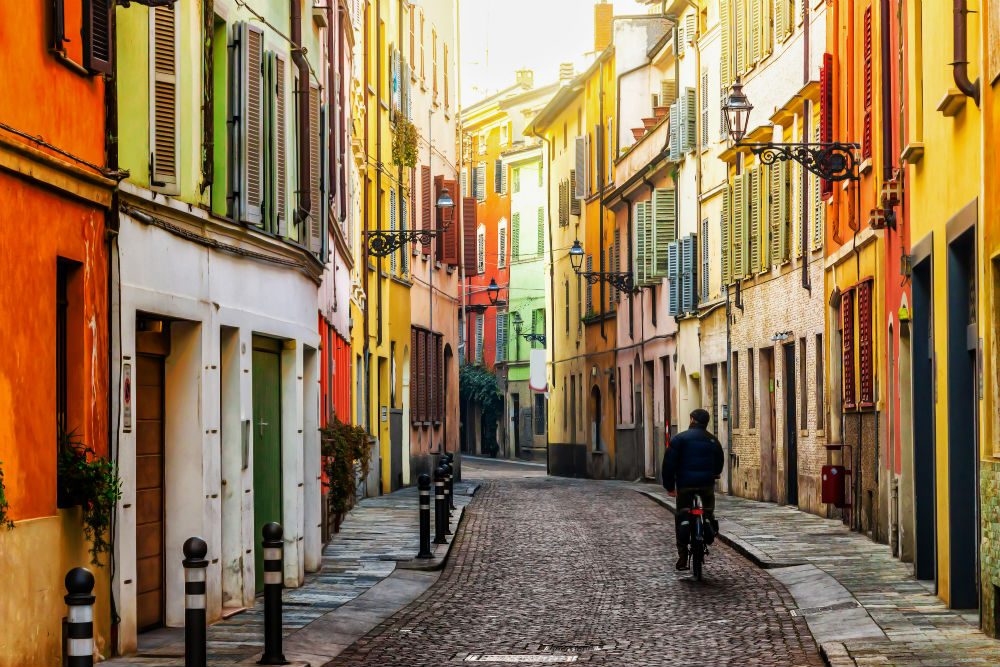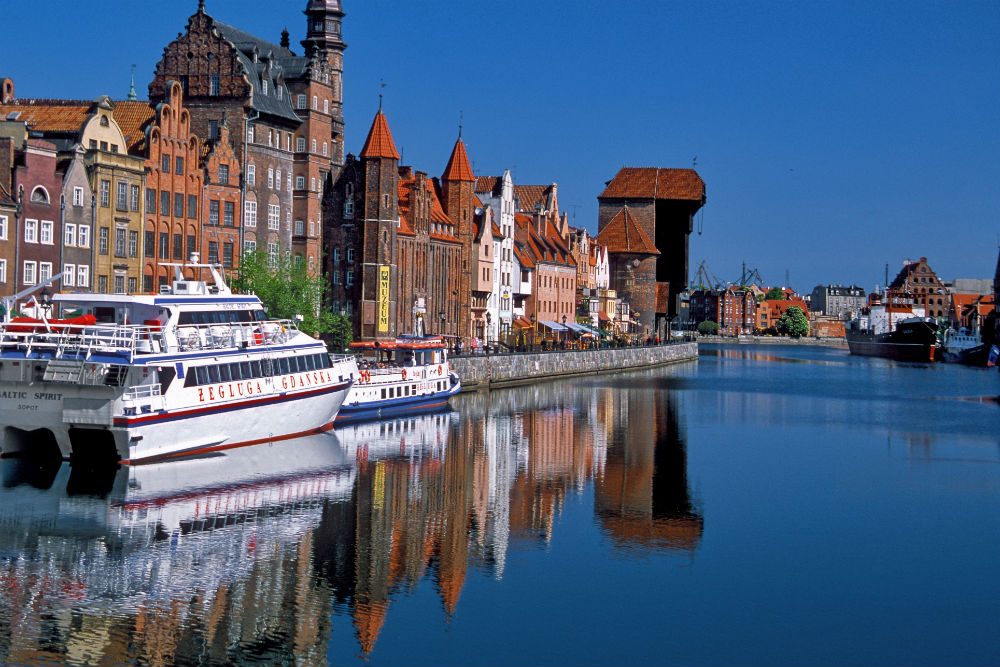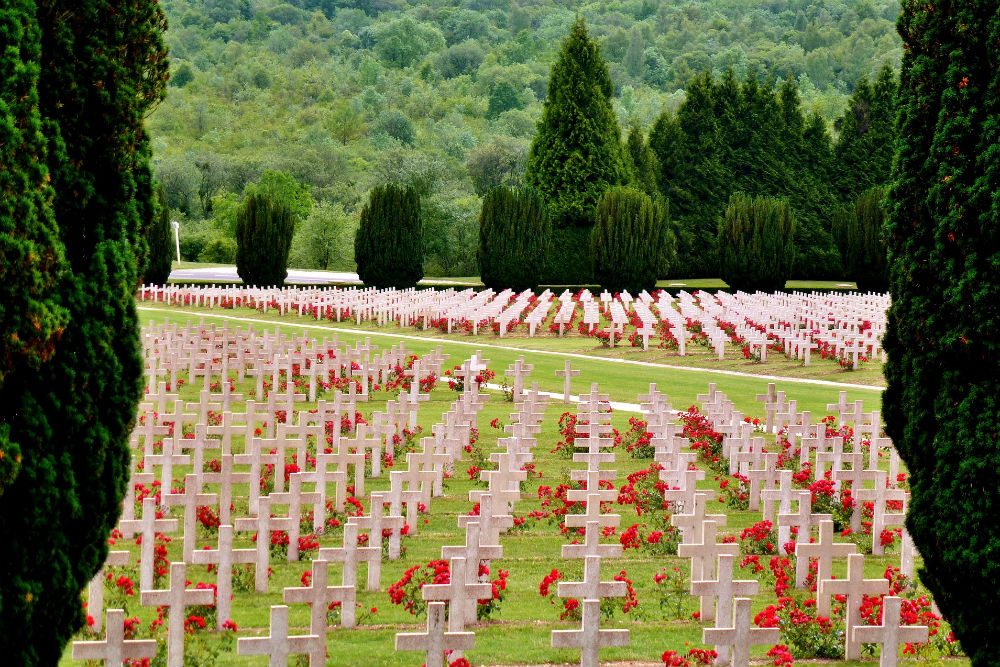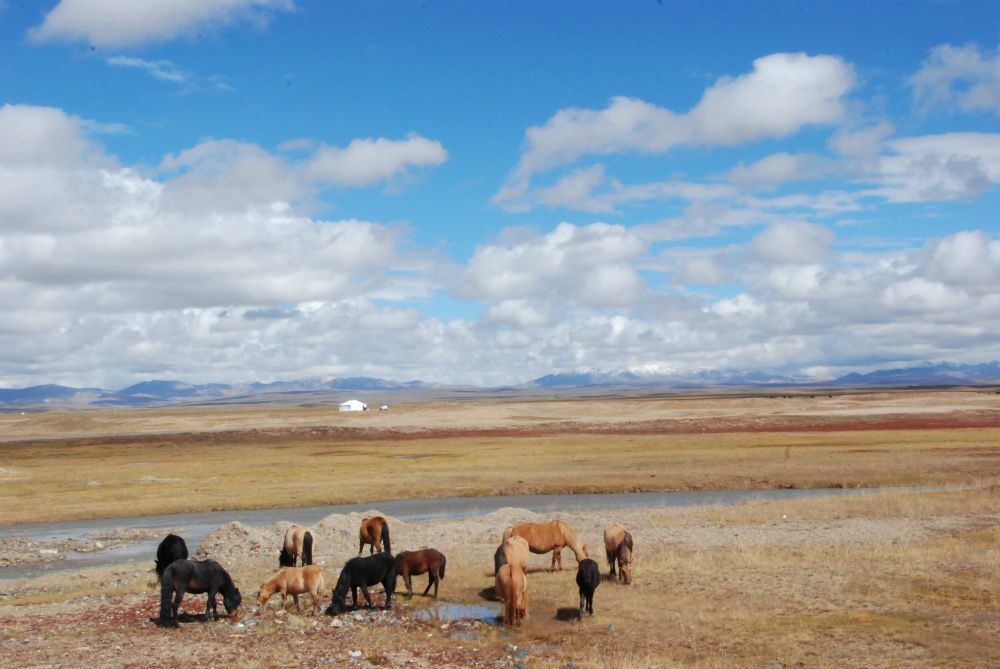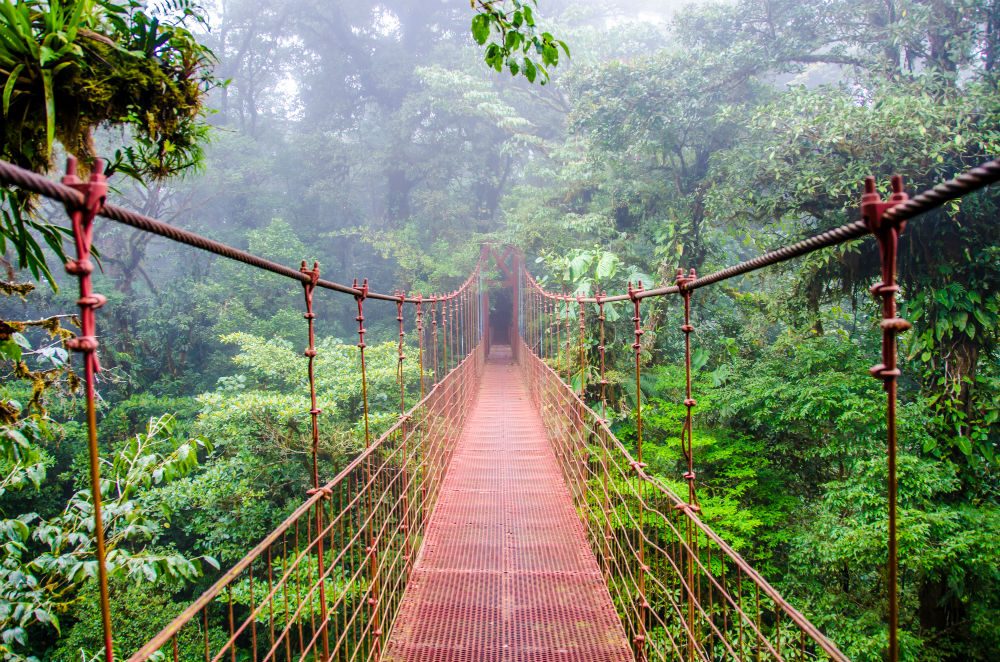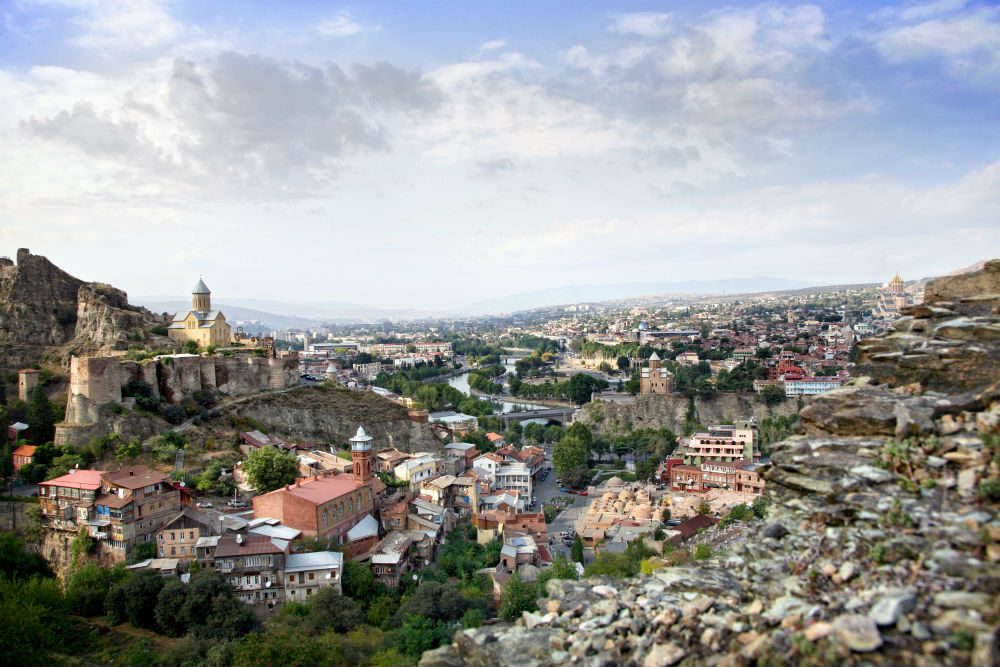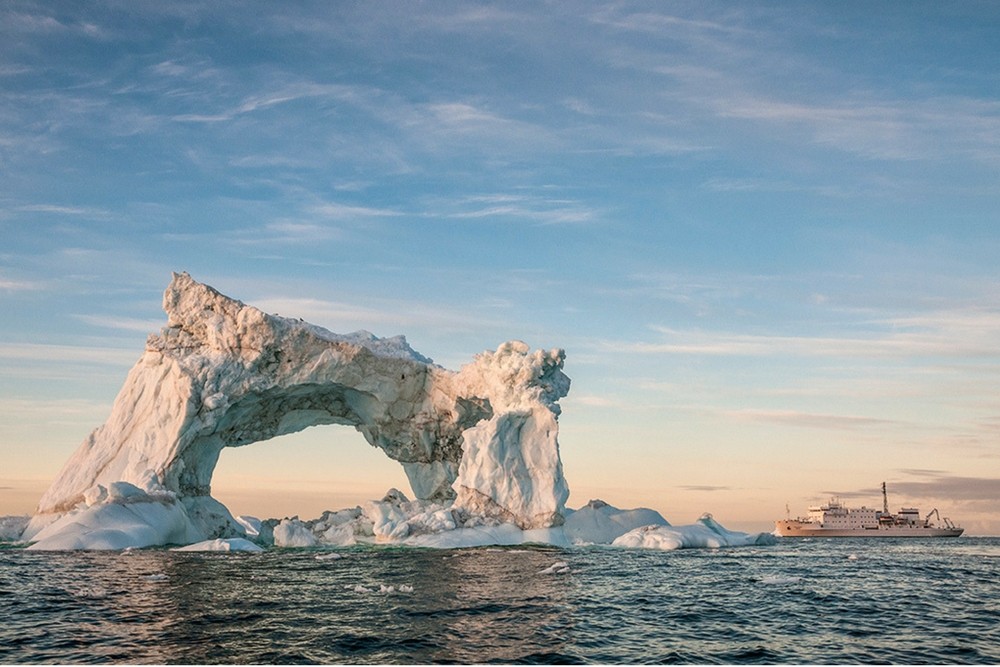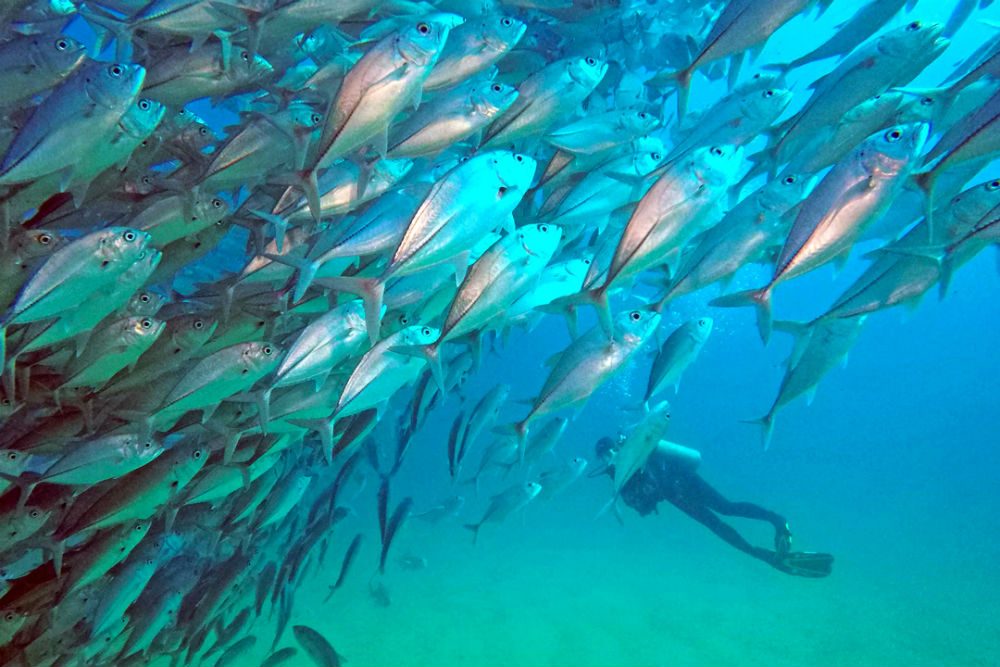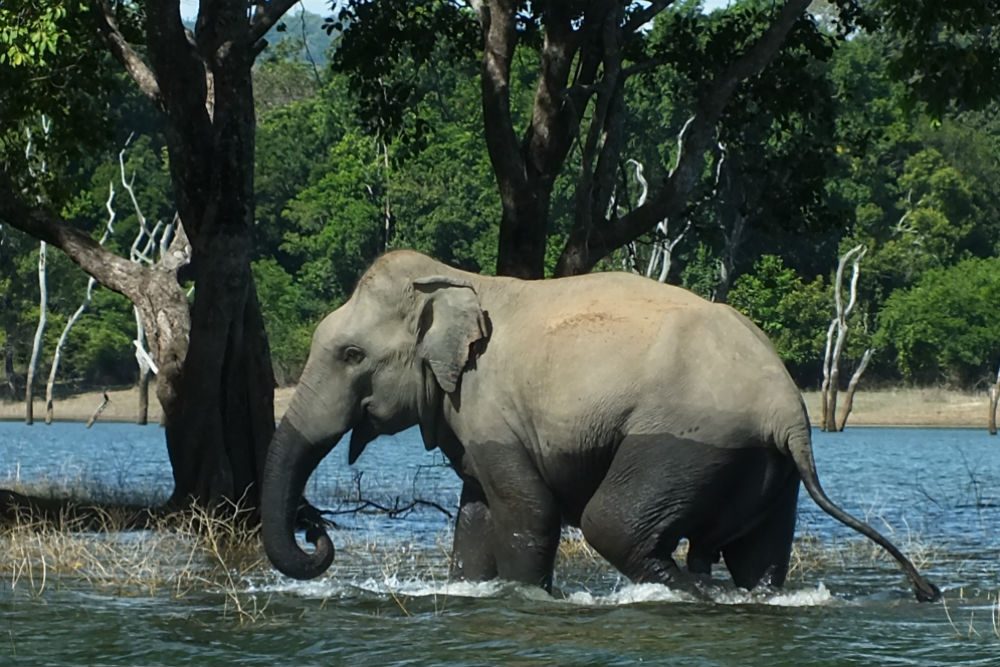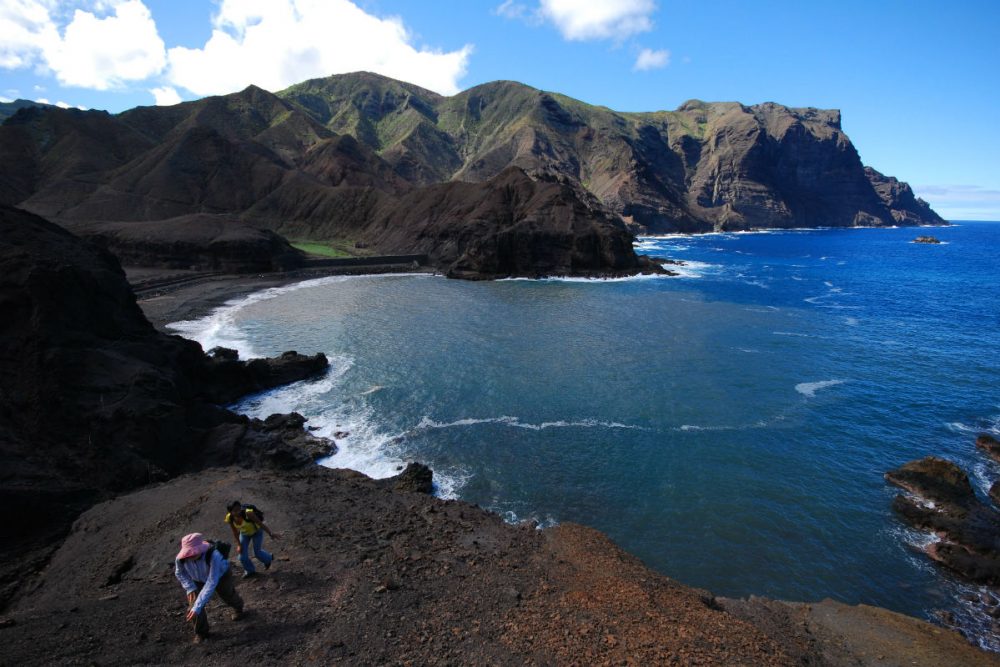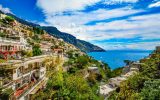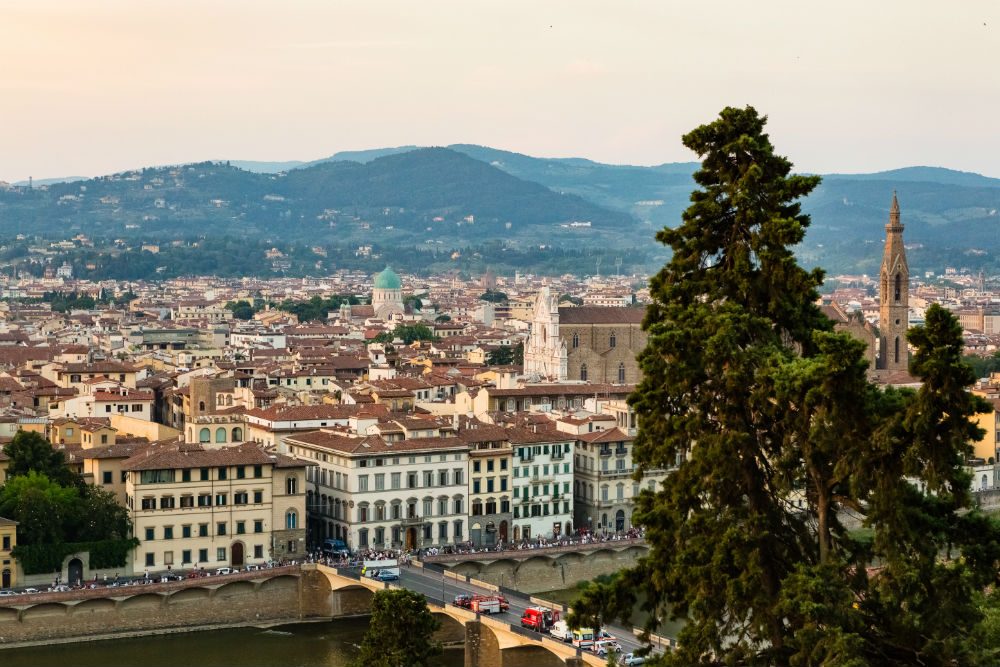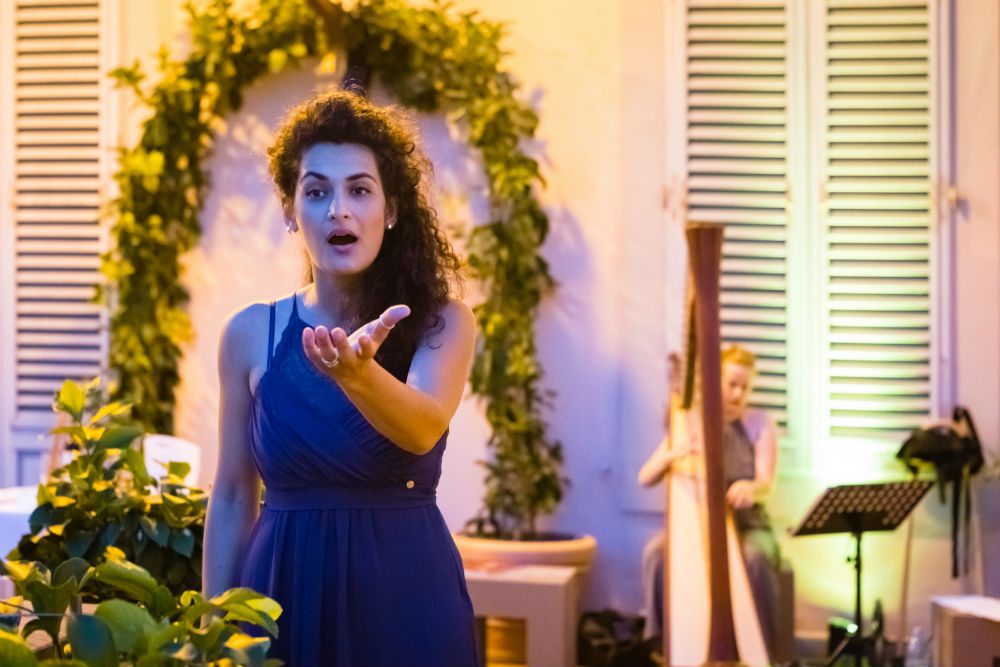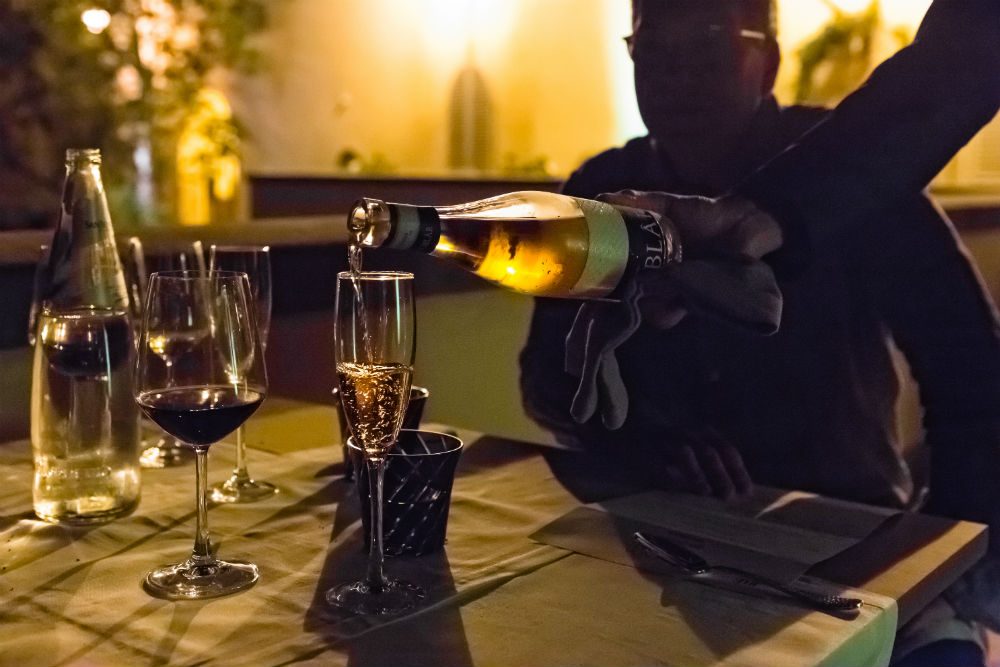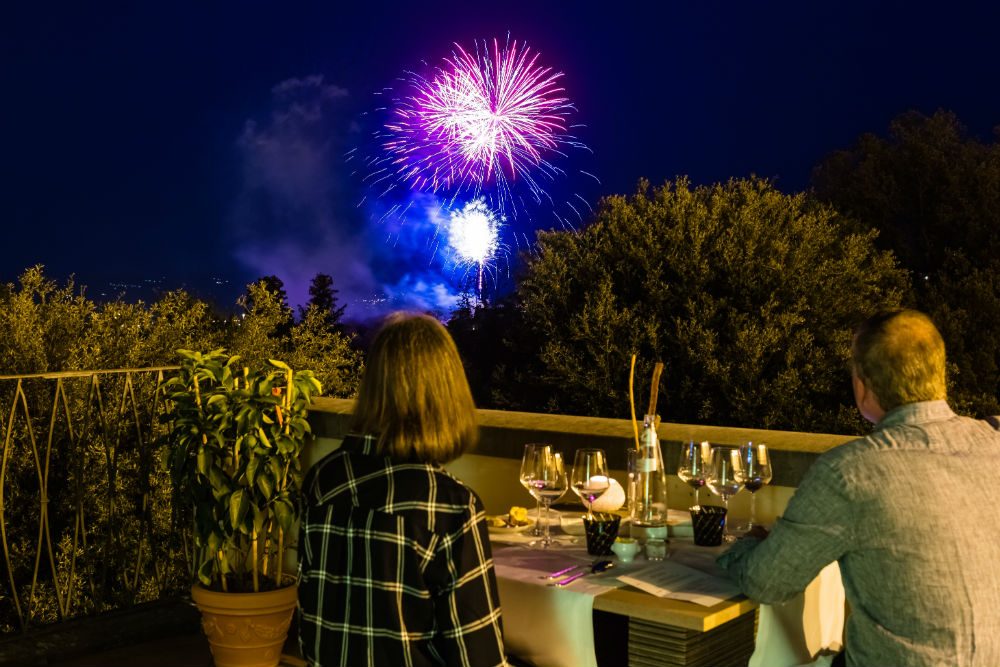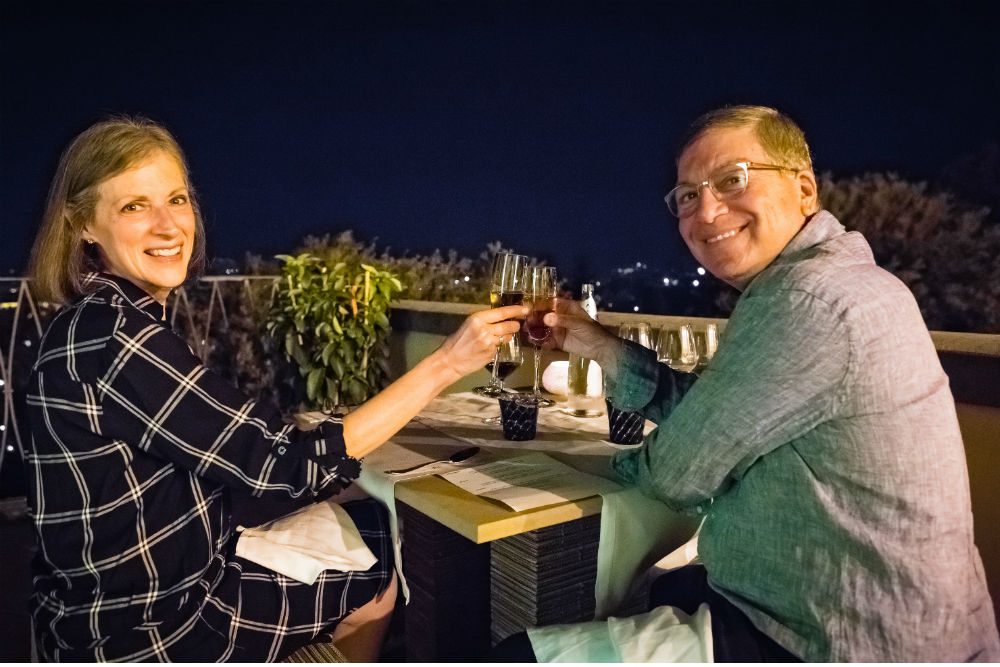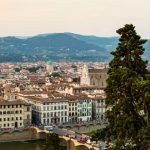Every island has a perfect time to go. But figuring out that optimal timing can be tricky. “Peak season” often does not mean the best time to go; it just means the most expensive time, based on when school’s out in the countries that send the most vacationers to that island. “Low season” might mean peaceful and lovely, with a brief and pleasantly cooling shower each afternoon, or it might mean that every restaurant and famous site shuts down entirely. In addition to seasonal changes in weather, most islands have limited lodging—which can drive rates to extortionate levels—and some islands can get crowds that will overtax the small tourism infrastructure, especially when cruise ships stop there.
We’re here to help—by suggesting a few islands for each month of the year. These are the opportune moments when each destination is at its best yet, in most instances, offers shoulder-season pricing.
Seeking the right island or island-trip-planning specialist for your specific needs? Click on the black button below and we can help.
GET A PERSONALIZED TRIP RECOMMENDATION
JANUARY
British Virgin Islands yacht charter
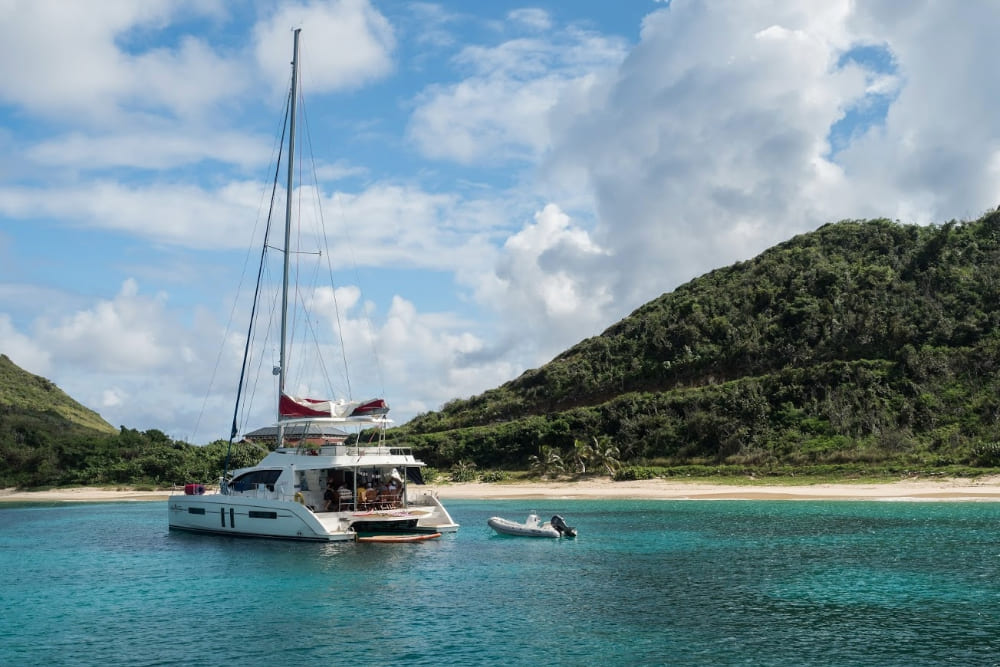
On a private yacht charter, you can have a quiet cove all to yourself, like this one in the British Virgin Islands. Photo: Where Land Meets Sea Yacht Charters
Mid-January through February is the calm-water sweet spot between the holiday rush (which includes peak rates and 7-night minimums) and “March Madness,” when spring break brings in lots of vacationers but trade winds also bring rough sailing conditions. (The BVI’s geography also protects you from cold fronts that hit other parts of the Caribbean at this time of year.)
To get a WOW trip, start with our trip questionnaire, reached via the black button below.
START A TRIP TO BRITISH VIRGIN ISLANDS
YACHT CHARTER REVIEWS
Madeira, Portugal
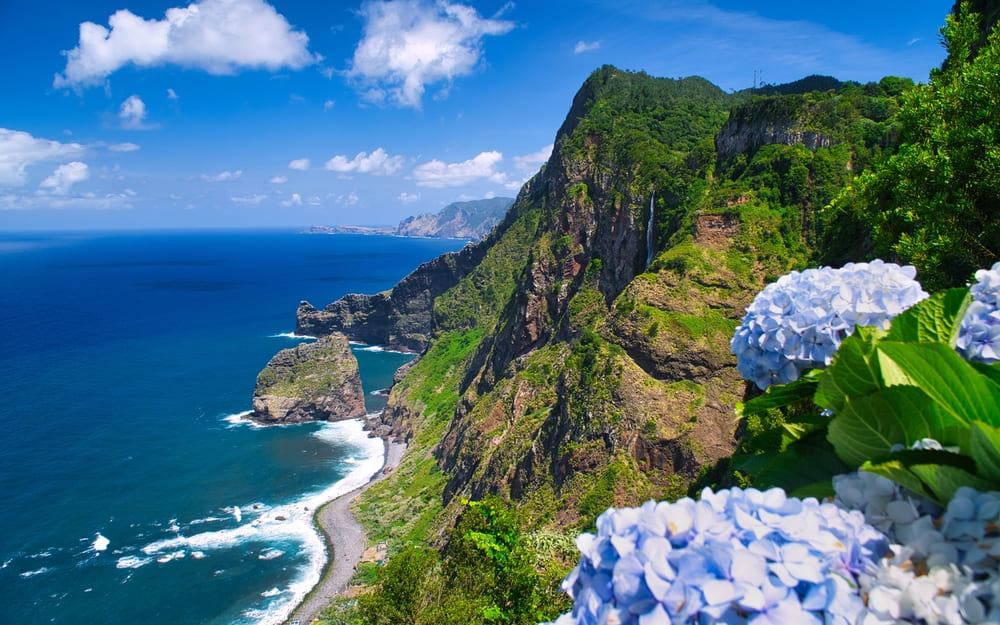
On Madeira, you’ll find flowers in bloom even in winter. Photo: Shutterstock
This sub-tropical Portuguese island may be small, but it puts on a New Year’s Eve celebration and fireworks show that rivals the ones in Sydney, London, and Rio. (Book early!) Later in the month, Madeira’s world-class hotels will be far more affordable, yet you can still enjoy virgin laurel forest, panoramic hiking, and great local gastronomy, including the island’s namesake wine.
To get a WOW trip, start with our trip questionnaire, reached via the black button below.
START A TRIP TO MADEIRA
PORTUGAL + MADEIRA REVIEWS
Raja Ampat, Indonesia
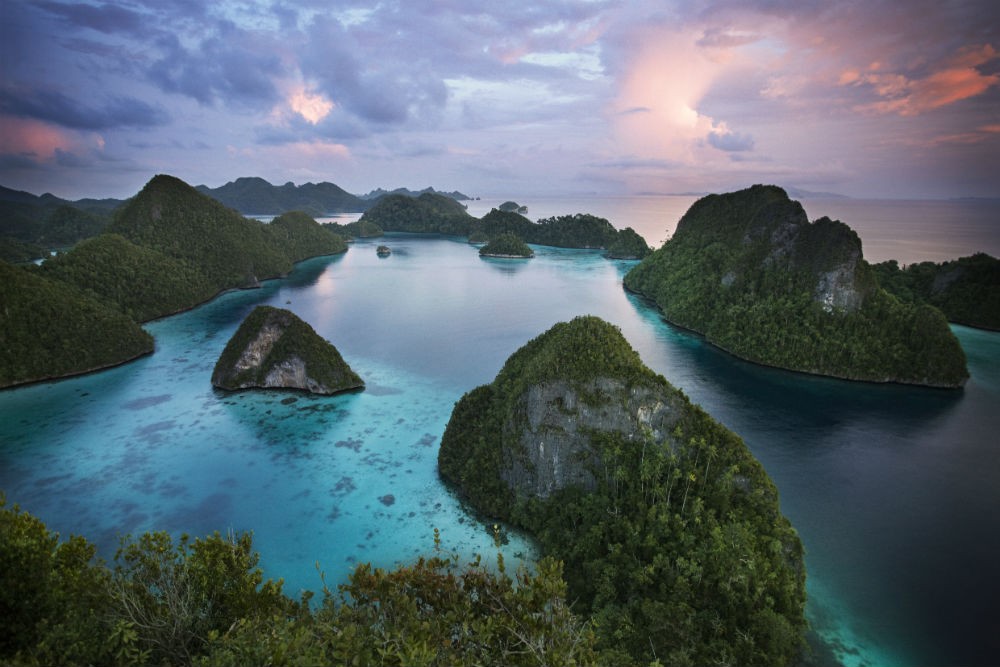
January sees lower prices and drier weather in Indonesia’s Raja Ampat islands. Photo: Amanresorts
Located where the Pacific currents meet the Indian Ocean, this archipelago is a marine Eden with more than 1,300 species of fish and three-quarters of all the hard corals found in the world. Above the water line, the forested karst islands are home to fantastical creatures such as birds of paradise and tree kangaroos. October through April is Raja Ampat’s dry season; in January, just after the holidays, prices drop considerably.
To get a WOW trip, start with our trip questionnaire, reached via the black button below.
START A TRIP TO RAJA AMPAT
Sri Lanka
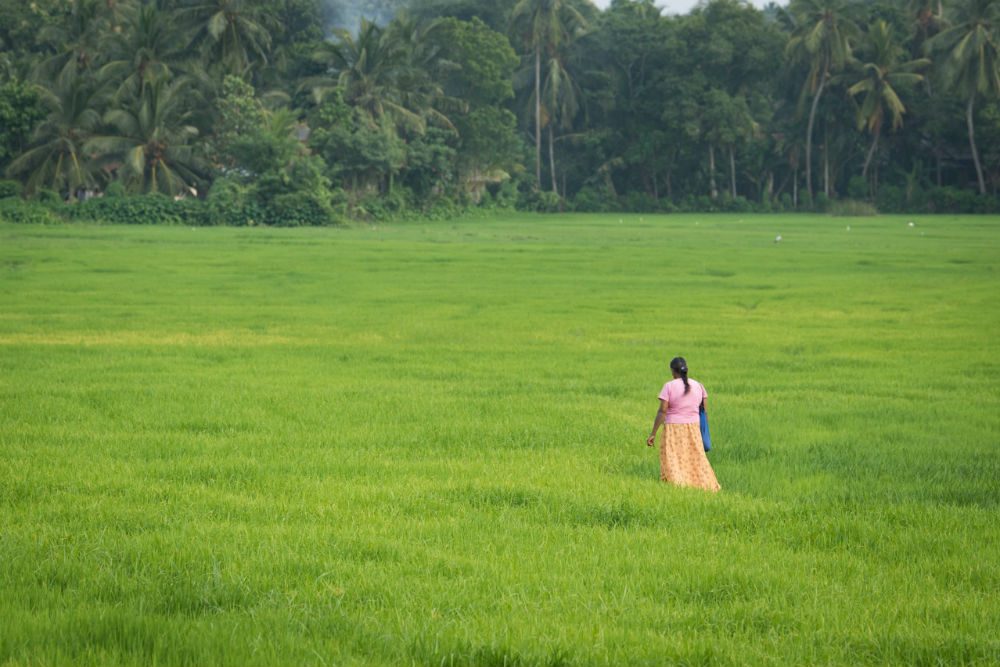
January is an ideal time to explore Sri Lanka. Photo: Timothy Baker
Sri Lanka’s weather in January is delightful—springlike temperatures and blue skies. If possible, aim for the last two weeks of the month, after the holiday celebrations (and peak rates) have wound down.
To get a WOW trip, start with our trip questionnaire, reached via the black button below.
START A TRIP TO SRI LANKA
SRI LANKA REVIEWS
FEBRUARY
Isla Palenque, Panama
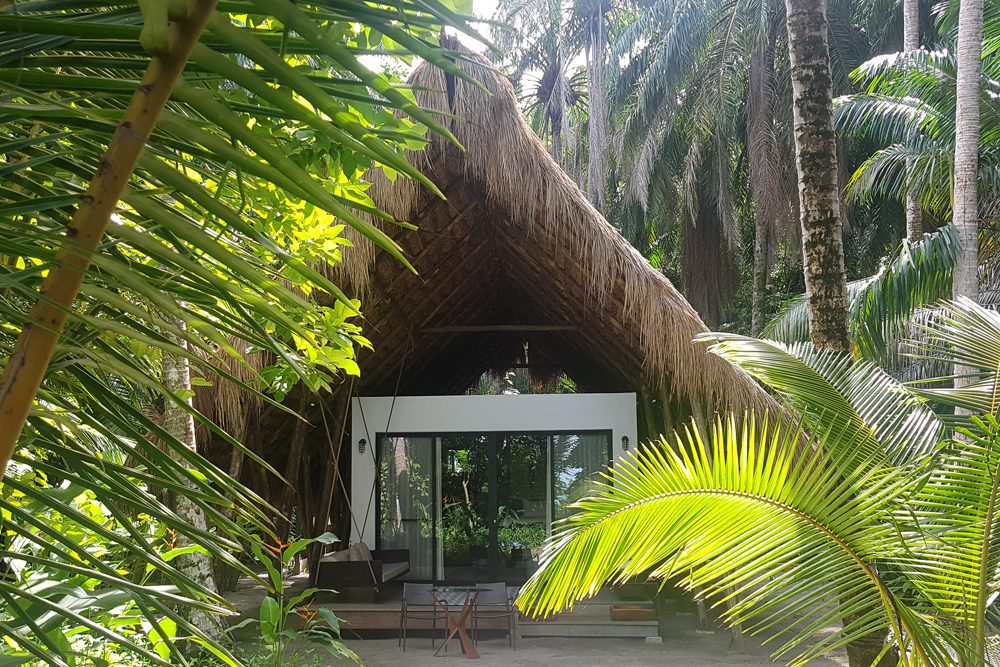
Isla Palenque is an eco-friendly private-island resort off Panama’s Pacific coast. Photo: Isla Palenque Resort
A private-island resort off the Pacific coast of Panama, Isla Palenque offers both environmental sustainability and barefoot luxury. Just a 15-minute boat ride from the mainland, it’s easily combined with other parts of Panama or even Costa Rica, and once there you’ll find seven different beaches, the surrounding Chiriqui National Marine Park, and a jungle full of monkeys and birds. February sees gorgeous weather—and with just eight thatch-roofed casitas and one villa on the 400-acre island, you’ll never encounter crowds.
To get a WOW trip, start with our trip questionnaire, reached via the black button below.
START A TRIP TO ISLA PALENQUE
PANAMA + ISLA PALENQUE REVIEWS
Venice, Italy
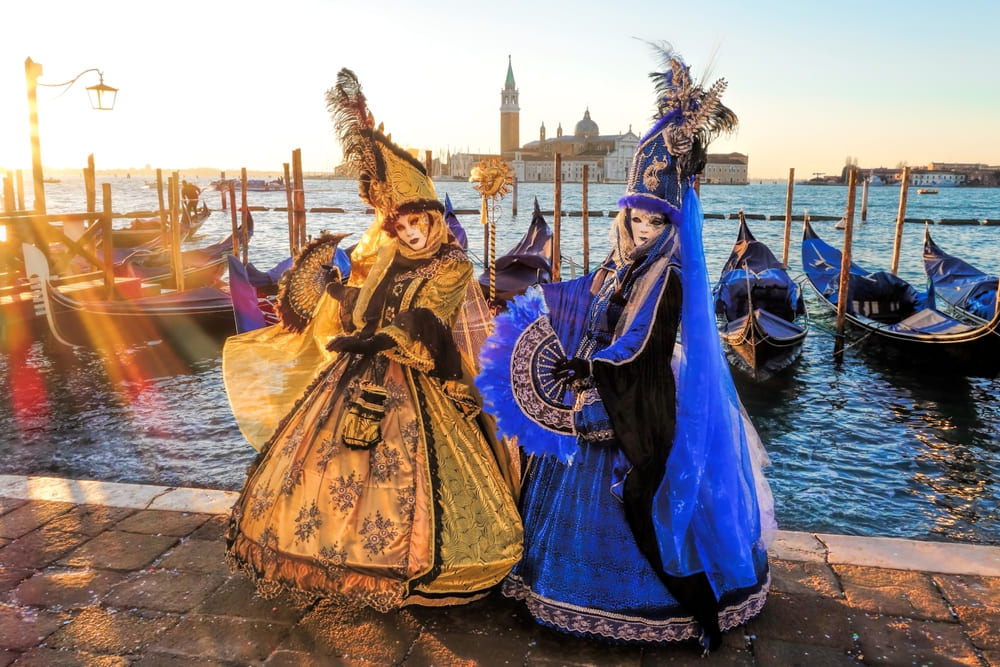
February in Venice is Carnevale season. Photo: Shutterstock.
All that is sumptuous and extravagant about Venice is kicked up several notches in February, thanks to Carnevale. A month’s worth of elaborate celebrations—marked by Baroque costumes, masked balls, sinful sweets, and general bacchanalian overindulgence—reach a fever pitch in the “Fat Days” preceding Martedì Grasso (Shrove Tuesday). Carnevale dates vary from year to year but always include at least part of February.
To get a WOW trip, start with our trip questionnaire, reached via the black button below.
START A TRIP TO VENICE
ITALY + VENICE REVIEWS
New Zealand’s South Island
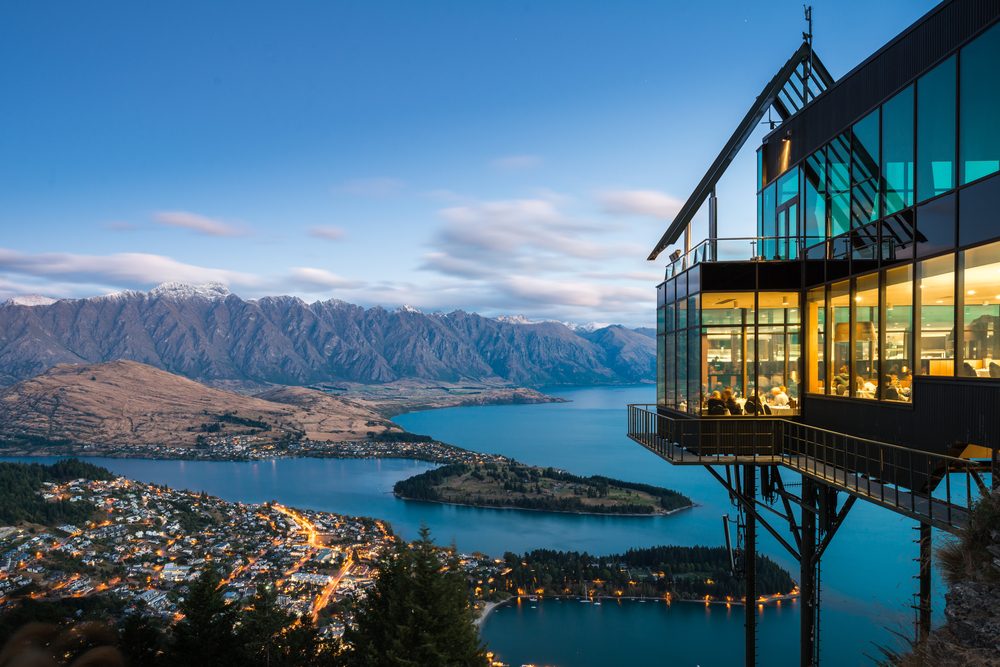
Queenstown is at its summery best in February. Photo: Shutterstock
February is the height of summer in the southern hemisphere and an excellent time for New Zealand’s outdoor playground: Queenstown enjoys daytime temperatures in the 80s, with refreshingly cool evenings.
To get a WOW trip, start with our trip questionnaire, reached via the black button below.
START A TRIP TO NEW ZEALAND
NEW ZEALAND REVIEWS
MARCH
Crete, Greece
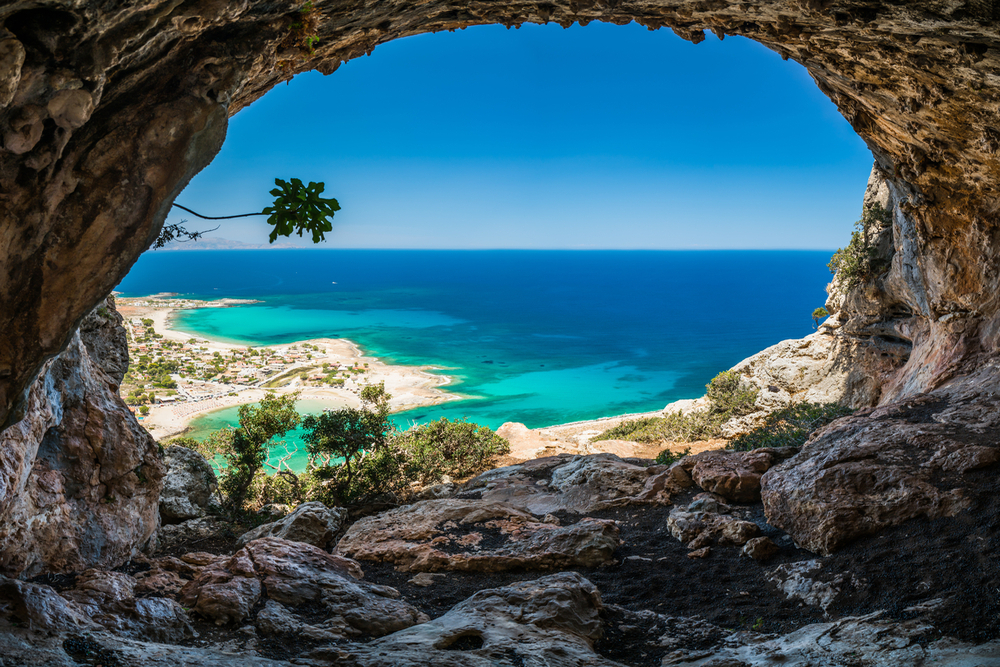
Crete is one of the few Greek islands where most businesses stay open year-round. Photo: Shutterstock
While many Greek islands go into hibernation in the winter, with resorts and restaurants shuttering for the season, Crete is large enough that it stays vibrant year-round. It’s also Greece’s most southern—and thus warmest—island. Not everything will be open in March, and it’s not bikini weather, but it’s a great time to get a dose of local culture, and hotel rates are lower than you’ll find later in spring.
To get a WOW trip, start with our trip questionnaire, reached via the black button below.
START A TRIP TO CRETE
GREEK ISLAND REVIEWS
Malta and Gozo
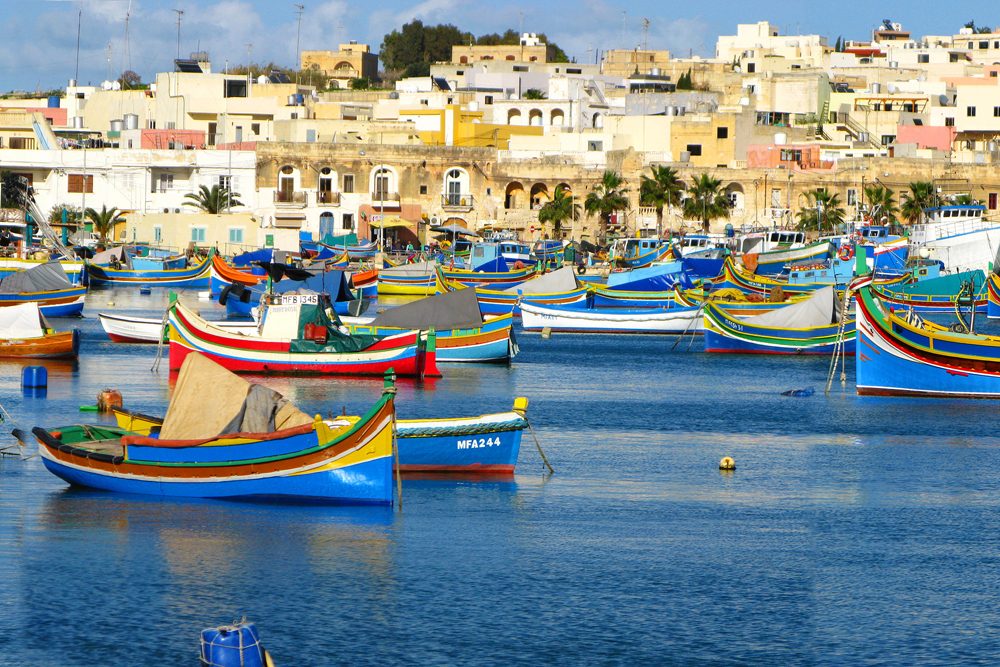
In March, Malta’s harbors are free of cruise ships. Photo: Exclusively Malta
March sees few of the cruise-ship visitors who arrive daily in Malta come summer. With highs in the mid-60s and a lush green coating on the hills brought out by winter rains, this is a particularly great time of year for countryside walks and cycling on neighboring Gozo, which is smaller and more rural than Malta.
To get a WOW trip, start with our trip questionnaire, reached via the black button below.
START A TRIP TO MALTA AND GOZO
MALTA + GOZO REVIEWS
Cuba
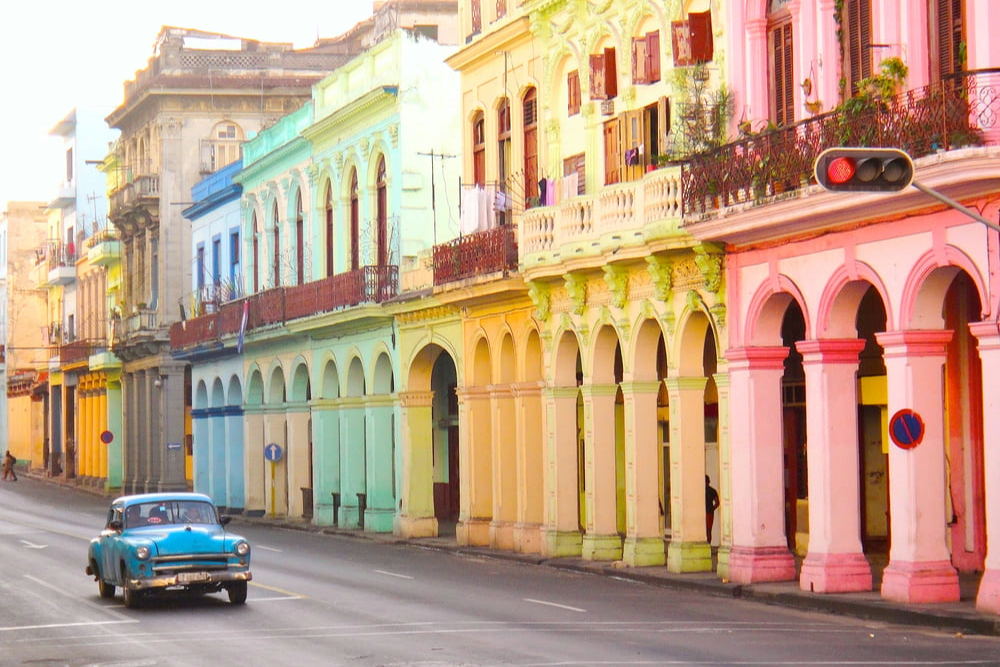
Cuba sees prime weather and fewer crowds in March. Photo: Shutterstock
March is a lovely time for a mix of Cuba’s cultural heritage and natural attractions (and we know specialists who can arrange it all within U.S. regulations). At this time of year, the weather is comfortably warm but not overly humid, flowers are in bloom, and there are always music festivals and art exhibitions. The most popular sites will also be less crowded than during the peak months of December, January, and February.
To get a WOW trip, start with our trip questionnaire, reached via the black button below.
START A TRIP TO CUBA
CUBA REVIEWS
APRIL
Waiheke Island, New Zealand
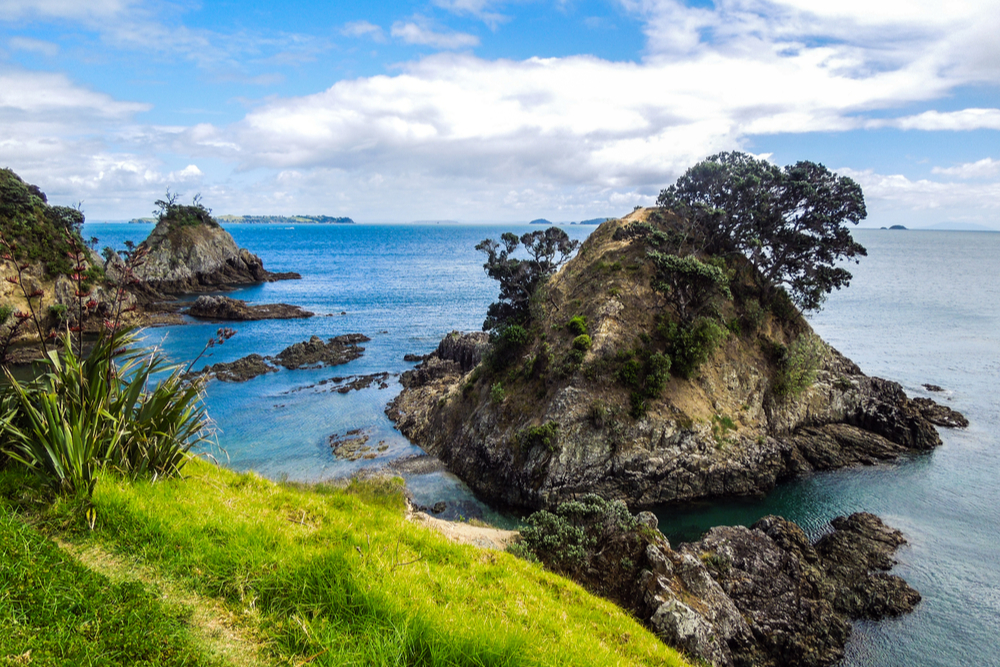
New Zealand’s Waiheke Island is affectionately known as the Island of Wine. Photo: Shutterstock
Local kids return to school in February, so by April New Zealand’s coastal spots have resumed their slower pace of life and hotel rates have dropped; it’s also typically the country’s lowest rainfall month. On Waiheke Island—which is a quick ferry ride from Auckland—the ocean is still warm enough for swimming (if you believe the locals), and it’s harvest time in the vineyards and olive groves.
To get a WOW trip, start with our trip questionnaire, reached via the black button below.
START A TRIP TO NEW ZEALAND
NEW ZEALAND REVIEWS
The Azores
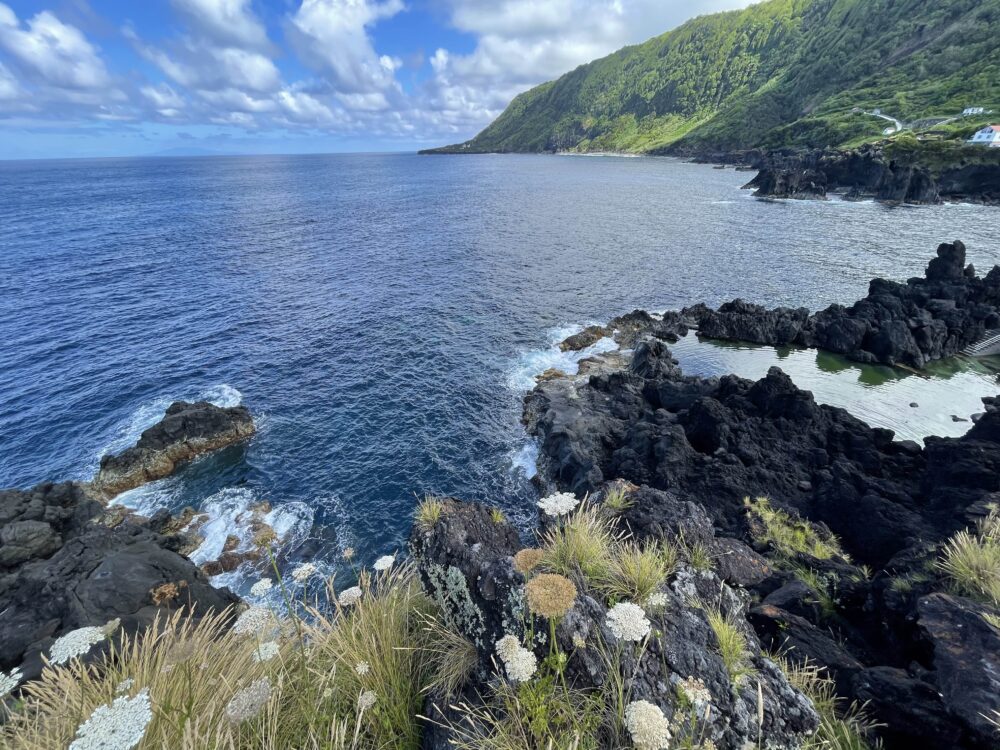
Springtime in the Azores (this is São Jorge Island) means great hiking and whale watching. Photo: Ryan Damm
You won’t find ultra-luxe resorts and 24-hour concierge service in the Azores, but you will find whale- and dolphin-watching (sightings of migrating cetaceans peak in April), breathtaking natural beauty, and locals who are genuinely happy to see tourists at this time of year. For a slower-paced trip, stay just on the main island of São Miguel; if you prefer to see a bit more, base yourself on Faial and take day trips by ferry to Pico and São Jorge.
To get a WOW trip, start with our trip questionnaire, reached via the black button below.
START A TRIP TO THE AZORES
PORTUGAL + AZORES REVIEWS
The Maldives
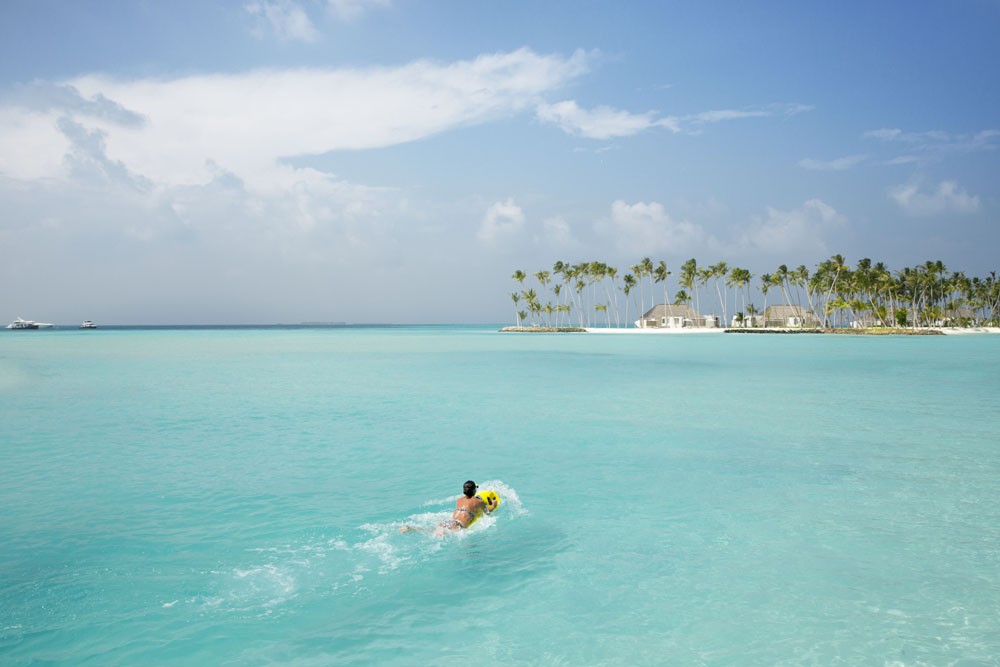
April sees the best conditions for snorkeling and scuba diving in the Maldives. Photo: Cheval Blanc Randheli
April (after Easter) is when you’ll find a sweet spot of lower hotel rates and ideal weather: Temperatures are consistently in the high 80s year-round, but in April there is almost no rain or wind, so the water is calm for snorkeling and diving.
To get a WOW trip, start with our trip questionnaire, reached via the black button below.
START A TRIP TO THE MALDIVES
MALDIVES REVIEWS
Sardinia, Italy
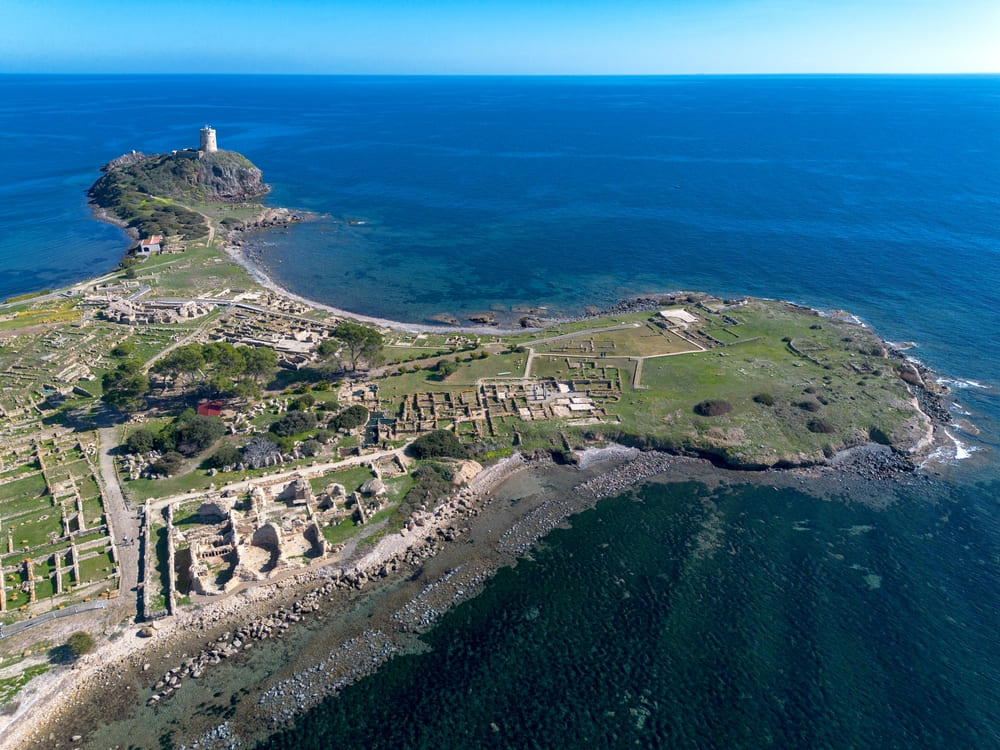
Combine history (here, the ancient Phoenician city of Nora) and hiking on Sardinia. Photo: Shutterstock
Sardinia is a little-known hiker’s paradise. Its trails have views of white-sand beaches and crystalline water on one side, and craggy mountain peaks on the other. But if you go there to walk in summer, you’ll melt. Visit in April instead, when it’s not too crowded, the temperature is pleasant, and the wildflowers are in bloom.
To get a WOW trip, start with our trip questionnaire, reached via the black button below.
START A TRIP TO SARDINIA
ITALIAN ISLAND REVIEWS
MAY
Isla Holbox, Mexico
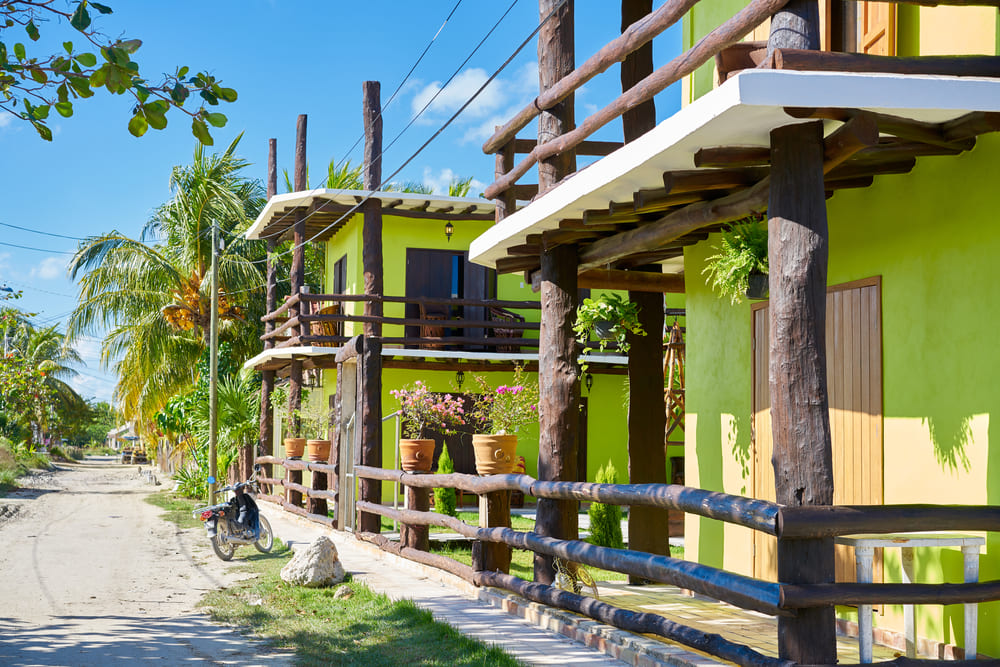
On Isla Holbox, the roads are for bikes, motorcycles, and golf carts—no cars allowed. Photo: Shutterstock
This chilled-out island off the Yucatan Peninsula has gotten popular lately, as travelers seek out the next Tulum. The ferry from the mainland is passenger-only, as cars aren’t allowed on Holbox. Go in the “shoulder season” (late April through May, and October through November) to avoid the crowds and enjoy ideal weather.
To get a WOW trip, start with our trip questionnaire, reached via the black button below.
START A TRIP TO ISLA HOLBOX
MEXICO REVIEWS
Santorini, Greece
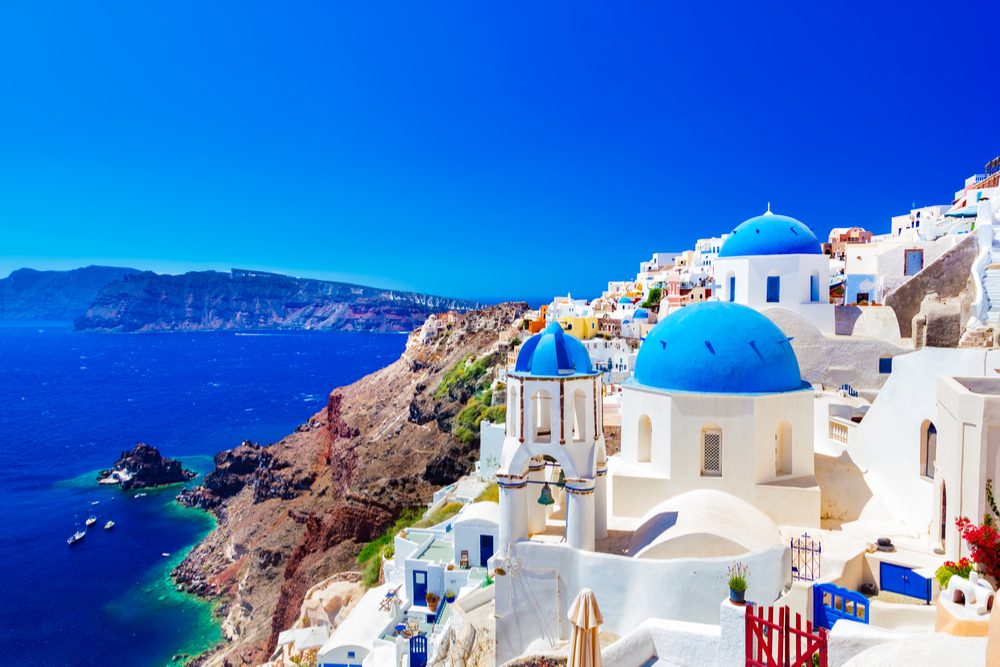
Santorini is at its best in May, before summer’s crowds and heat set in. Photo: Shutterstock
May weather is warm but not hot, and hotel rates are lower than from mid-June through September. The crowds are less too, which has the added benefit of ensuring the service will be better. During the hectic summer months, when hordes of cruise-ship passengers invade the island, service suffers; you can barely even find an available taxi.
To get a WOW trip, start with our trip questionnaire, reached via the black button below.
START A TRIP TO SANTORINI
GREEK ISLAND REVIEWS
Capri, Italy
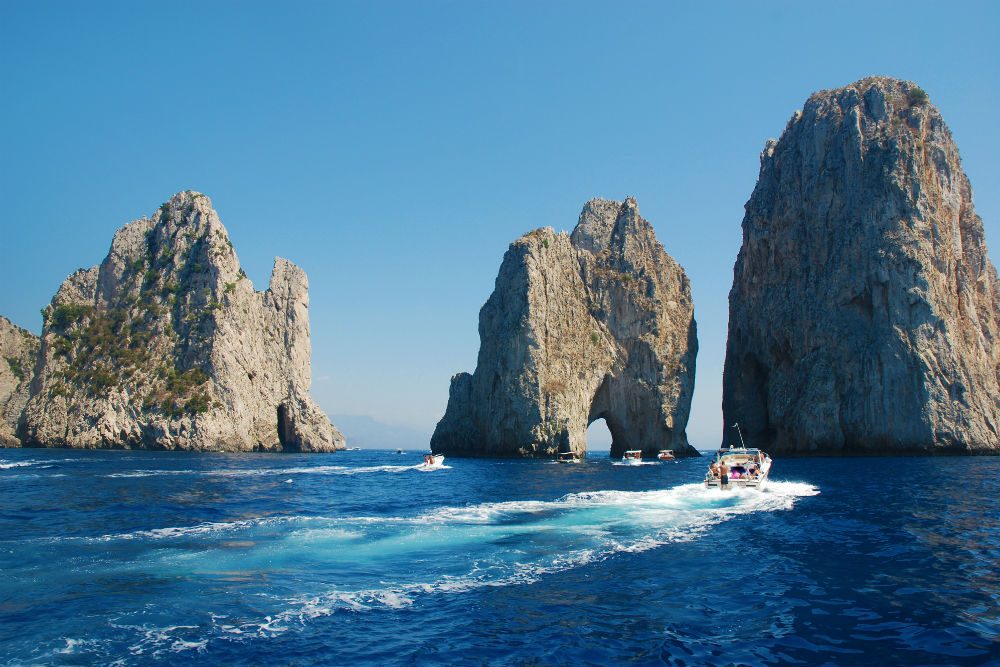
Beat the crowds to Capri by visiting in May. Photo: IC Bellagio
Mild spring temperatures make it pleasant to explore this legendary island in May, while it is still in a state of tranquility, before the mad crush invades in June. The lemon, orange, and jasmine flowers in bloom lend wonderful scents and colors; it’s also the time of year for many sailing events, as well as the annual celebration of the island’s Patron Saint San Costanzo.
To get a WOW trip, start with our trip questionnaire, reached via the black button below.
START A TRIP TO CAPRI
ITALY + CAPRI REVIEWS
Corsica, France
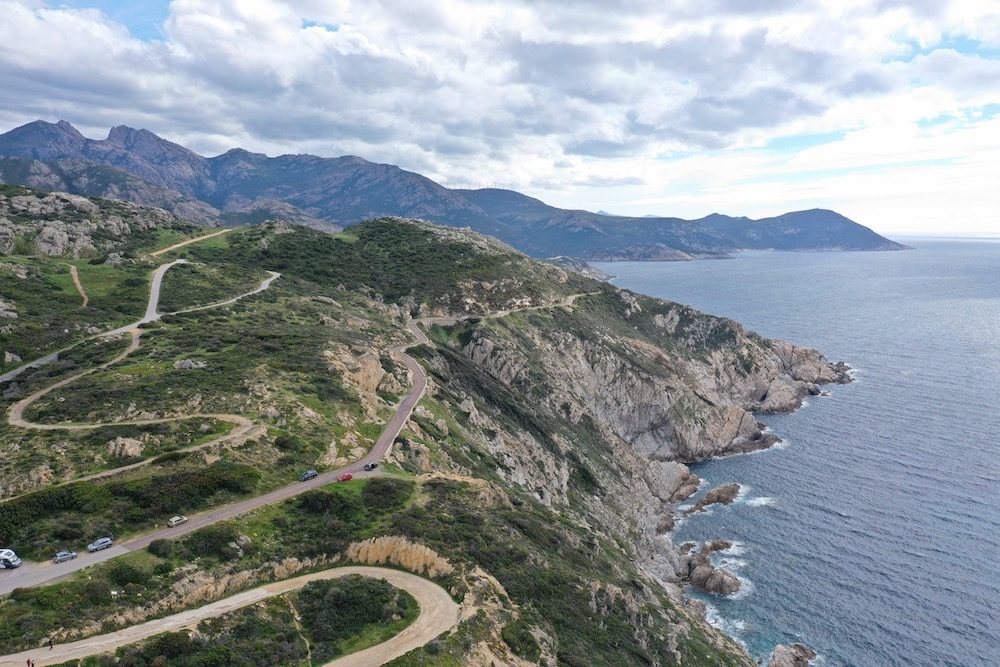
Corsica’s hiking trails are ideal in May. Photo: Philip Haslett
While summer is Corsica’s high season, May and June are hard to beat: The temperatures are a bit lower, the crowds fewer, and the hotels don’t impose minimum-stay requirements. It’s a great time for the hiking, cycling, and canyoning that the island is known for—but if you want to spend a lot of time in the water, you’re better off waiting until September, when the sea is warmer.
To get a WOW trip, start with our trip questionnaire, reached via the black button below.
START A TRIP TO CORSICA
SOUTHERN FRANCE REVIEWS
Oahu, Hawaii
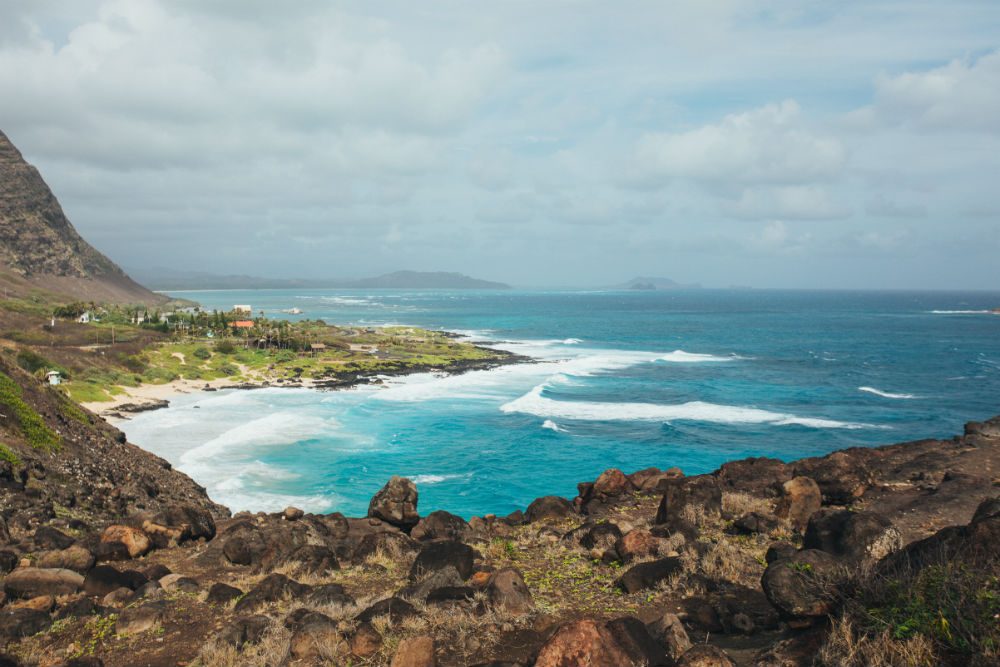
May is a quieter month on Oahu. Photo: Hawaii Tourism Authority (HTA) / Mark Kushimi
Oahu’s temps are consistently pleasant year-round (usually between 78 and 82 degrees). The reason May is ideal—except for the Japanese holiday of Golden Week, at the start of the month—is that airfare is less expensive and there are fewer tourists.
To get a WOW trip, start with our trip questionnaire, reached via the black button below.
START A TRIP TO OAHU
HAWAII REVIEWS
JUNE
Bali

June ushers in Bali’s best weather. Photo: Shutterstock
June has the most reliably pleasant weather in Bali—daytime temps in the 80s and gentle breezes to keep the sun from feeling too hot—and better prices: High-season hotel rates don’t kick in until July.
To get a WOW trip, start with our trip questionnaire, reached via the black button below.
START A TRIP TO BALI
Spitsbergen, Norway
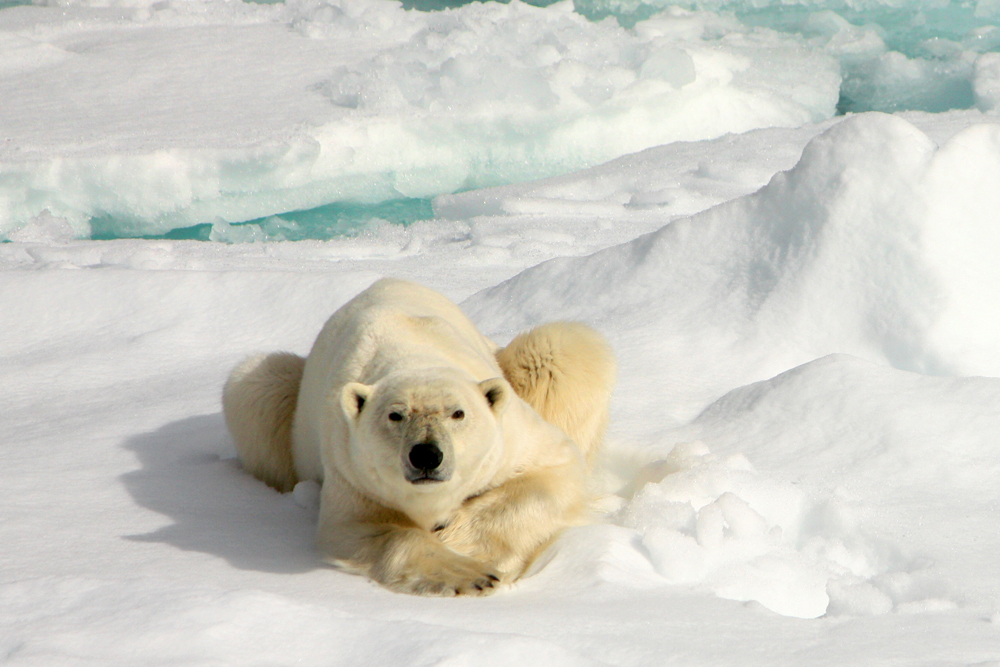
Polar bears appear in Svalbard by June. Photo: Shelley Fry
Spitsbergen, the largest island in the Svalbard Archipelago, is one of the world’s best places to see polar bears. While Arctic voyages set sail throughout the summer, going in June maximizes your chances of seeing these magnificent animals before the sea ice recedes.
To get a WOW trip, start with our trip questionnaire, reached via the black button below.
START A TRIP TO SPITSBERGEN
POLAR + EXPEDITION REVIEWS
Mallorca and Menorca, Spain
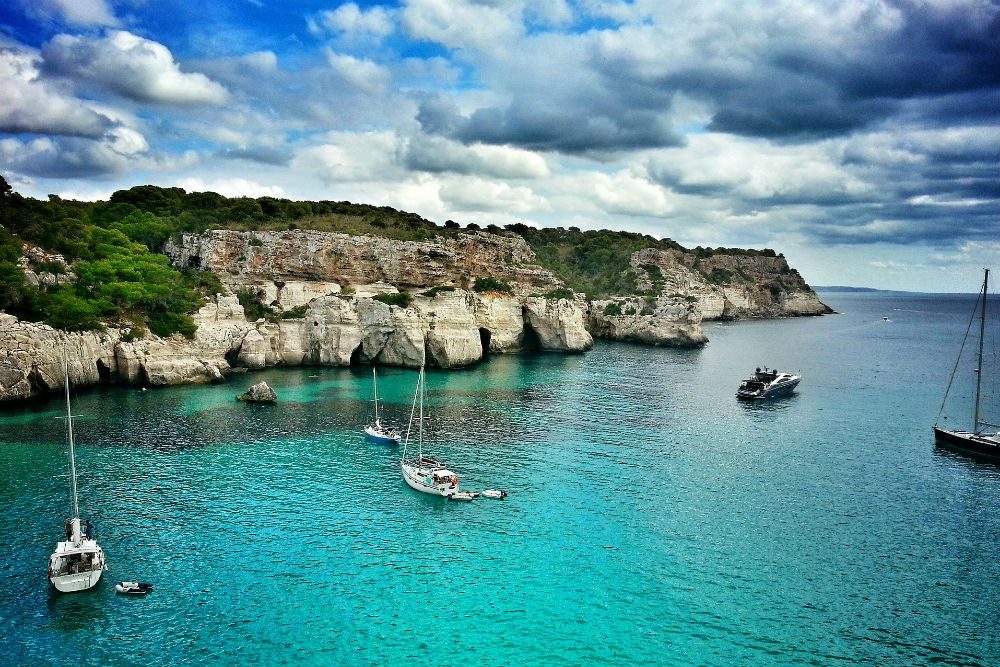
Menorca is the least crowded of Spain’s Balearic Islands. Photo: Pixabay
Early in June, you’ll find great weather without the crowds of beachgoers who invade in summertime. Mallorca is a golfer’s dream, with a wide range of hotels, while Menorca is off the typical tourist circuit and ideal for those who want to relax by the sea and enjoy life as the locals do.
To get a WOW trip, start with our trip questionnaire, reached via the black button below.
START A TRIP TO MALLORCA & MENORCA
SPANISH ISLAND REVIEWS
Kodiak Island, Alaska

Kodiak Island’s brown bears are best spotted in the summer months. Photo: Entree Destinations
Alaska is one of those places best visited in high season, when the weather is at its prime, the days are long, and you have the full array of activities to choose from. Come June on Kodiak Island, that includes hiking trails lined with Sitka spruce, fishing in fresh and salt water, and spotting the brown bears that share the island’s name.
To get a WOW trip, start with our trip questionnaire, reached via the black button below.
START A TRIP TO KODIAK ISLAND
ALASKA REVIEWS
Yakushima, Japan
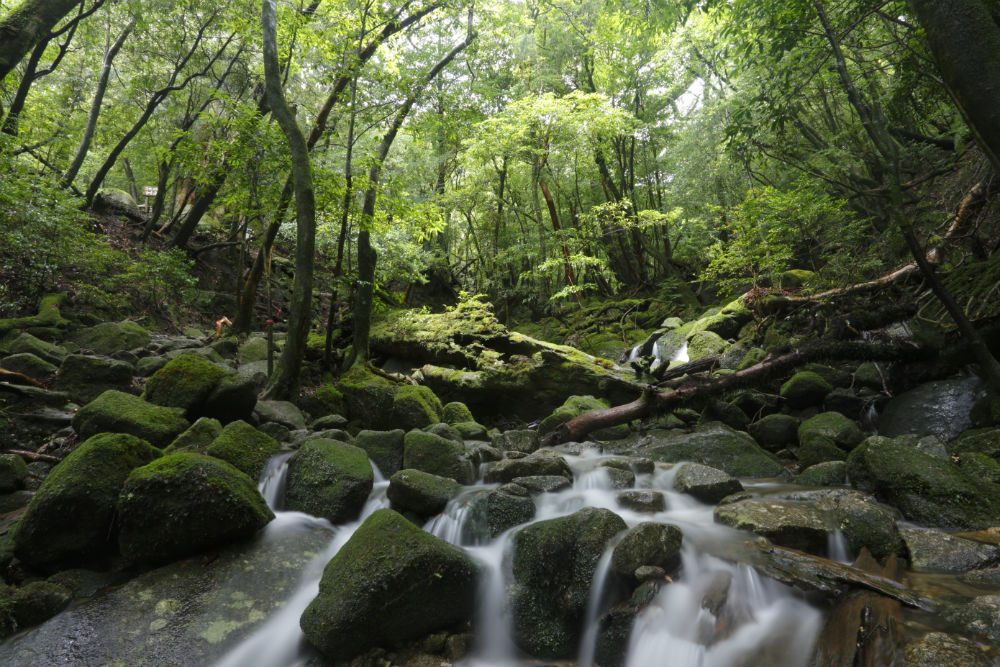
Yakushima streams and waterfalls are at their best in June. Photo: Sankara Hotel & Spa Yakushima
This sub-tropical island, located in the waters just south of Kyushu, is ideal for intrepid travelers: Its mountains and vast forest of ancient cedar trees are crisscrossed by a network of hiking trails, from easy walks to challenging ascents. June signals the end of the rainy season, so you’ll find stunning waterfalls along the trails; it’s also when endangered loggerhead sea turtles return to Yakushima’s beaches to nest.
To get a WOW trip, start with our trip questionnaire, reached via the black button below.
START A TRIP TO YAKUSHIMA
JAPAN REVIEWS
JULY
Aeolian Islands, Italy
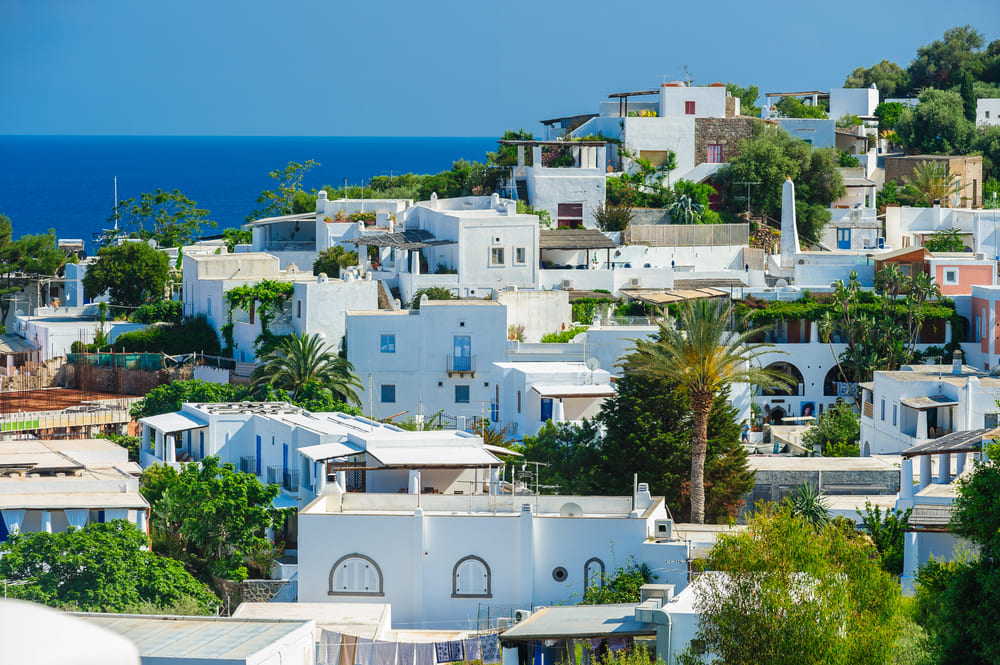
The whitewashed villages of Panarea don’t feel crowded, even in July. Photo: Shutterstock
Italy in July, you say? Isn’t it jam-packed? Not in this chain of islands—some of the most pristine left in Europe—that are just a short sail from Sicily and a UNESCO World Heritage Site in their entirety. While the mainland is mobbed, charter a yacht with a captain who was born on the islands and who can show you beautiful and lush Salina; the jet-setters’ getaway of Panarea; and magnificent Stromboli, where volcanic eruptions frequently light up the night sky.
To get a WOW trip, start with our trip questionnaire, reached via the black button below.
START A TRIP TO THE AEOLIAN ISLANDS
ITALY REVIEWS
Tahiti
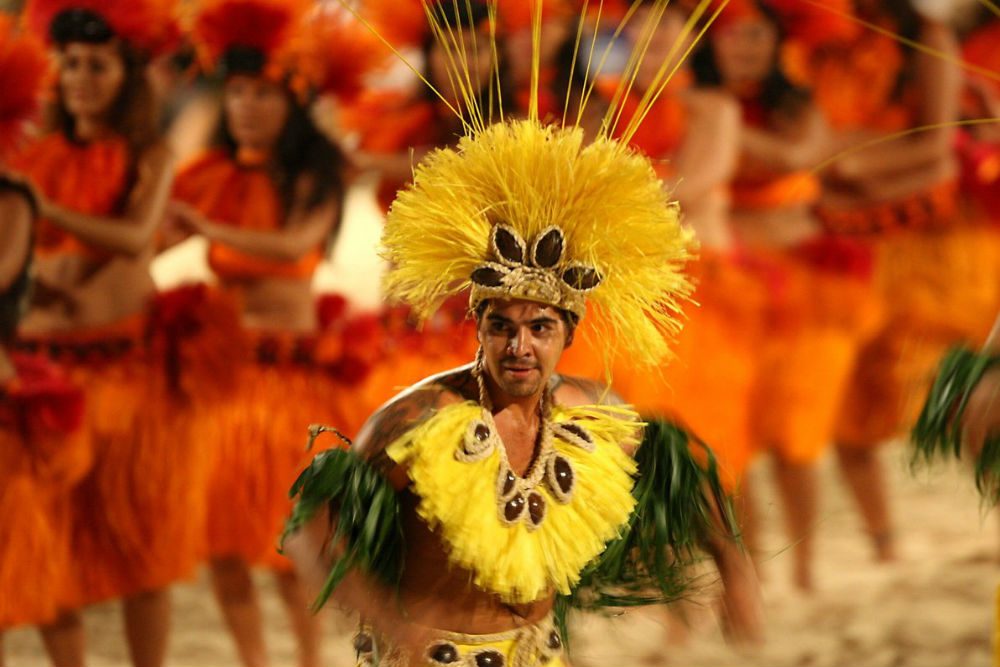
If you time your trip right, you can witness the spectacle of Heiva in French Polynesia. Photo: Tahiti Tourism
French Polynesia’s Heiva festival falls in July, with the culmination of ceremonies in Papeete, Tahiti, around the 20th. Heiva is a celebration of life and all things Polynesian. The outer islands hold local contests—in everything from outrigger racing to stone carrying and spear throwing, traditional dancing and singing to tifaifai (quilt) making—and the best go to Tahiti for the main festival. It’s a great time weather-wise as well; the trade winds keep temps in the low 80s and the humidity low.
To get a WOW trip, start with our trip questionnaire, reached via the black button below.
START A TRIP TO TAHITI
TAHITI + SOUTH PACIFIC REVIEWS
Zanzibar
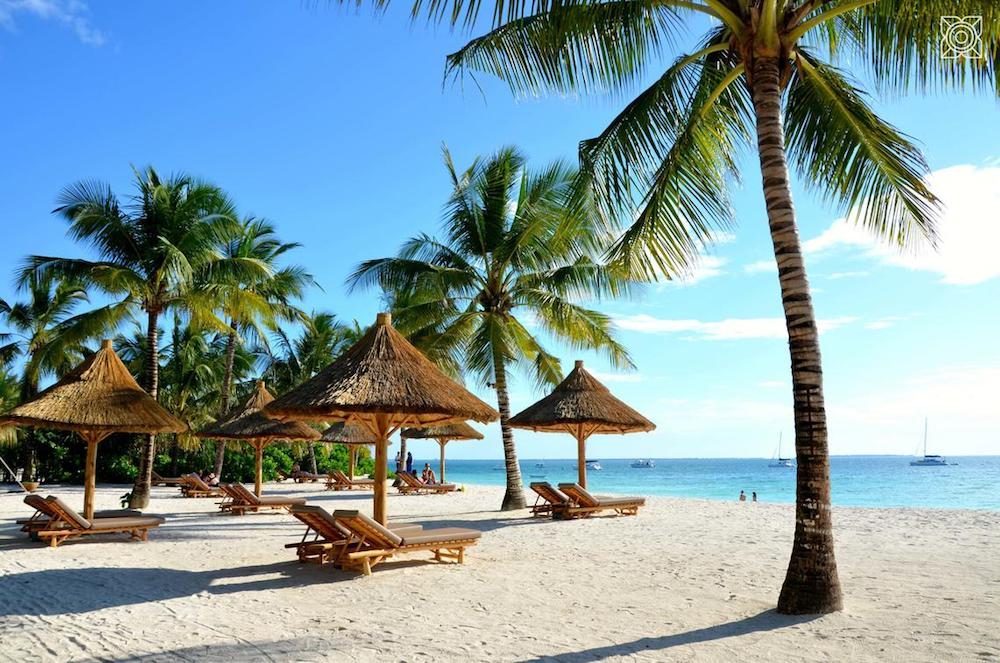
July means sunny days on Zanzibar—and great wildlife spotting in the Serengeti. Photo: Zuri Zanzibar
July is a perfect time to cap off a safari with a few days on Zanzibar’s gorgeous white-sand beaches. It’s one of the island’s driest and sunniest months, with daytime temperatures in the low 80s and not much humidity. Plus, the Great Migration is usually in Tanzania’s northern Serengeti in early July, with the enormous herds of wildebeest and zebra crossing the Mara River into Kenya’s Masai Mara by mid-month.
To get a WOW trip, start with our trip questionnaire, reached via the black button below.
START A TRIP TO ZANZIBAR
SAFARI + ISLAND REVIEWS
Iceland’s Westman Islands
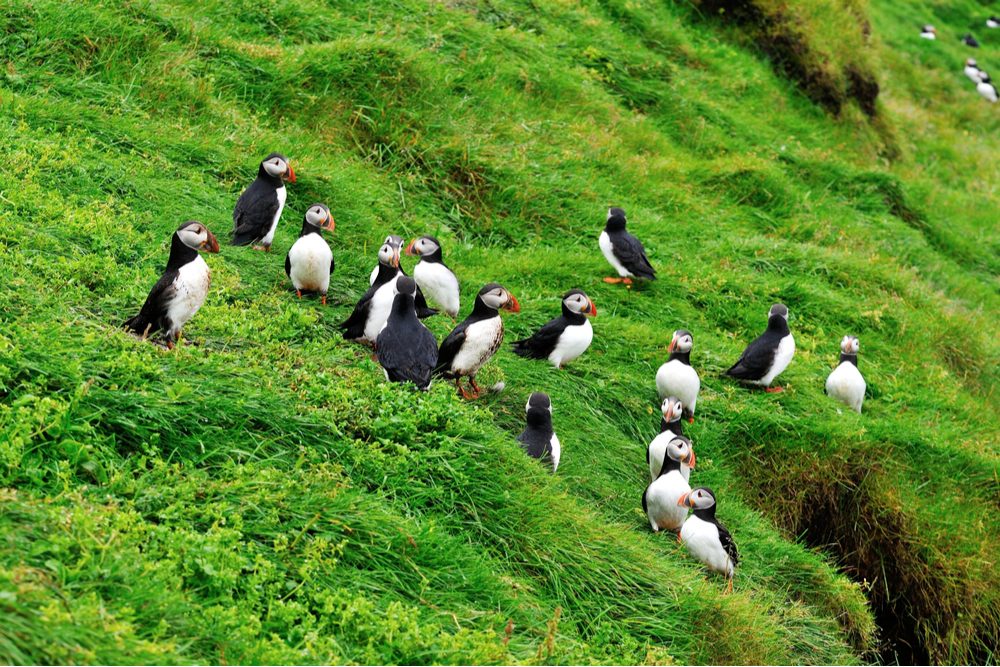
The Westman Islands are one of the best places in Iceland to see puffins. Photo: Shutterstock
In the height of summer, when even as remote a place as Iceland is in the throes of peak season, catch a ferry to this collection of islands off the country’s southern coast. Here you can glimpse puffins in the wild, scale a dormant volcano, and zoom around the archipelago via RIB boat, all in near solitude even in July.
To get a WOW trip, start with our trip questionnaire, reached via the black button below.
START A TRIP TO THE WESTMAN ISLANDS
ICELAND REVIEWS
Newfoundland, Canada
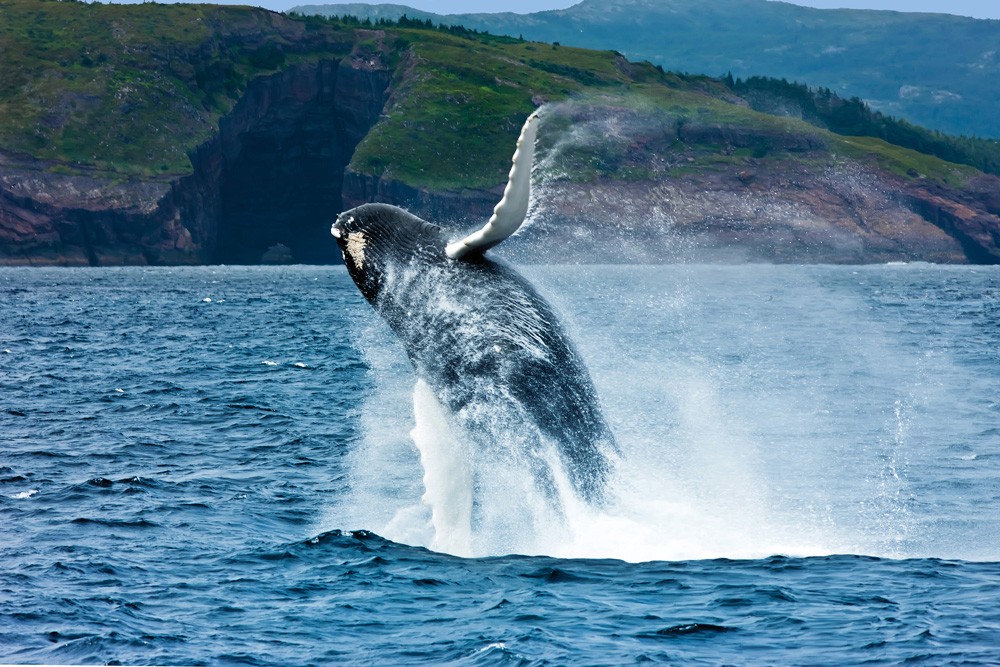
July and August bring great whale sightings. Photo: Newfoundland and Labrador Tourism
Animal lovers take note: July and August are prime whale-watching time in this most easterly province of Canada. In these months, 5,000 to 10,000 humpbacks make their way into the surrounding fish-rich water, followed by 21 other species of whales and dolphins and an astonishing 35 million seabirds.
To get a WOW trip, start with our trip questionnaire, reached via the black button below.
START A TRIP TO NEWFOUNDLAND
CANADA REVIEWS
AUGUST
Faroe Islands, Denmark
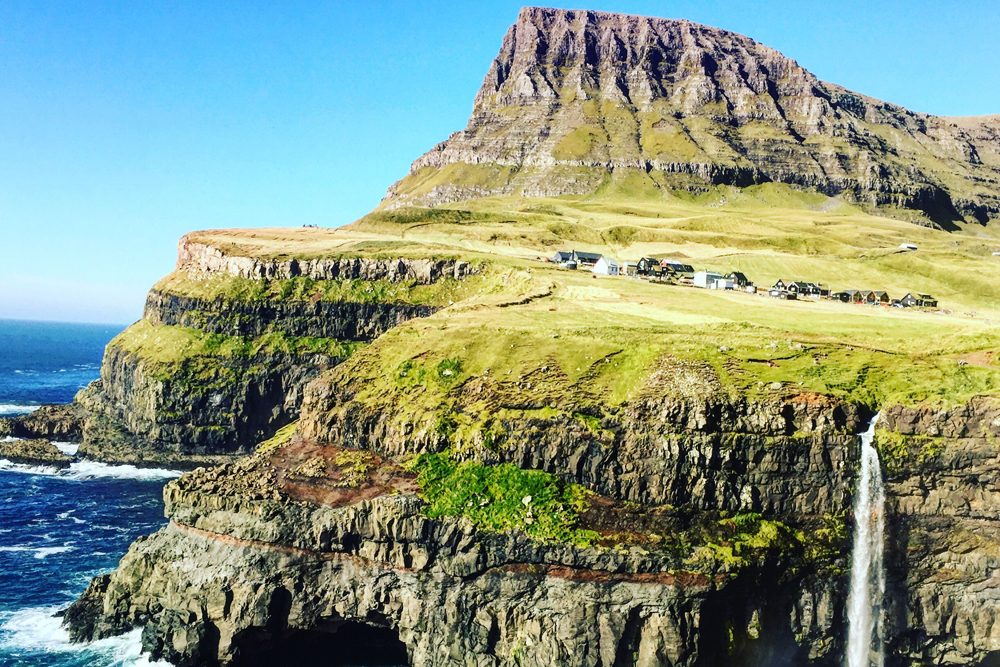
The Faroe Islands enjoy their best weather in summer. Photo: Tina Thorman
The weather in the Faroe Islands is notoriously dramatic and unpredictable—but your surest chance of warm and sunny days comes in August. There is great hiking on the islands, more sheep than there are humans, and a rustic charm and sense of welcome that could have you sharing a home-cooked meal with a local family. Luxury here is not in the bathroom fixtures or the thread count of the sheets, but in the time and space to clear your mind and recenter your soul.
To get a WOW trip, start with our trip questionnaire, reached via the black button below.
START A TRIP TO THE FAROE ISLANDS
DENMARK REVIEWS
Great Barrier Reef Islands, Australia
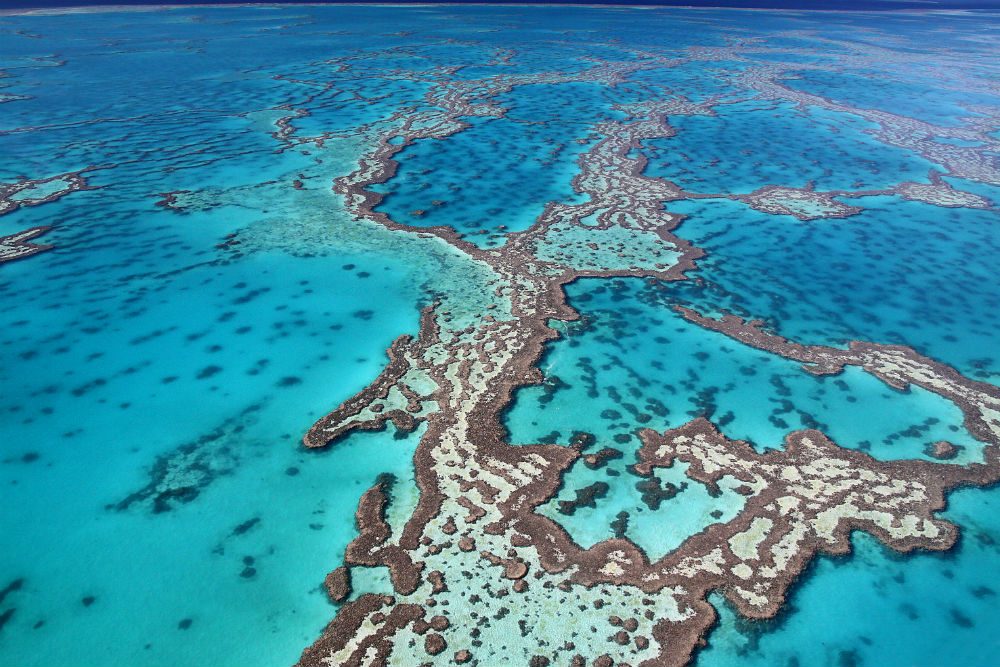
The Great Barrier Reef’s waters are clearest in August. Photo: Shutterstock
August brings warm weather, good visibility for divers and snorkelers, and calm seas (the wind dies down at the end of July). It’s also the best time to view whales—dwarf minke whales visiting the northern reefs and humpbacks on their annual migration to Antarctica. Every August, Hamilton Island also hosts Race Week, a sailing regatta with festivities on and off the water.
To get a WOW trip, start with our trip questionnaire, reached via the black button below.
START A TRIP TO THE GREAT BARRIER REEF
GREAT BARRIER REEF + AUSTRALIA REVIEWS
Madagascar

August is the sweet spot for uncrowded wildlife viewing in Madagascar. Photo: Shutterstock
August is deep enough into the dry season that the wildlife viewing is very good (the lush foliage of rainy season makes it hard to see the animals) yet it also precedes the peak season of September and October, when the parks are more crowded (and the weather hotter).
To get a WOW trip, start with our trip questionnaire, reached via the black button below.
START A TRIP TO MADAGASCAR
SAFARI + ISLAND REVIEWS
Ionian Islands, Greece
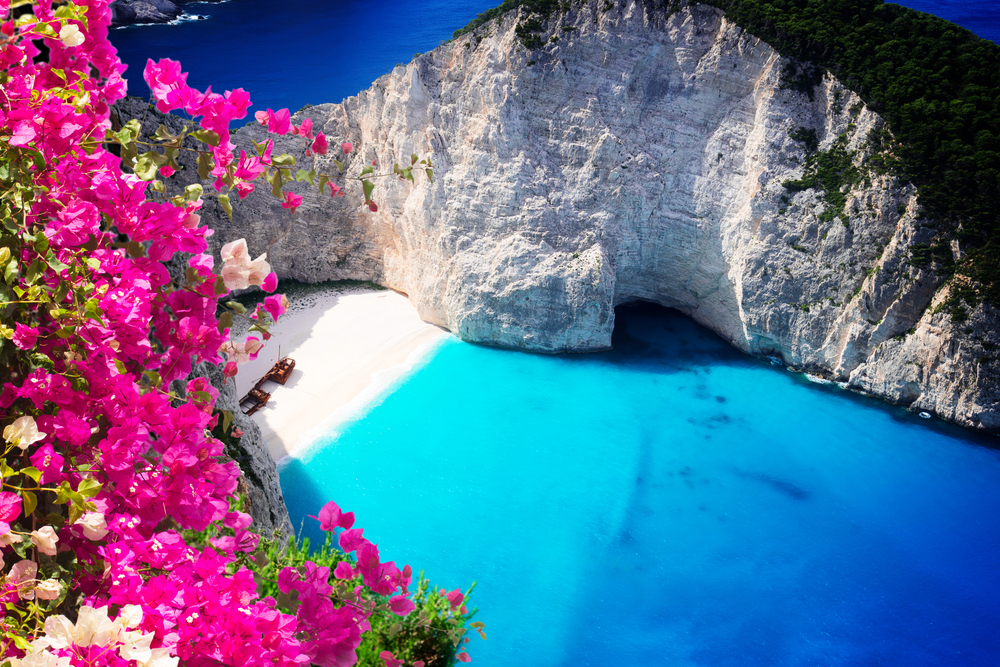
Greece’s Ionian Islands are known for their tucked-away beaches and bright blue waters. Photo: Shutterstock
If August is your only time to travel to Greece and you don’t love tourist crowds, charter a yacht in the Ionians. Many of the smaller islands in this group are accessible only by boat, so you’ll be free of the swarms that plague Santorini and Mykonos this month. Instead, you’ll find a temperate climate, spectacular beaches, lush vegetation, beautiful mountains, and the true flavor of Greece when you disembark from your boat and head into a tiny town for a meal at a local taverna.
To get a WOW trip, start with our trip questionnaire, reached via the black button below.
START A TRIP TO THE IONIAN ISLANDS
GREEK ISLAND REVIEWS
SEPTEMBER
Vancouver Island, Canada
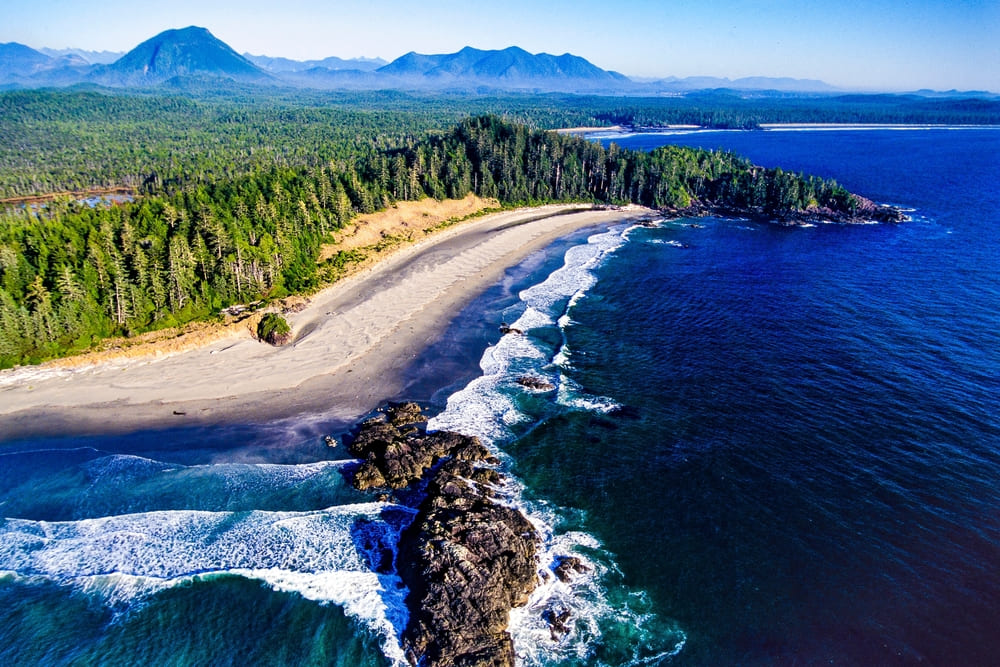
From grizzlies to whales, wildlife abounds around Vancouver Island in September. Photo: Shutterstock
September still has beautiful weather on this island—whose attractions include glaciered peaks, a rugged coastline, and British Columbia’s capital city—but without the summer crowds now that kids are back in school. This is also the best time of year to spot grizzly bears, and you can often still see whales and other marine animals.
To get a WOW trip, start with our trip questionnaire, reached via the black button below.
START A TRIP TO VANCOUVER ISLAND
CANADA REVIEWS
Prince Edward Island, Canada
PEI is renowned for its lobster rolls and oysters, and September brings chefs and tasters from all over for the International Shellfish Festival. But fall is harvest season for much more than shellfish, and you’ll find bountiful farmers’ markets all over this agricultural island. Rumor has it that locals have perfected the art of the chocolate-covered potato chip, but you’ll have to see for yourself….
To get a WOW trip, start with our trip questionnaire, reached via the black button below.
START A TRIP TO PRINCE EDWARD ISLAND
CANADA REVIEWS
Ibiza
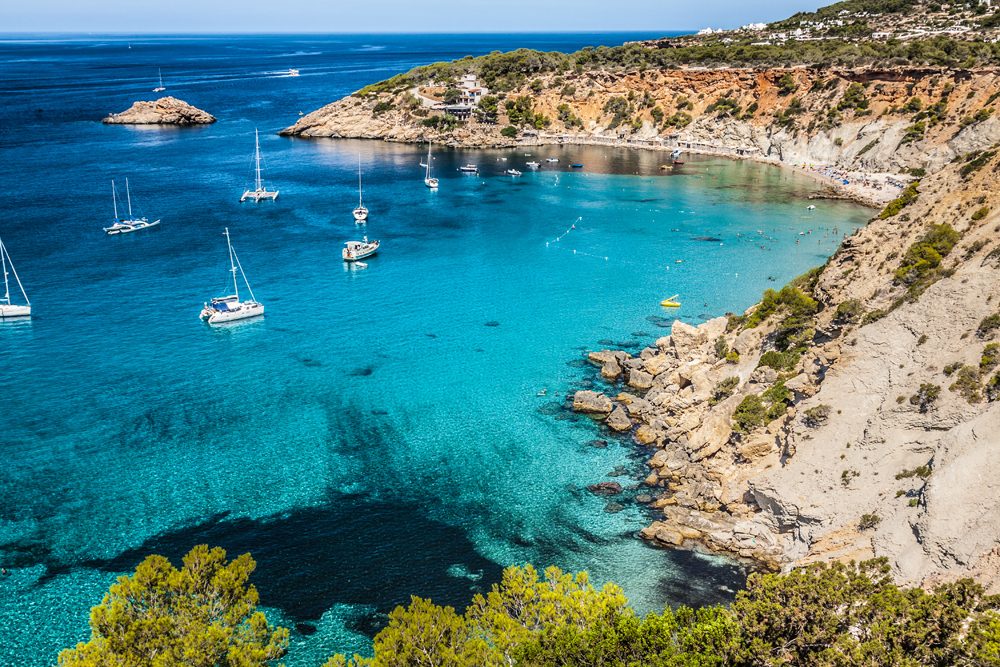
September brings lovely weather and fewer crowds to Ibiza. Photo: Queen of Clubs
Come September, it’s not nearly as crowded at the beach clubs, restaurants, and nightclubs (or on the roads). Rates for hotels and private boating excursions drop, but the weather is still lovely, and it’s warm enough to swim (with ideal air temperatures for hiking and biking as well) right up until the hot spots’ closing parties in early October.
To get a WOW trip, start with our trip questionnaire, reached via the black button below.
START A TRIP TO IBIZA
Hvar, Croatia
It’s still swimsuit season in September, but the atmosphere is much more laid-back than in July and August, and the travelers are more sophisticated than the summer party crowds. Croatia is known for its excellent wine, and September also coincides with the grape harvest. Later in the month, hotel rates drop.
To get a WOW trip, start with our trip questionnaire, reached via the black button below.
START A TRIP TO HVAR
CROATIAN ISLAND REVIEWS
The San Juan Islands, Washington State
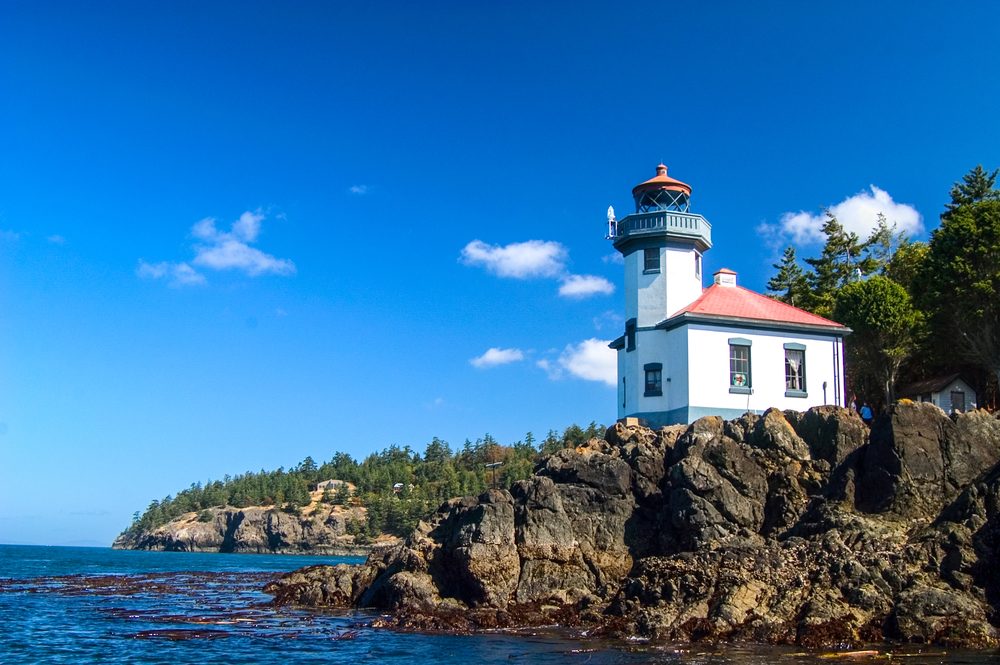
The Lime Kiln Point Lighthouse in Washington’s San Juan Islands. Photo: Shutterstock
The weather in the San Juans (and the Olympic Peninsula) is usually still very nice in September, and there are fewer tourists than you’ll find in July and August. (The best time to see the resident orca whales, though, is June.)
To get a WOW trip, start with our trip questionnaire, reached via the black button below.
START A TRIP TO THE SAN JUAN ISLANDS
PACIFIC NORTHWEST REVIEWS
Lofoten Islands, Norway
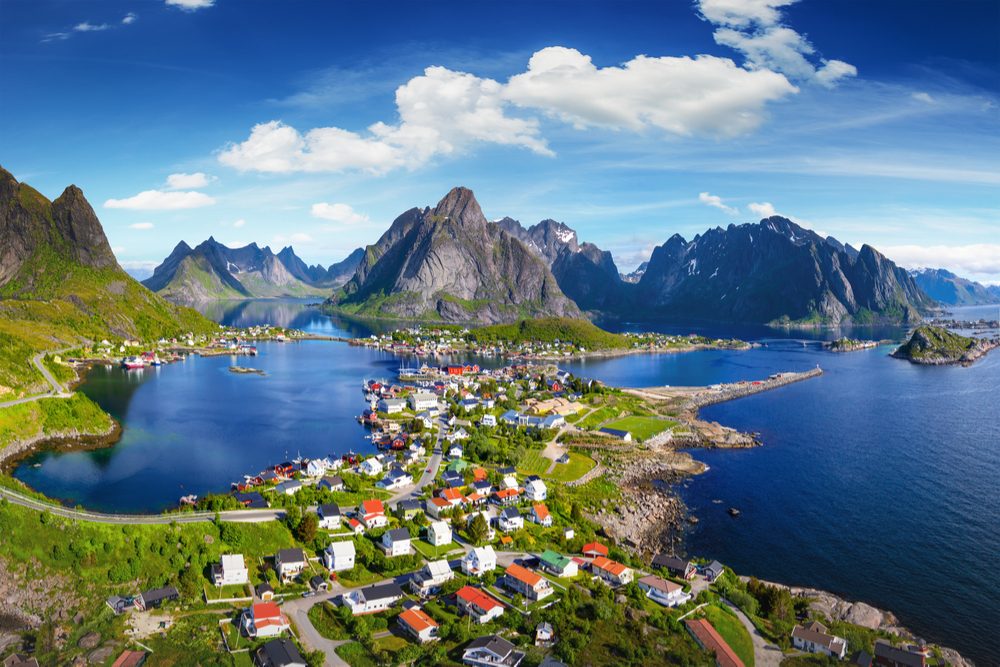
Spectacular scenery around the village of Reine in Lofoten, Norway. Photo: Shutterstock
In September and October, the crowds are gone, the weather is still pleasant, and the days are long enough to enjoy hiking, kayaking, fishing, and other activities—but with enough darkness that you stand a good chance of seeing the northern lights.
To get a WOW trip, start with our trip questionnaire, reached via the black button below.
START A TRIP TO THE LOFOTEN ISLANDS
ARCTIC NORWAY REVIEWS
OCTOBER
Sicily
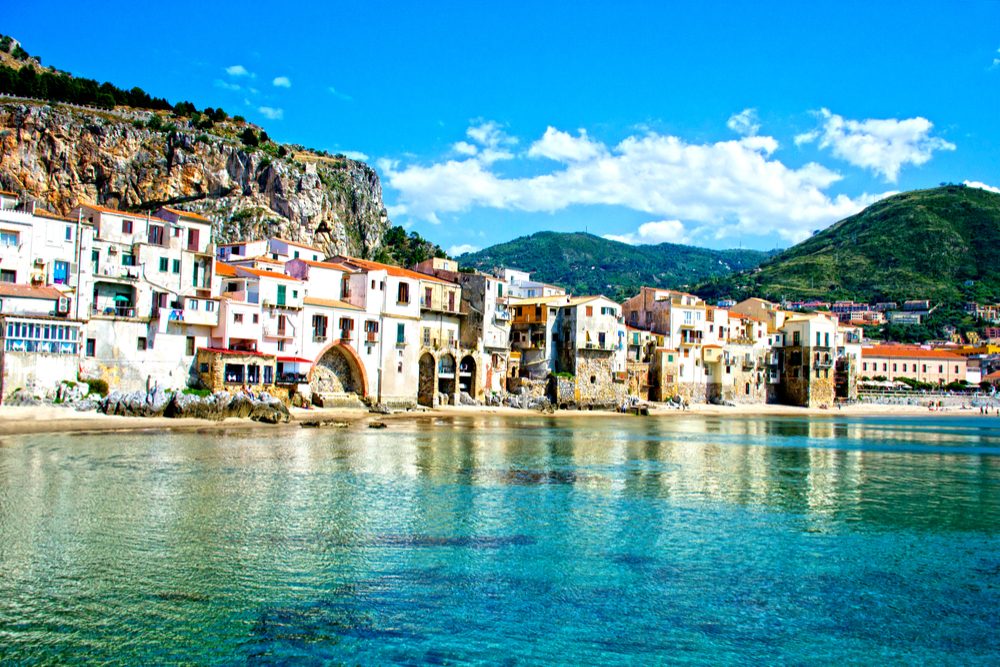
Cefalu’s markets are bursting with fresh produce in October. Photo: Shutterstock
October is one of the most colorful and flavorful months in Sicily. It is the season of the harvest, which means fresh olives, almonds, chestnuts, wild mushrooms, prickly pears, and carob complement the usual variety of culinary offerings. Air and sea temperatures are still warm and inviting, the ancient cultural sites are bathed in a crisp autumn light, and flights and hotels are less expensive than during the summer.
To get a WOW trip, start with our trip questionnaire, reached via the black button below.
START A TRIP TO SICILY
SICILY REVIEWS
The Seychelles
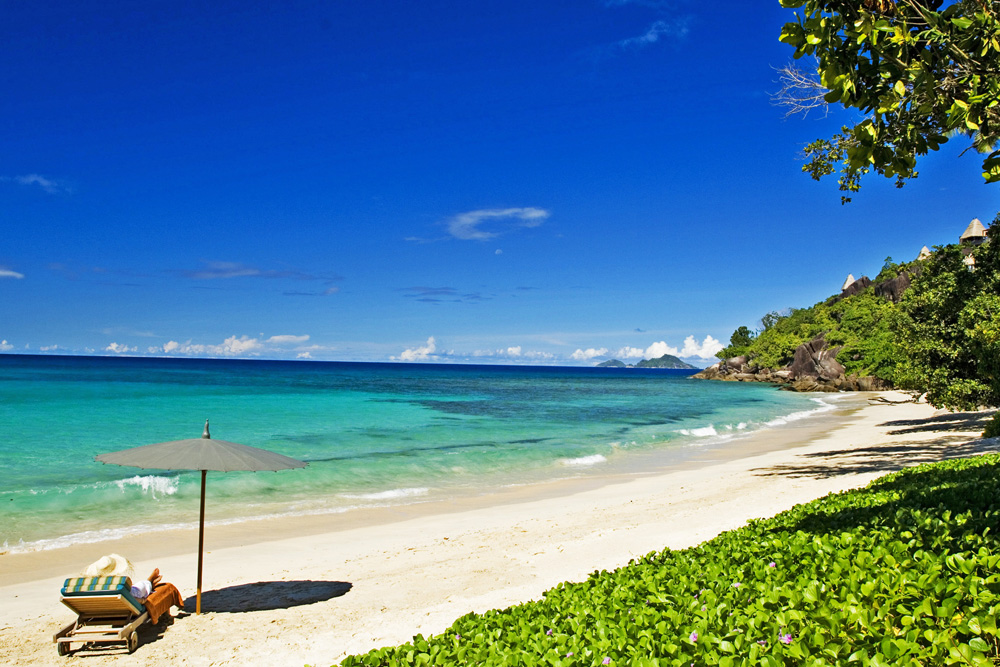
The Seychelles are popular with Europeans—but not in October. Photo: Maia Luxury Resort.
October brings calm winds and beautiful temperatures, but it’s not a popular time for Europeans to travel—so rates are lower than usual. It’s also the best month for spotting whale sharks.
To get a WOW trip, start with our trip questionnaire, reached via the black button below.
START A TRIP TO THE SEYCHELLES
SEYCHELLES REVIEWS
Hawaii’s Big Island
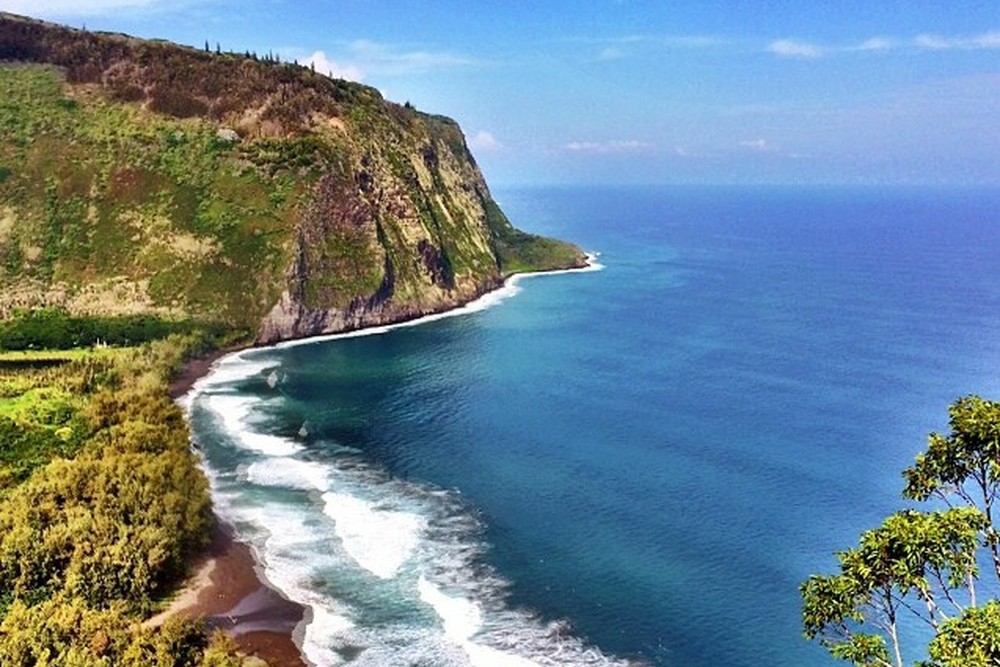
Deals are likely on the Big Island in October. Photo: Susan Tanzman
October is one of the Big Island’s driest months, with daytime temps hovering around 85 degrees. It’s also a month when you are more likely to snag a deal, given that so few families are traveling.
To get a WOW trip, start with our trip questionnaire, reached via the black button below.
START A TRIP TO HAWAII’S BIG ISLAND
HAWAII REVIEWS
The Canary Islands, Spain
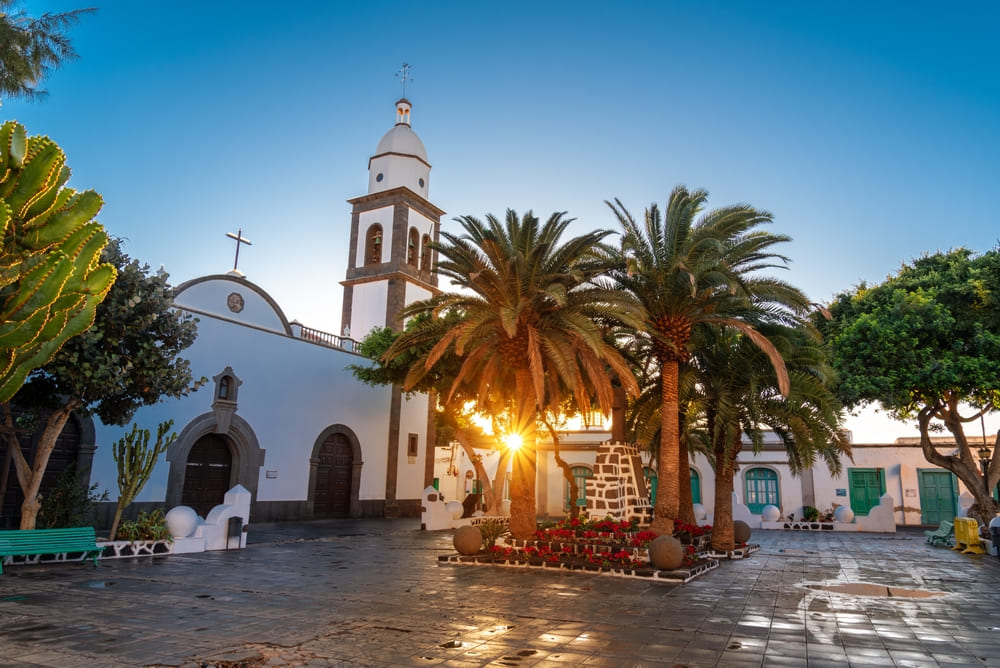
A new nonstop flight from the U.S. makes the Canary Islands more accessible. Photo: Shutterstock
Don’t assume that the entirety of this subtropical island chain located off the coast of Morocco is devoted to huge resorts and mass-market tourism. On unspoiled islands like Lanzarote, Fuerteventura, and El Hierro, you can find great hiking, scuba diving, and even a hidden village squeezed into the nooks and crannies of a rocky cove. There is a new nonstop flight on United from Newark to the Canary Islands, and in October the islands are less busy and enjoy mild weather with little chance of rain.
To get a WOW trip, start with our trip questionnaire, reached via the black button below.
START A TRIP TO THE CANARY ISLANDS
NOVEMBER
Ambergris Caye, Belize
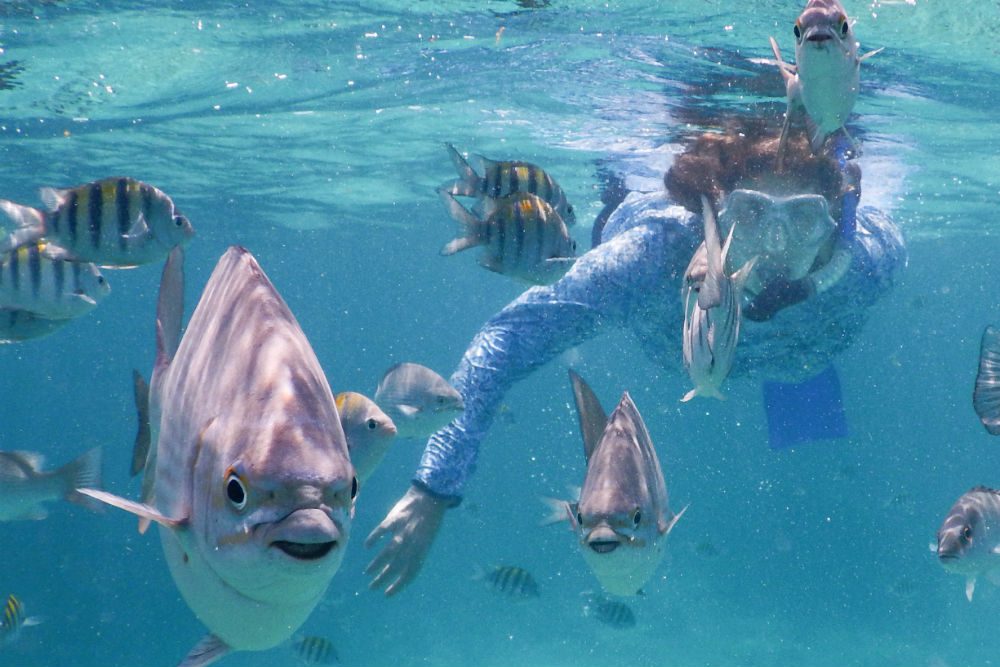
Here’s Wendy, snorkeling off Ambergris Caye in Belize’s low season. Photo: Timothy Baker
Before Thanksgiving, hotel rates are at their lowest. The days are hot, but the humidity is dropping, and the evenings are cool and breezy. November 19 is Garifuna Settlement Day and is best spent on mainland Belize in either Dangriga or Hopkins, where the Garifuna people celebrate—with drumming, dancing, and parades—the arrival of their Afro-indigenous ancestors more than 200 years ago.
To get a WOW trip, start with our trip questionnaire, reached via the black button below.
START A TRIP TO AMBERGRIS CAYE
BELIZE ISLAND REVIEWS
The Galapagos Islands
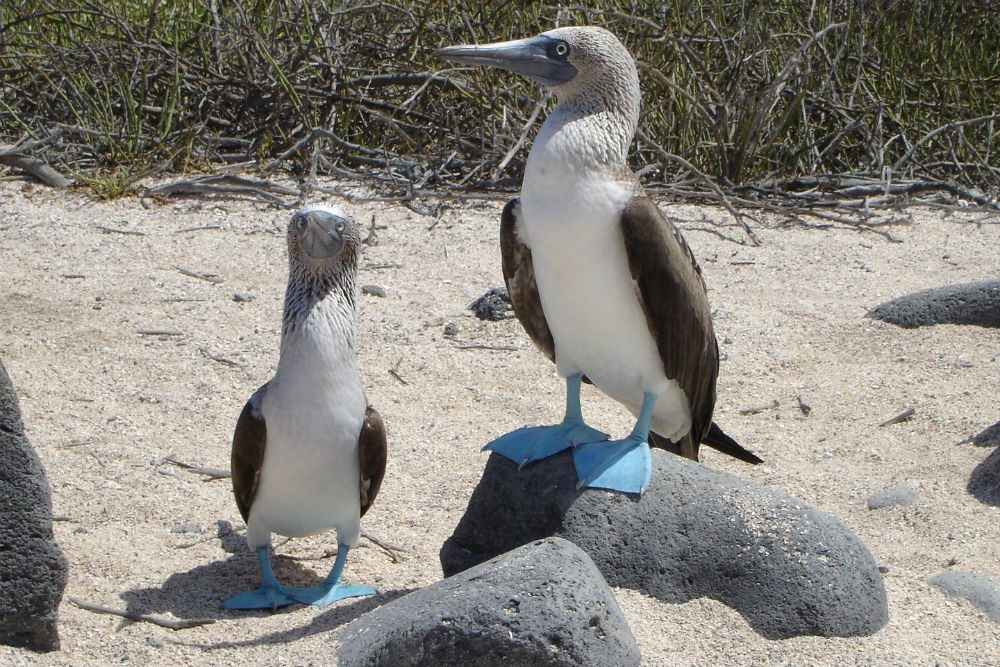
November (except Thanksgiving) is a quieter month for the Galapagos. Photo: Pixabay/Peter Stuart Miller
The Galapagos is a magnet for families with kids during summer and other school vacations; if you’re looking for a quieter time, think November (except Thanksgiving). Blue whales, humpback whales, and whale sharks—the largest fish in the sea, growing up to 40 feet in length and weighing as much as 40,000 pounds—are most likely to be spotted in the Galapagos from June through November.
To get a WOW trip, start with our trip questionnaire, reached via the black button below.
START A TRIP TO THE GALAPAGOS
ECUADOR + GALAPAGOS REVIEWS
Papua New Guinea
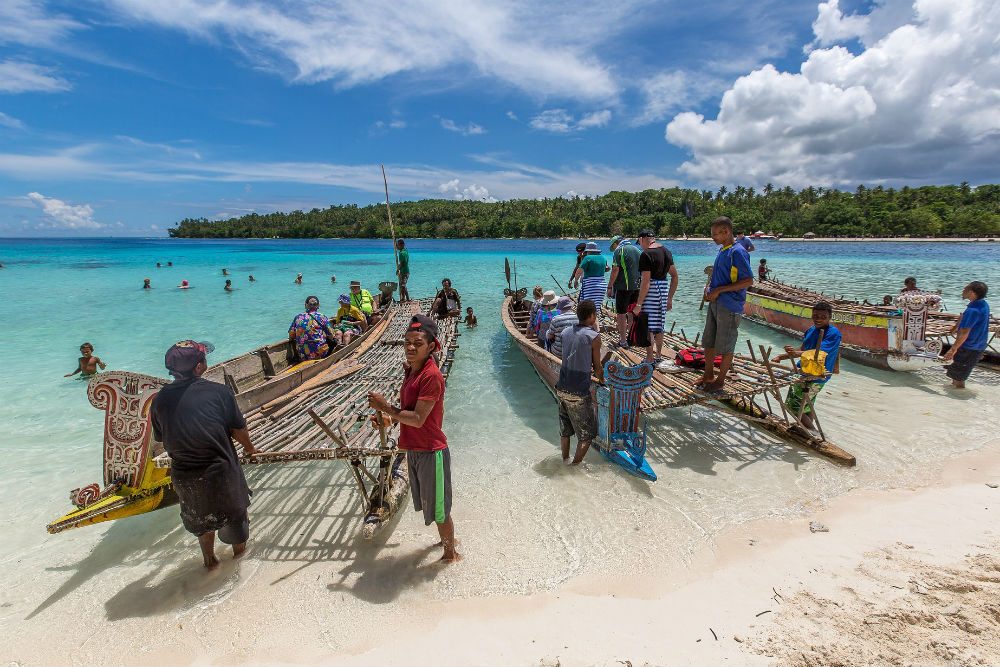
Go diving off Papua New Guinea in November. Photo: Pixabay/freesally
Milne Bay is home to the most varied scuba diving in Papua New Guinea: Here you’ll find coral structures, exotic creatures hiding in the sandy bottom, and WWII wrecks to explore. The diving in Milne Bay is at its best from November through January, which is the dry season for this part of the country.
To get a WOW trip, start with our trip questionnaire, reached via the black button below.
START A TRIP TO PAPUA NEW GUINEA
South Georgia Island

Animals—like these king penguins—abound on South Georgia Island in November. Photo: ExpeditionTrips
A jewel in the Southern Ocean, South Georgia Island will appeal to anyone interested in wildlife, wild places, or the history of Antarctic exploration. The season here runs roughly from late October through early March, but what makes November special—in addition to the king penguins stretching as far as the eye can see—is the plethora of elephant seals and fur seals on shore.
To get a WOW trip, start with our trip questionnaire, reached via the black button below.
START A TRIP TO SOUTH GEORGIA ISLAND
ANTARCTICA + SOUTH GEORGIA REVIEWS
St. Barts
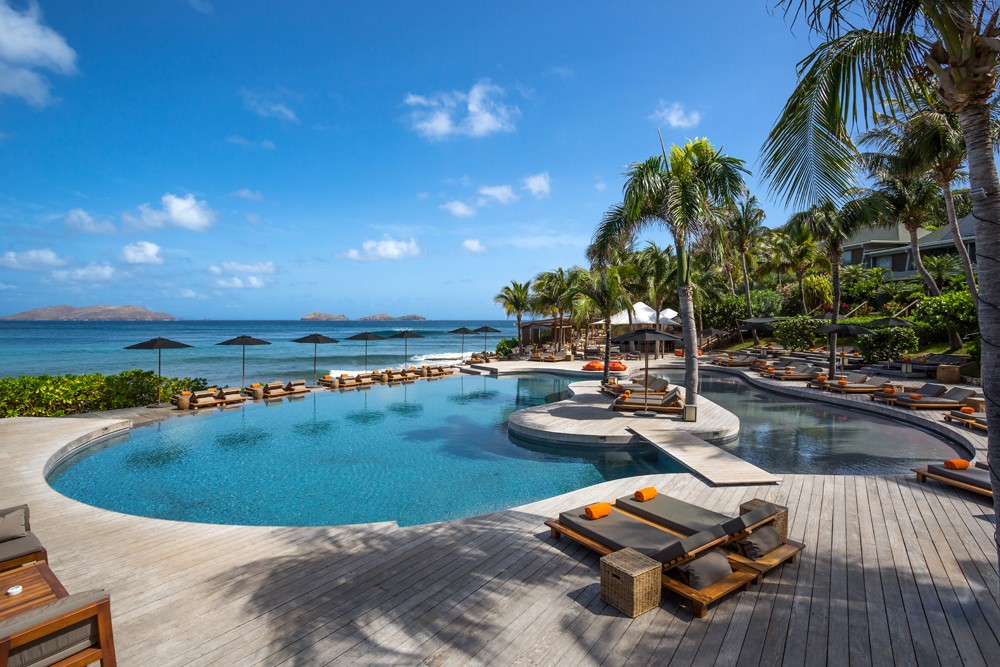
St. Barts emerges from hurricane season in November. Photo: Hotel Christopher
Come November, many resorts, boutiques, and restaurants that closed during the height of hurricane season have reopened, and everything feels fresh and new. The Saint Barth Gourmet Festival also takes place this month, attracting star chefs from France and elsewhere. Plus, hotel and villa rates don’t jump up until mid-December.
To get a WOW trip, start with our trip questionnaire, reached via the black button below.
START A TRIP TO ST. BARTS
CARIBBEAN ISLAND REVIEWS
DECEMBER
The Caribbean
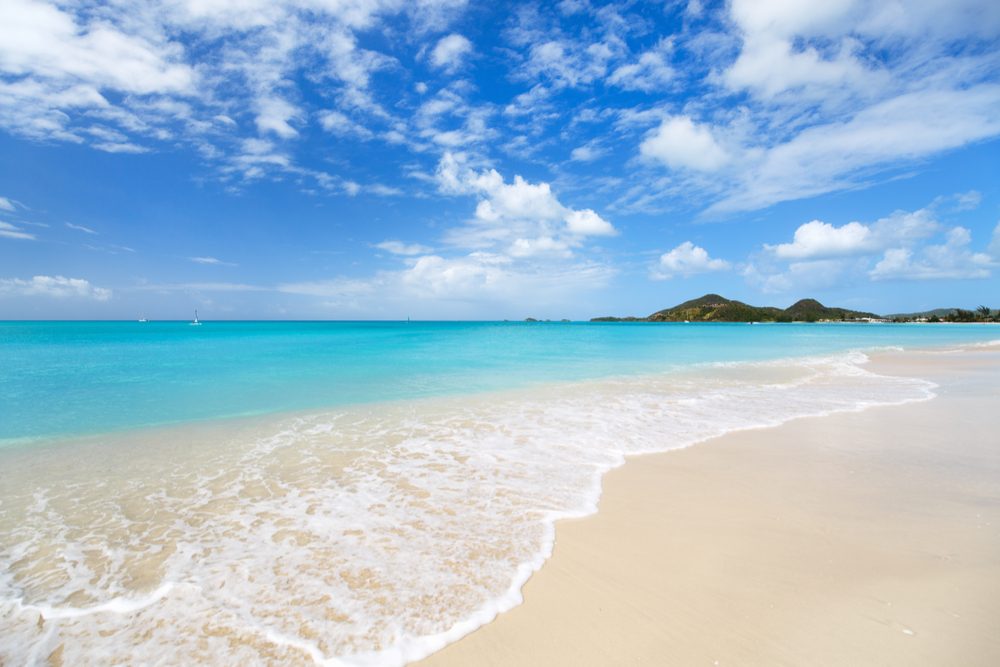
Antigua and its Caribbean neighbors are a great value in early December. Photo: Shutterstock
From the Monday after Thanksgiving until about December 15, you have lovely weather and can enjoy savings of up to 40% off peak-season rates. (Peak season starts with the Christmas rush and lasts until Easter.)
To get a WOW trip, start with our trip questionnaire, reached via the black button below.
START A TRIP TO THE CARIBBEAN
CARIBBEAN ISLAND REVIEWS
Palawan, the Philippines
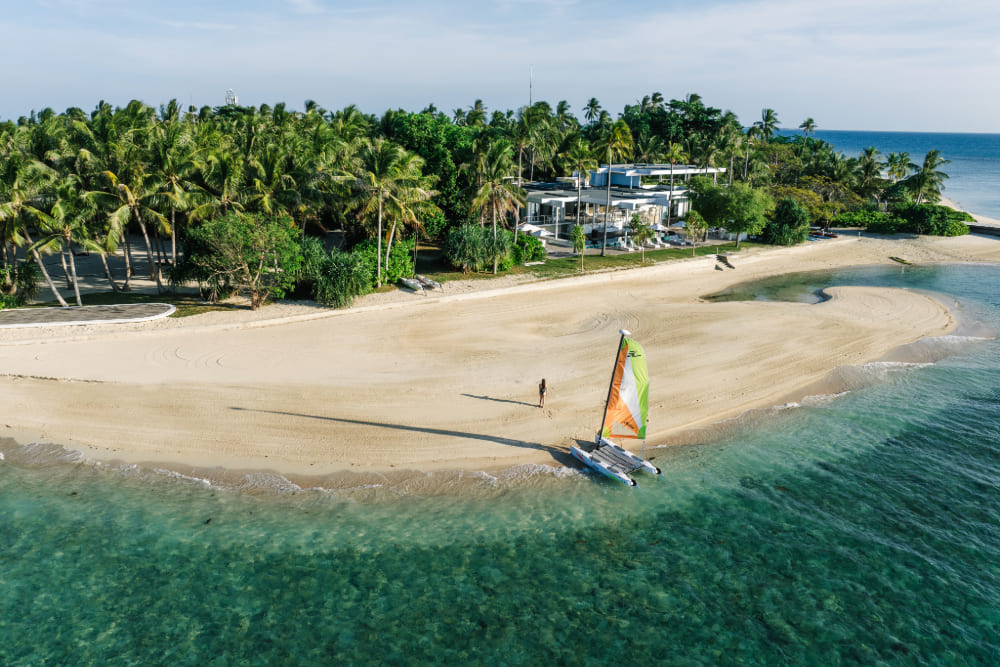
Crystal-clear water is a hallmark of Palawan in December. Photo: Banwa Private Island
Palawan—one of the most beautiful spots in this island archipelago—shines brightest in early December, before the holiday crowds rush in. The weather is at its warm-and-dry best, perfect for exploring pristine beaches, hidden coves, and stunning limestone cliffs. And the water visibility is excellent for snorkelers and divers attracted by the area’s coral reefs and vibrant marine life.
To get a WOW trip, start with our trip questionnaire, reached via the black button below.
START A TRIP TO PALAWAN
PHILIPPINES REVIEWS
Fiji
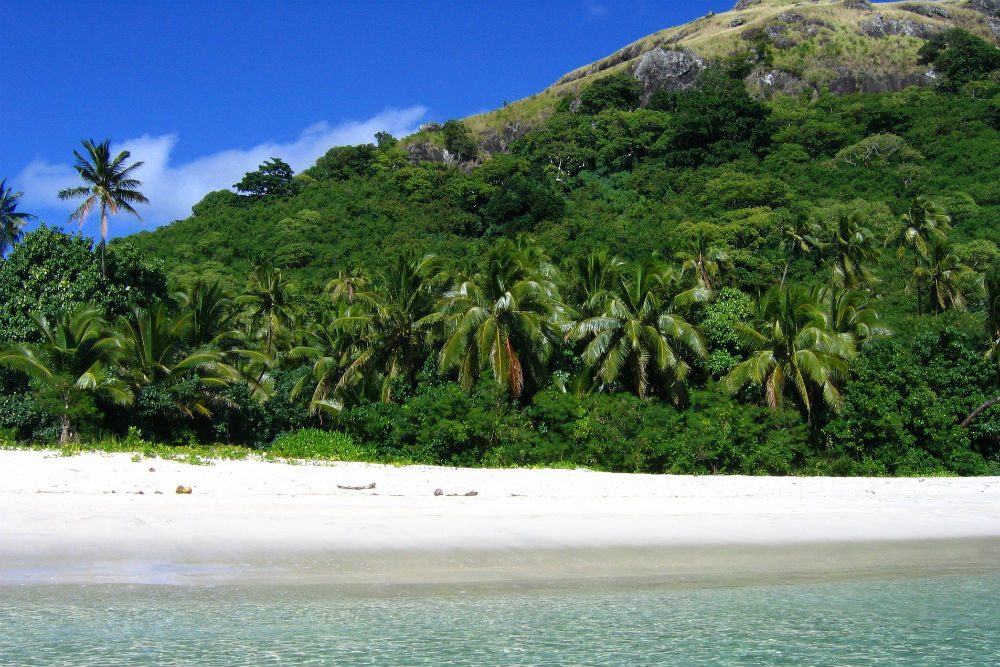
December is cyclone season in Fiji, but Mamanuca Island is drier than most. Photo: Pixabay/KuyaAndy
At the start of cyclone season, in December, you’ll find tropical afternoon showers but also great resort deals: free nights, free massages, even free domestic airfares. The Yasawa and Mamanuca islands are your best bet for dry days at this time of year.
To get a WOW trip, start with our trip questionnaire, reached via the black button below.
START A TRIP TO FIJI
SOUTH PACIFIC REVIEWS
Be a smarter traveler: Sign up for Wendy’s weekly newsletter to stay in the know. Read real travelers’ reviews, then use the black CONTACT buttons on Wendy’s WOW List to reach out to the right local fixer for your trip.
